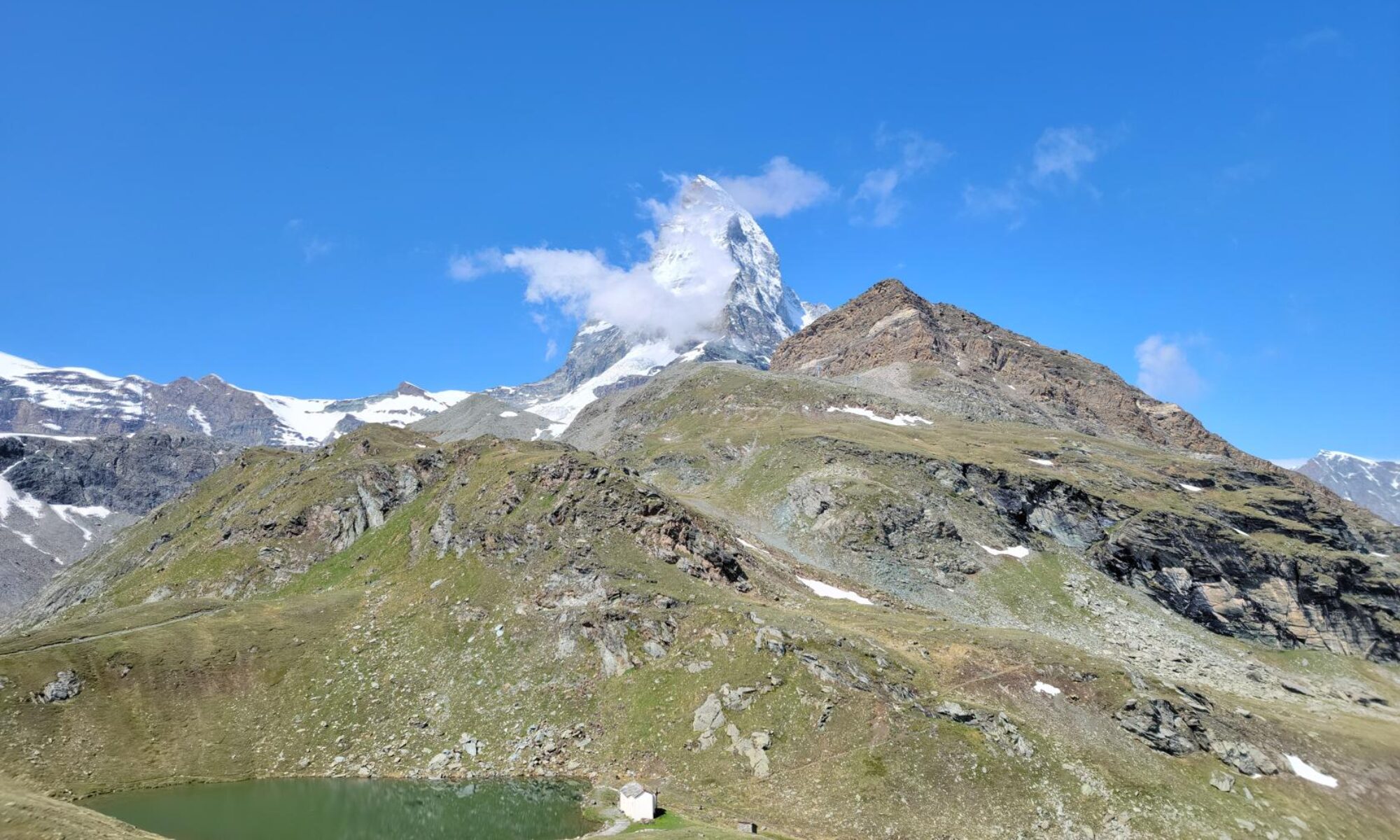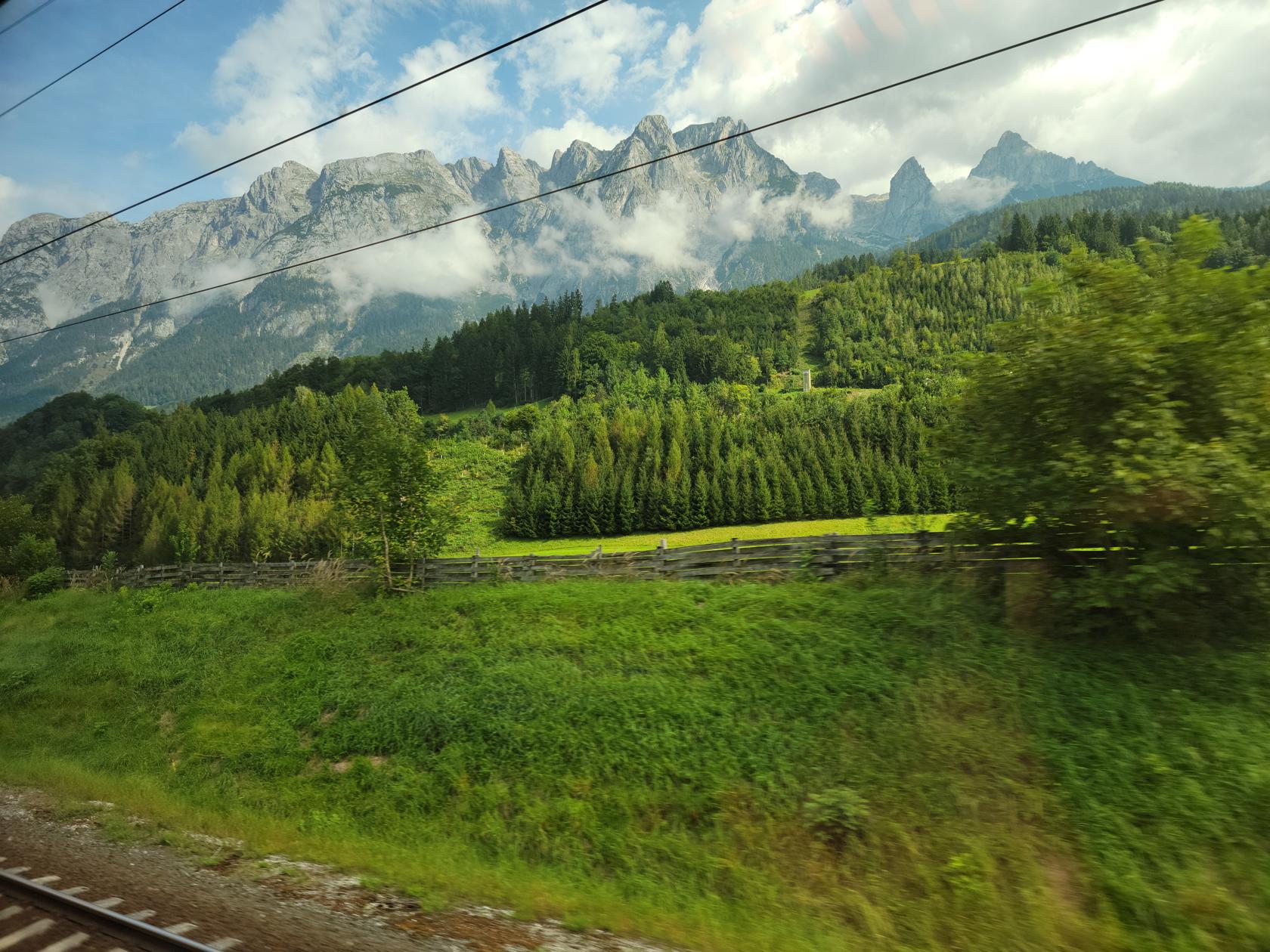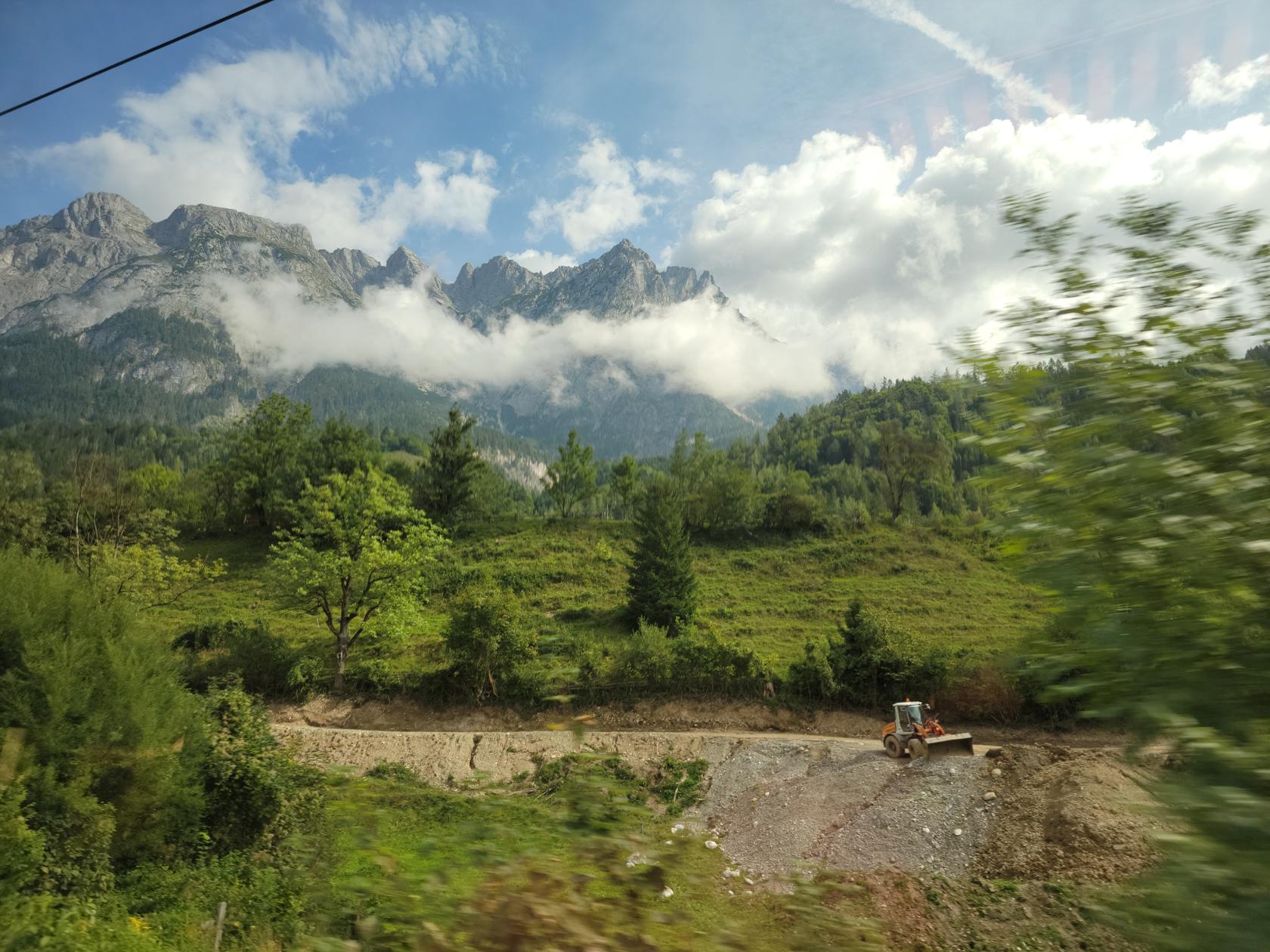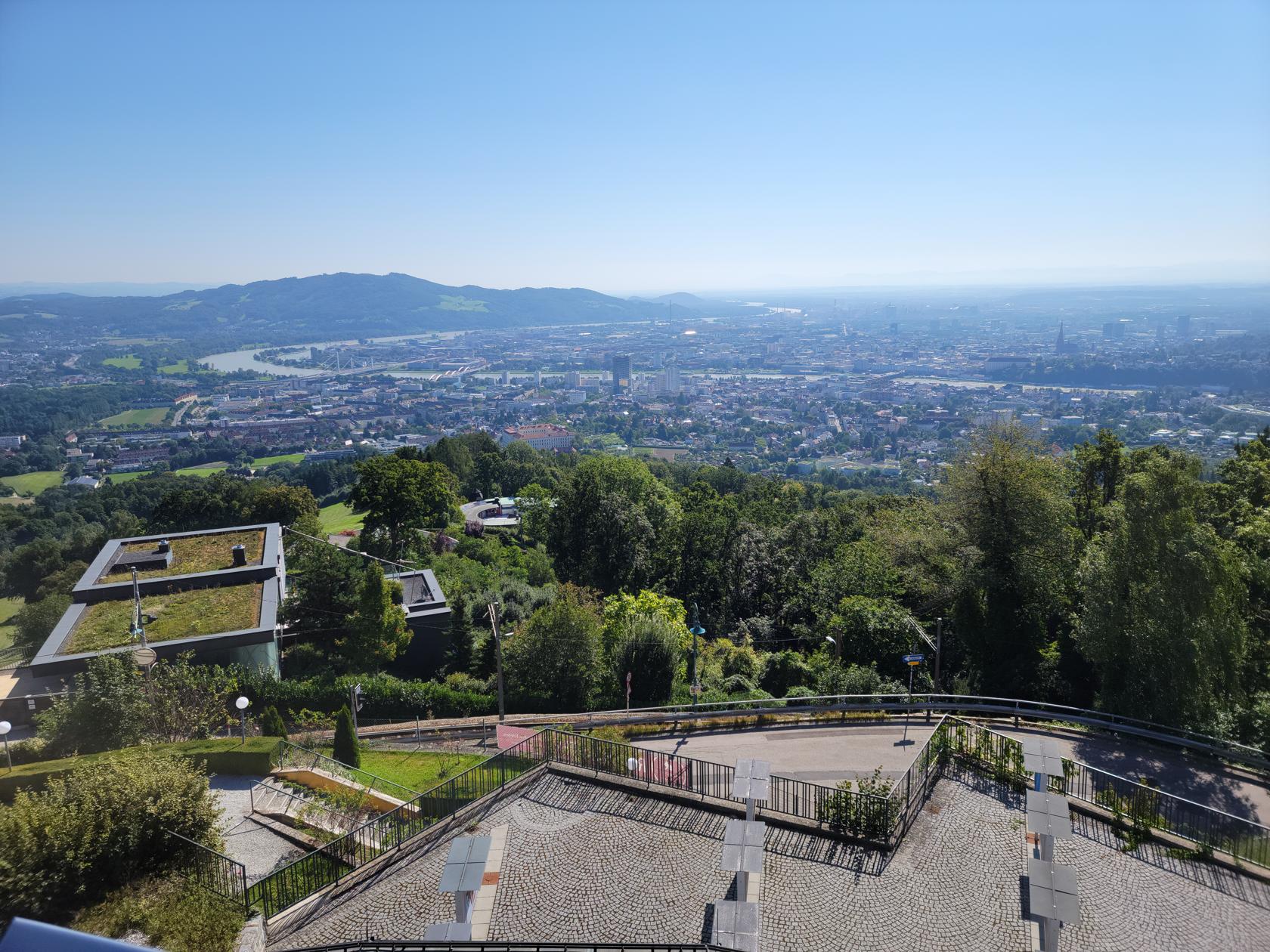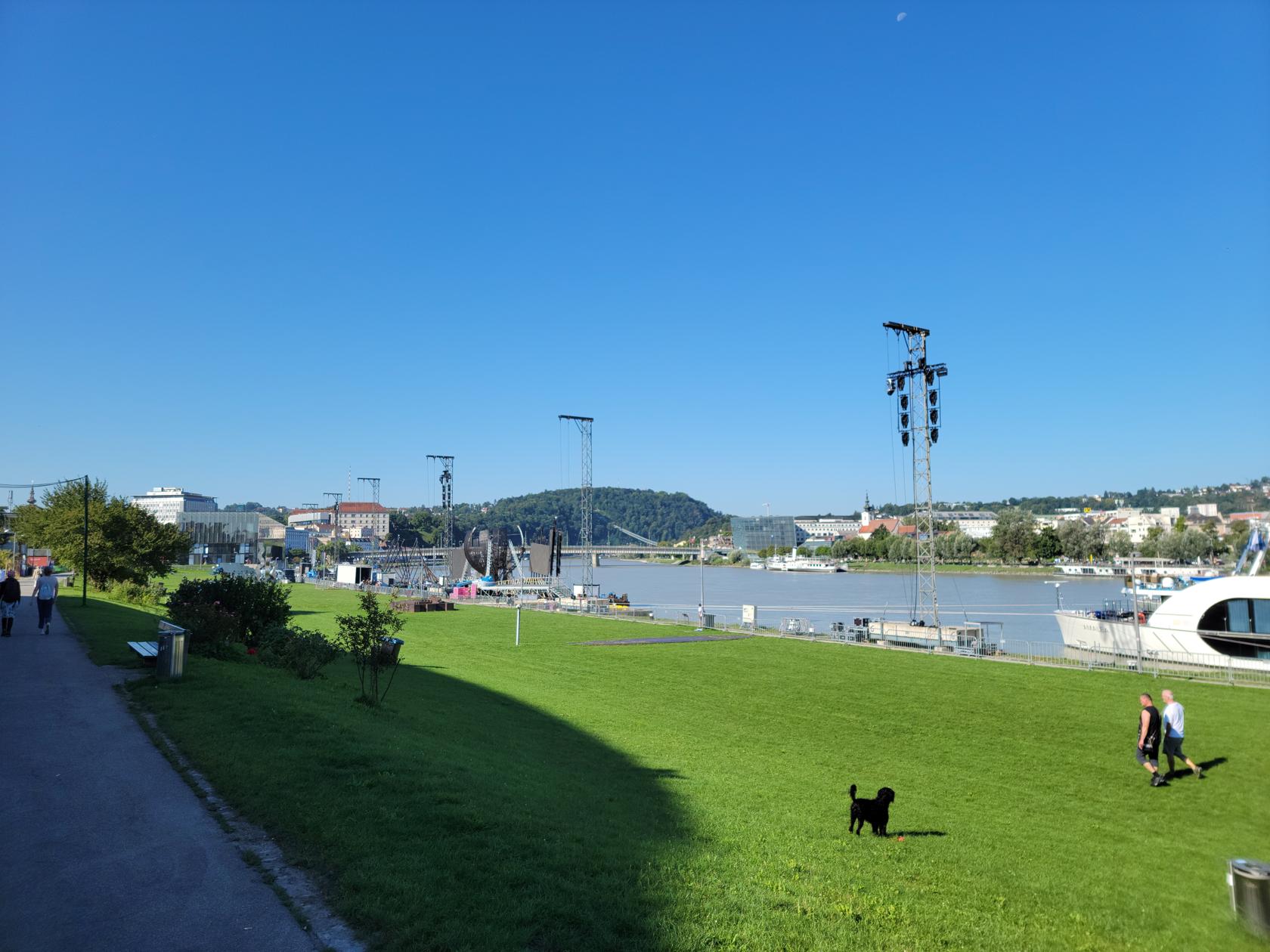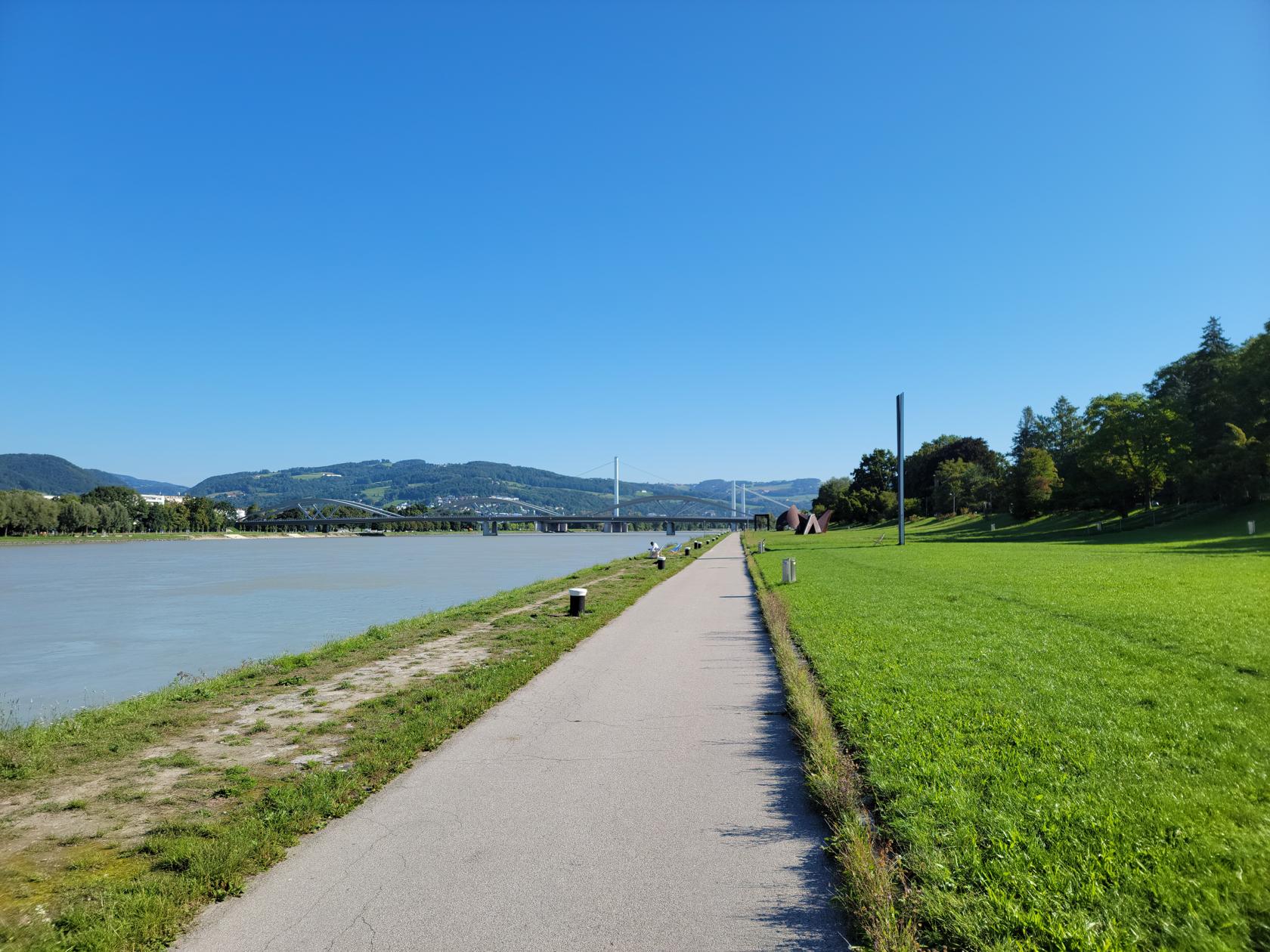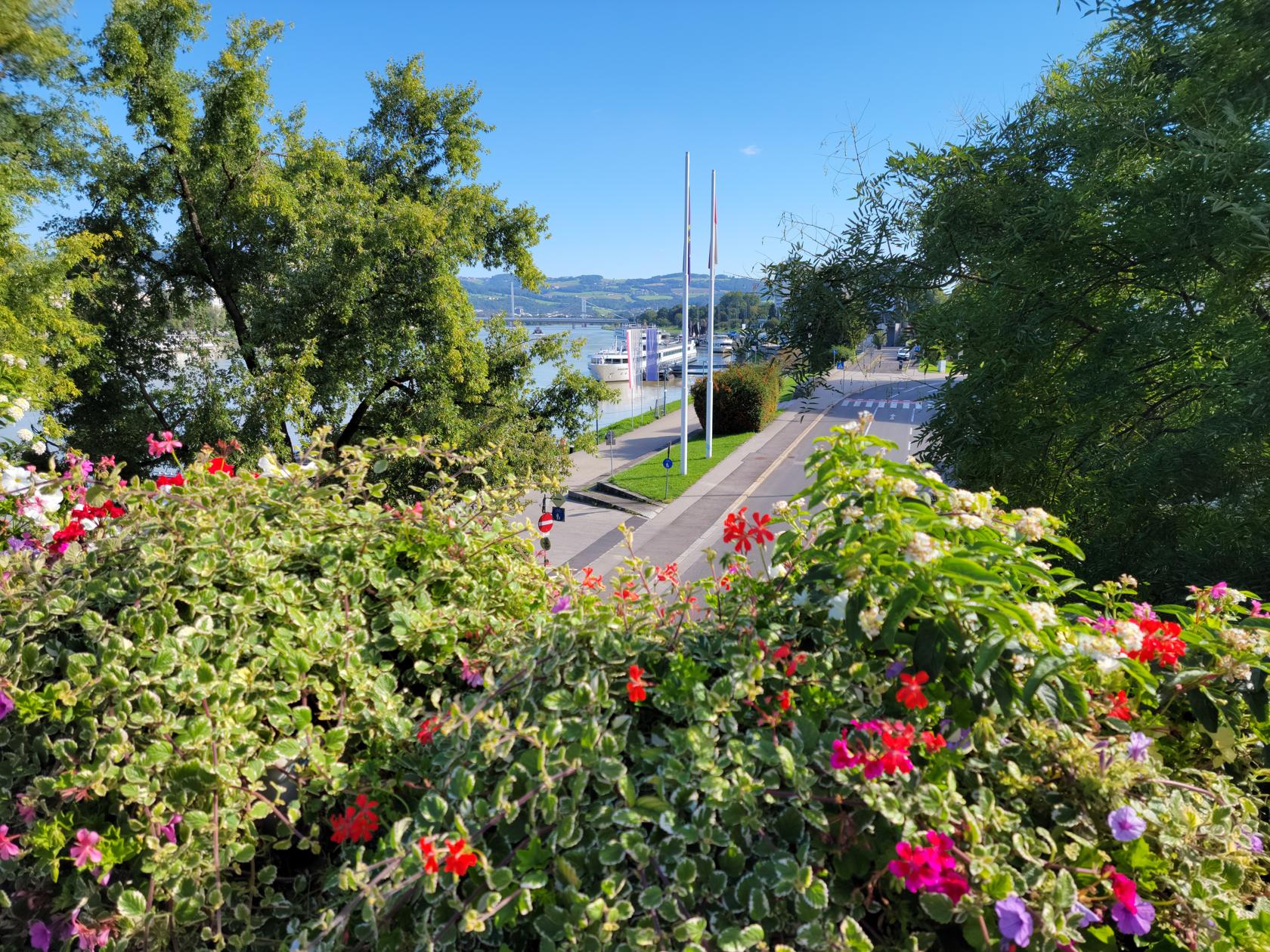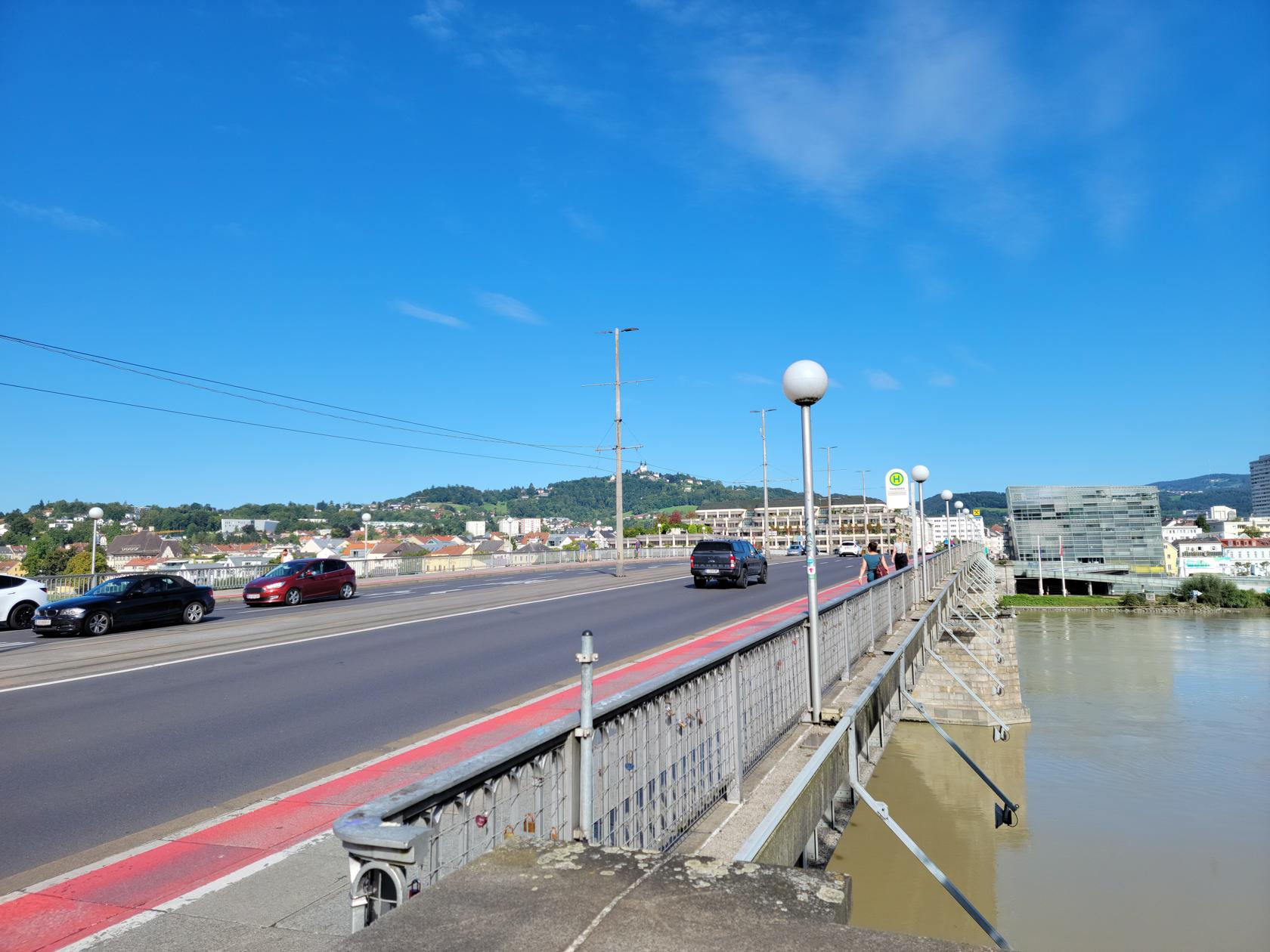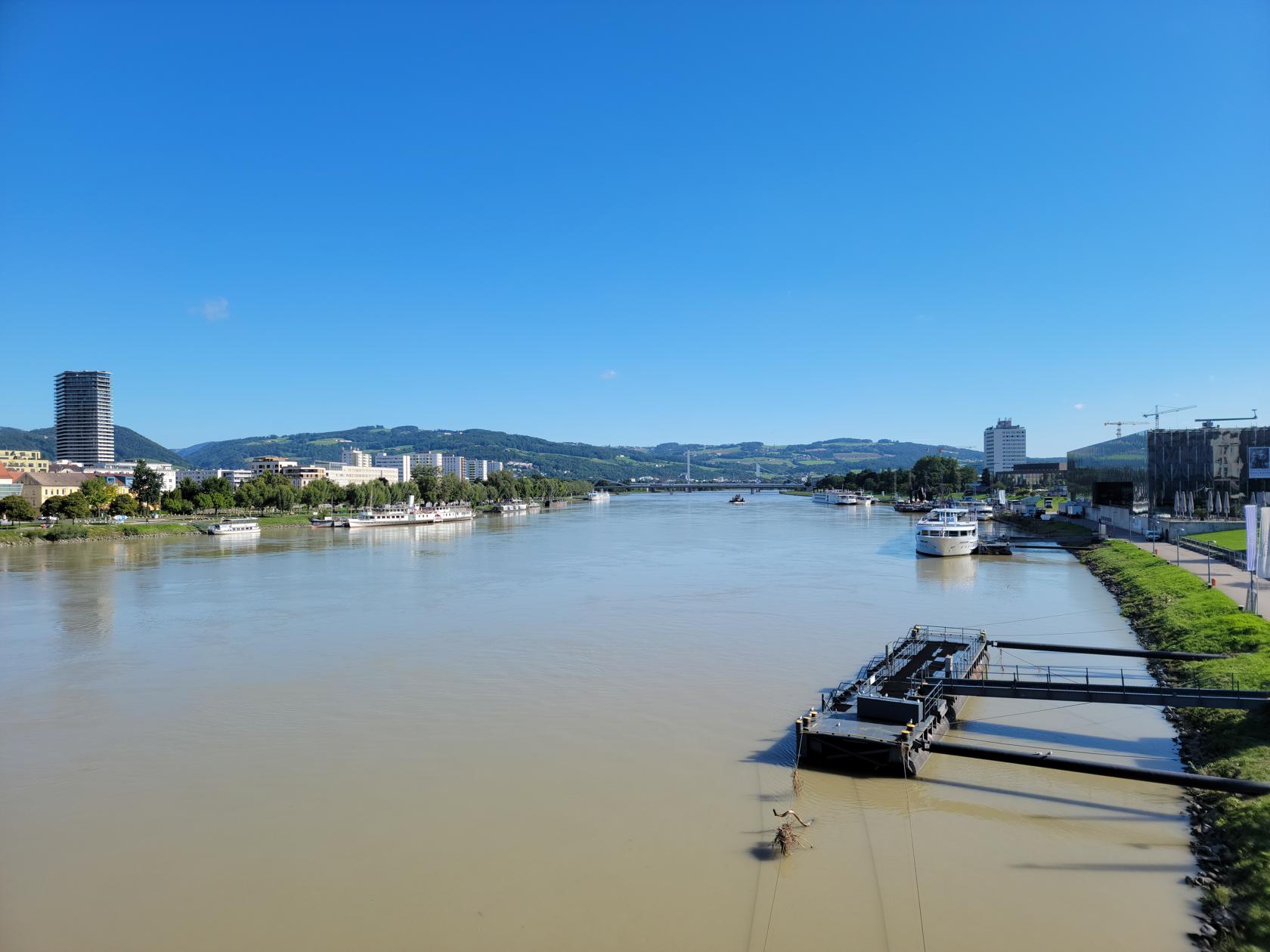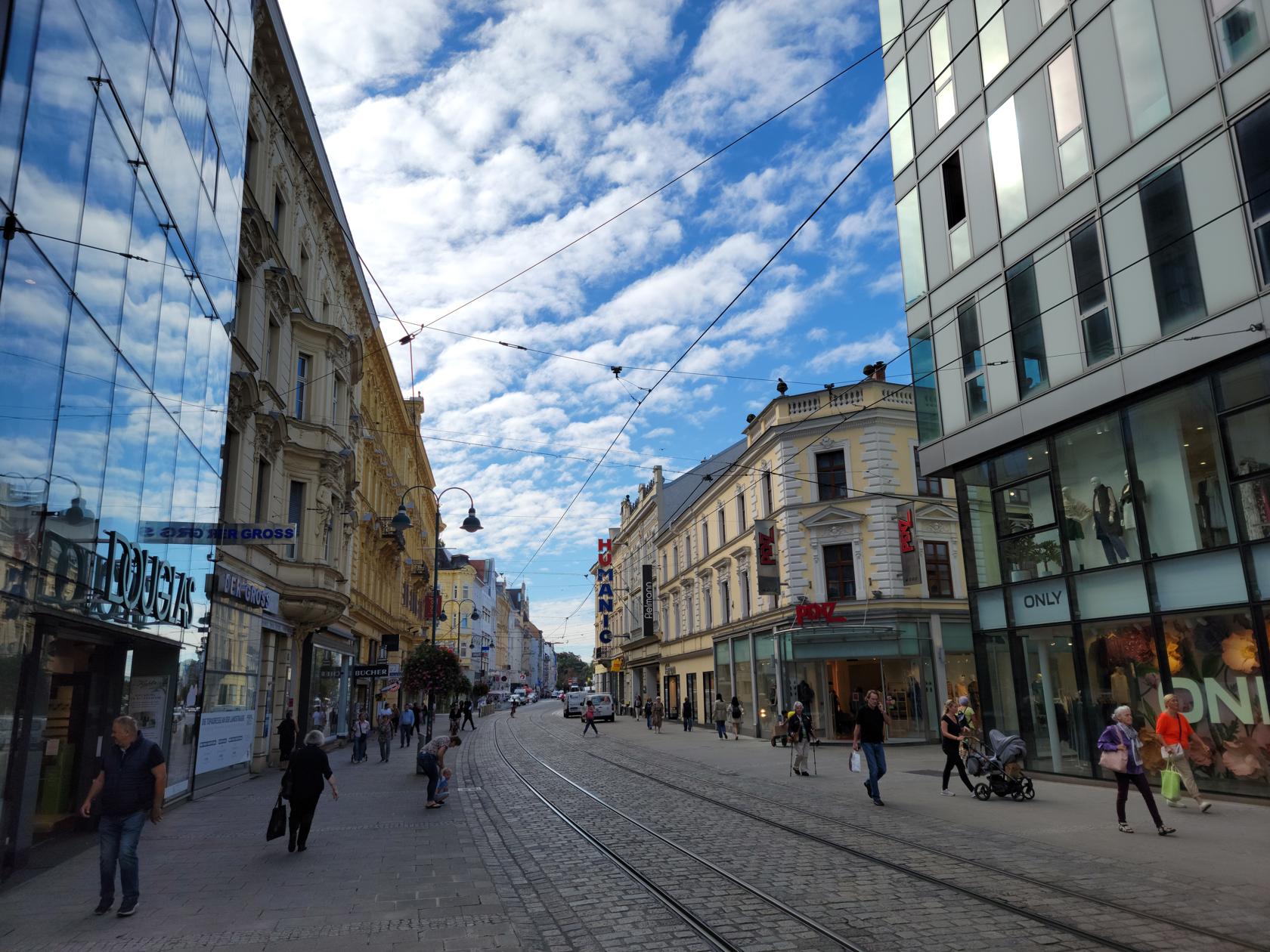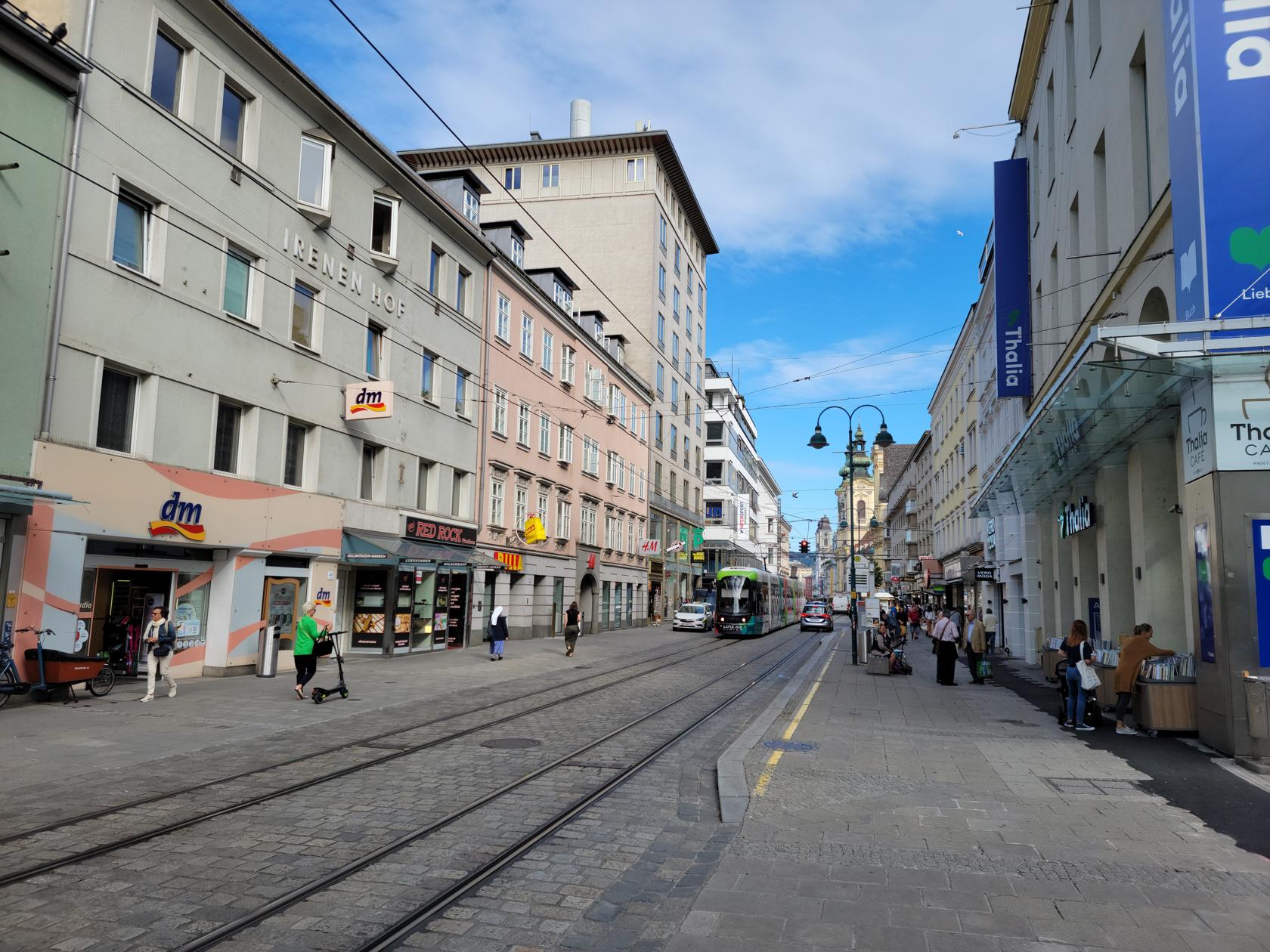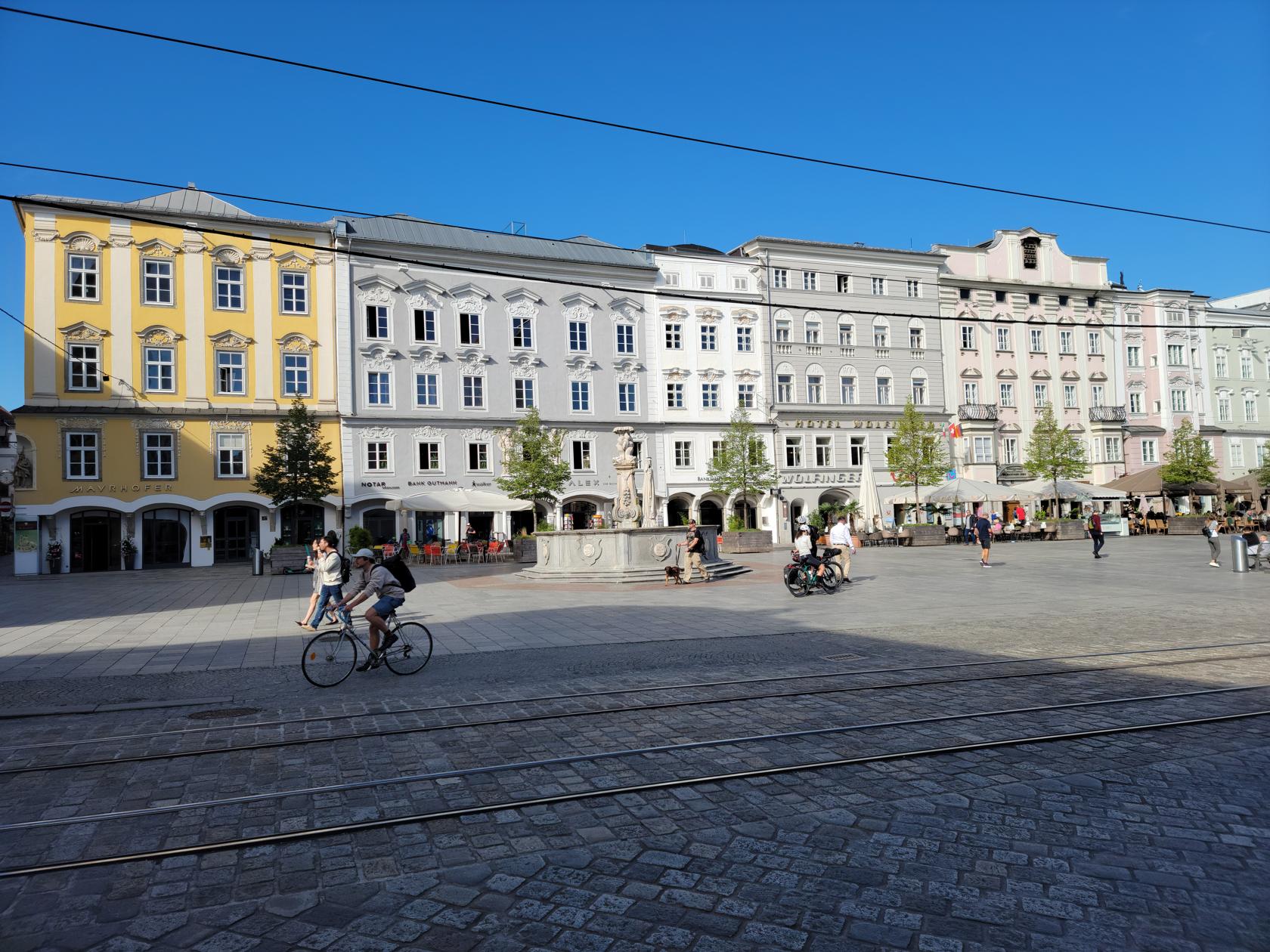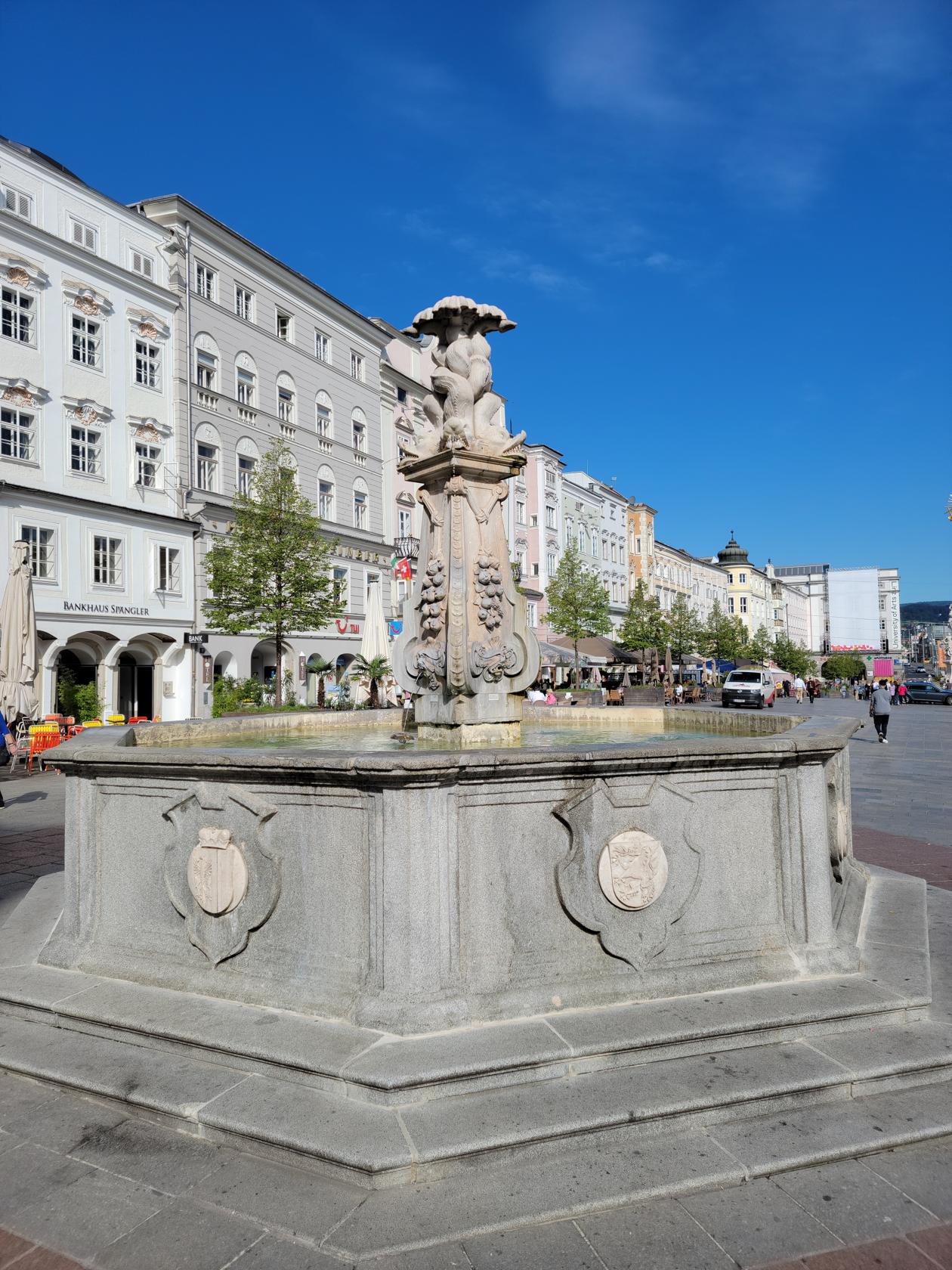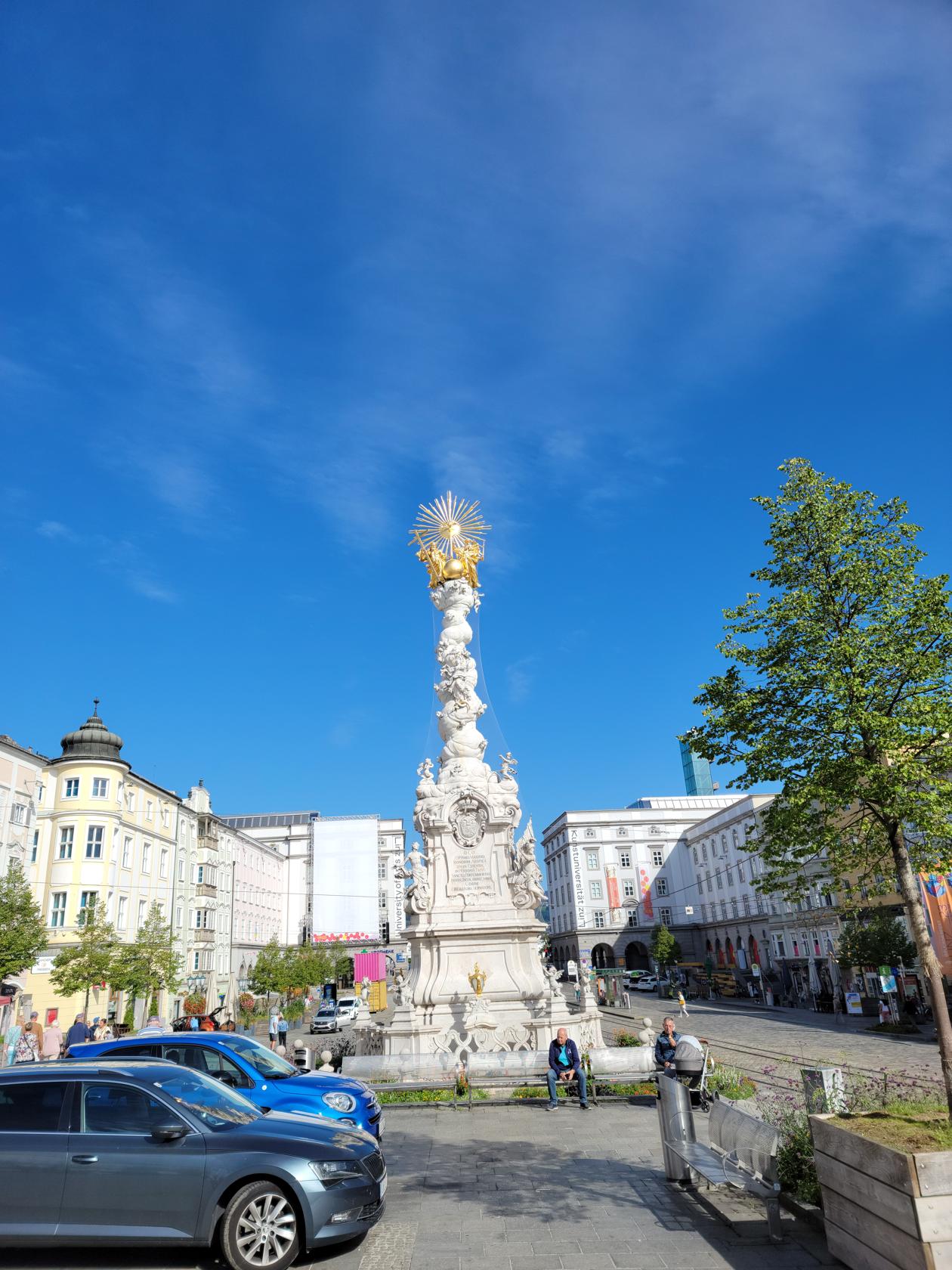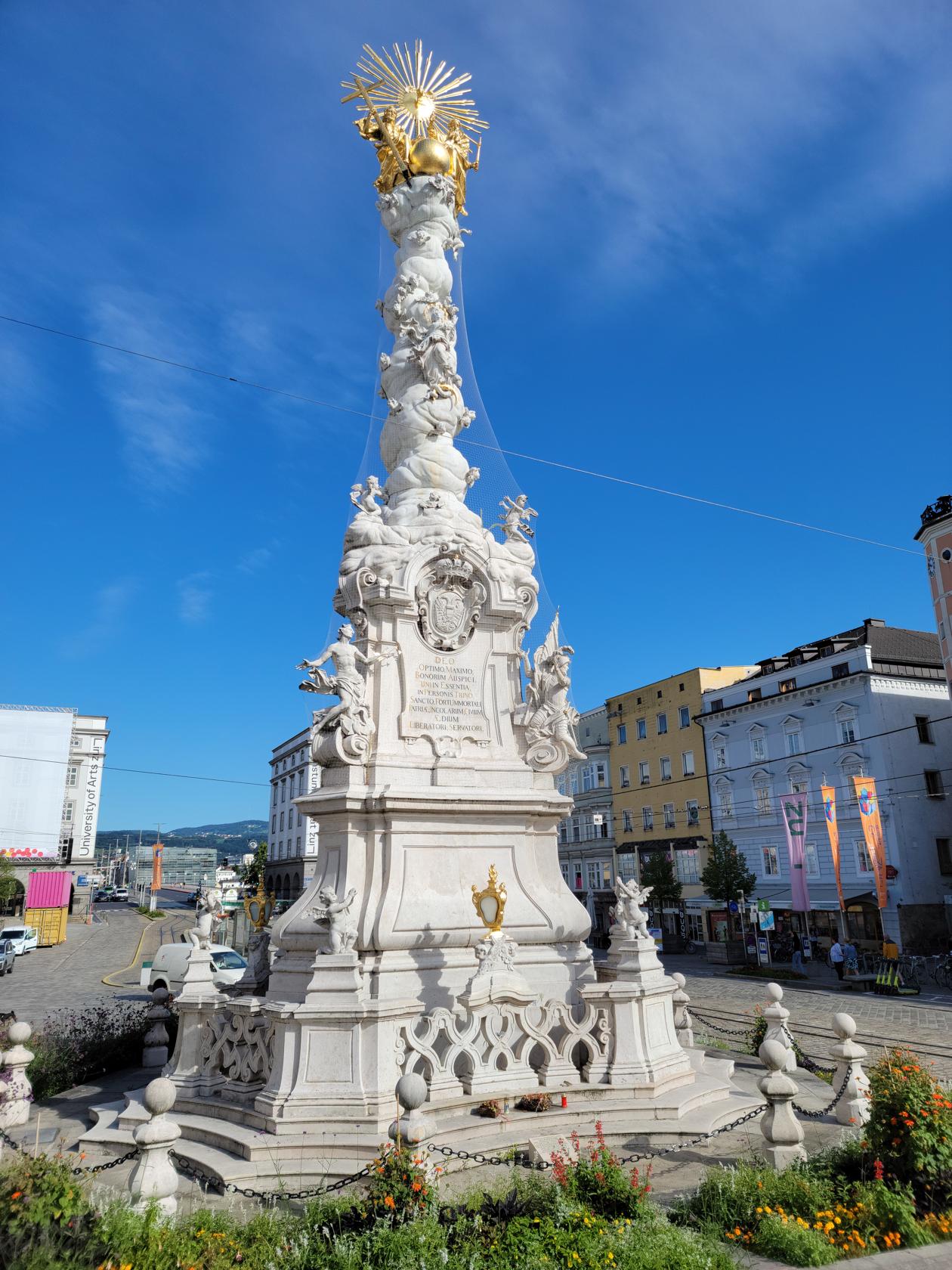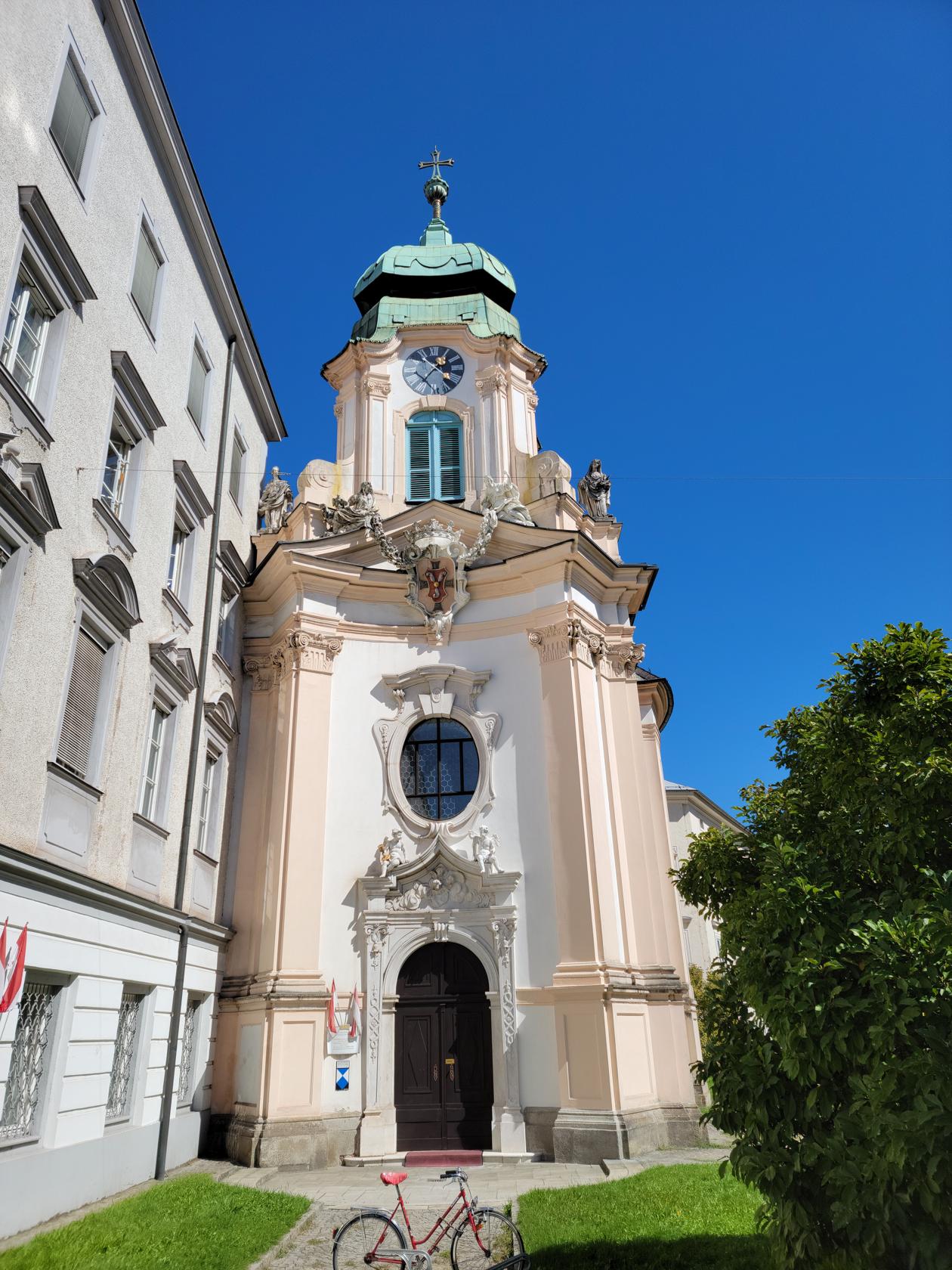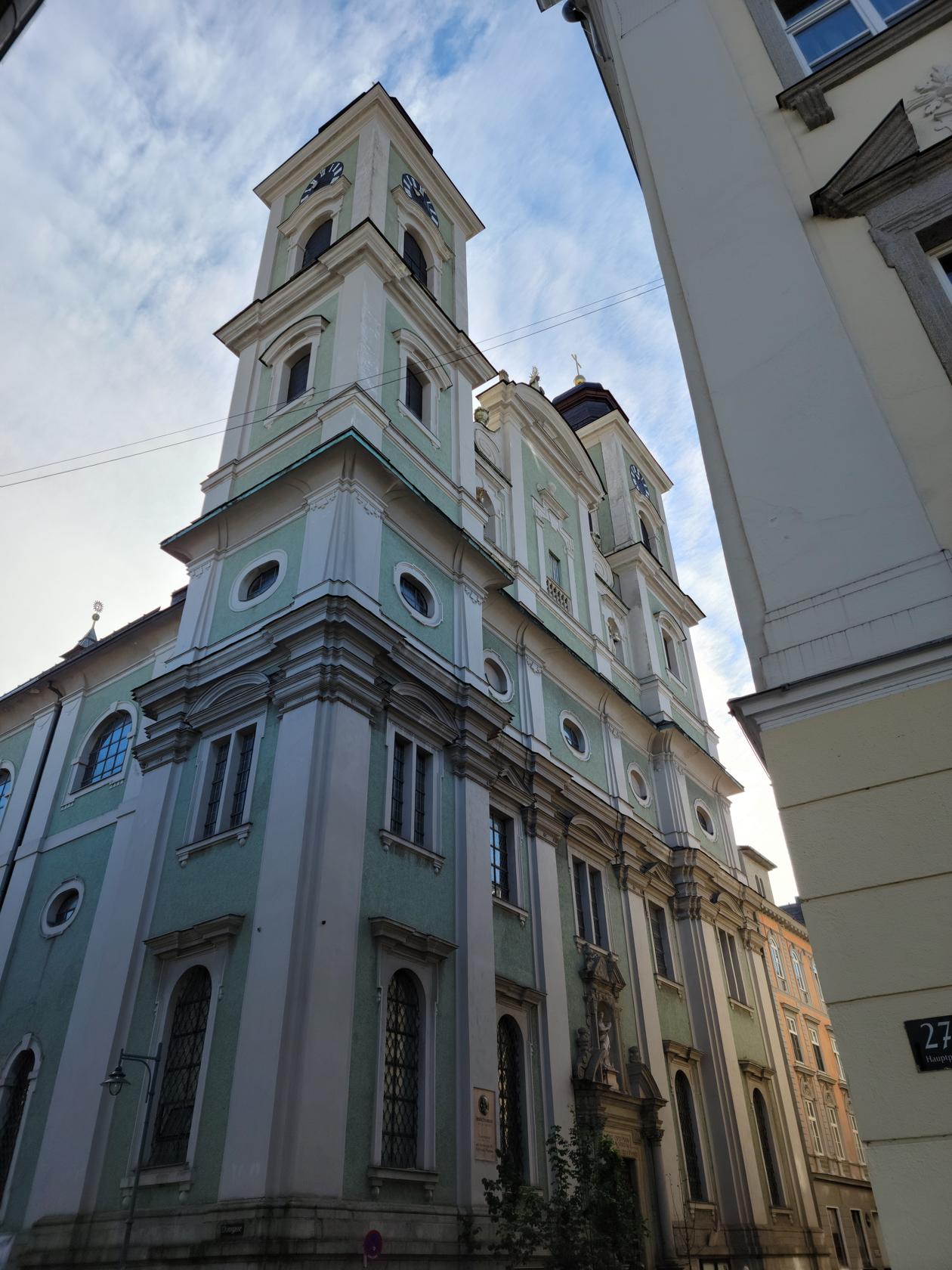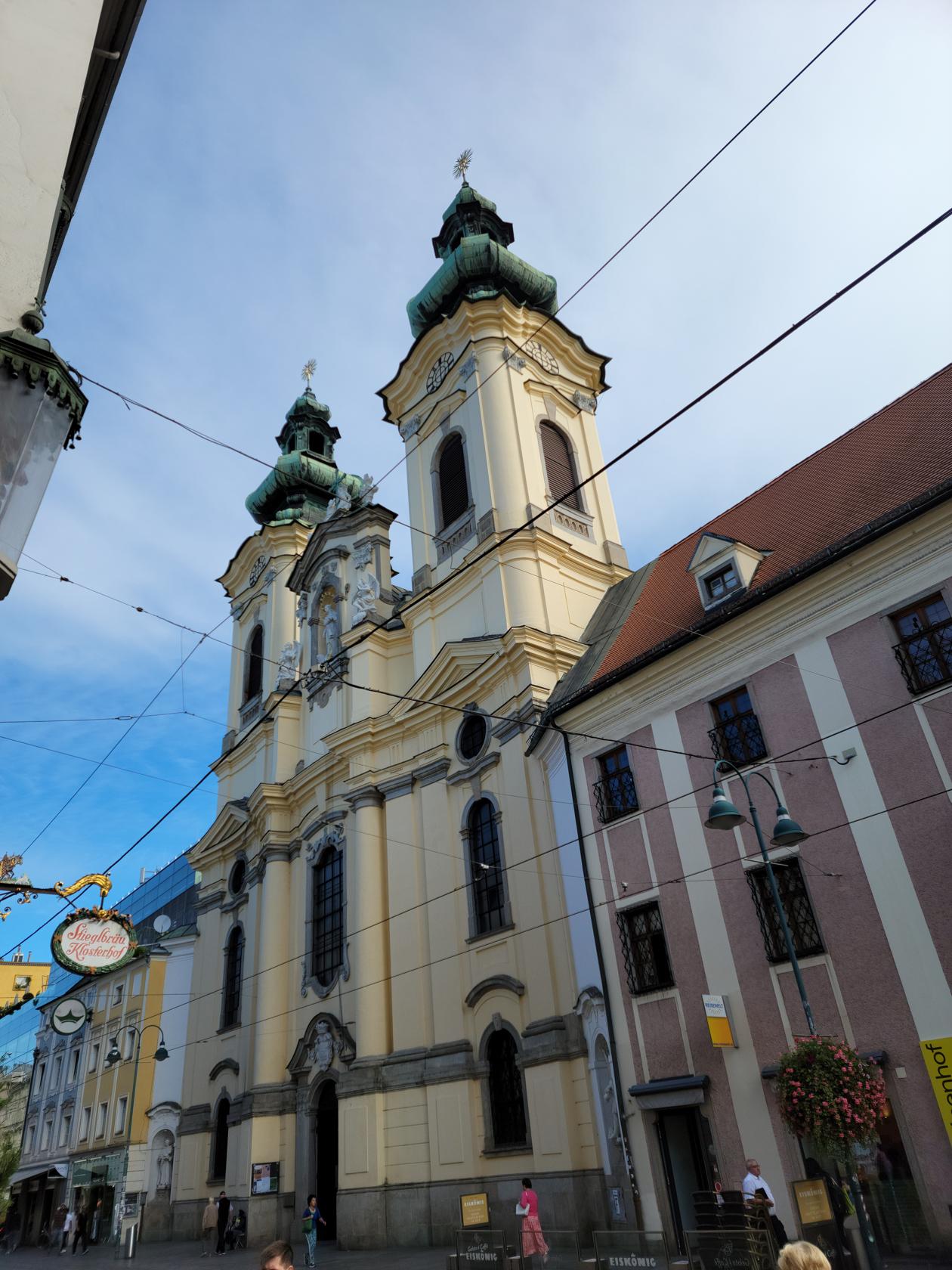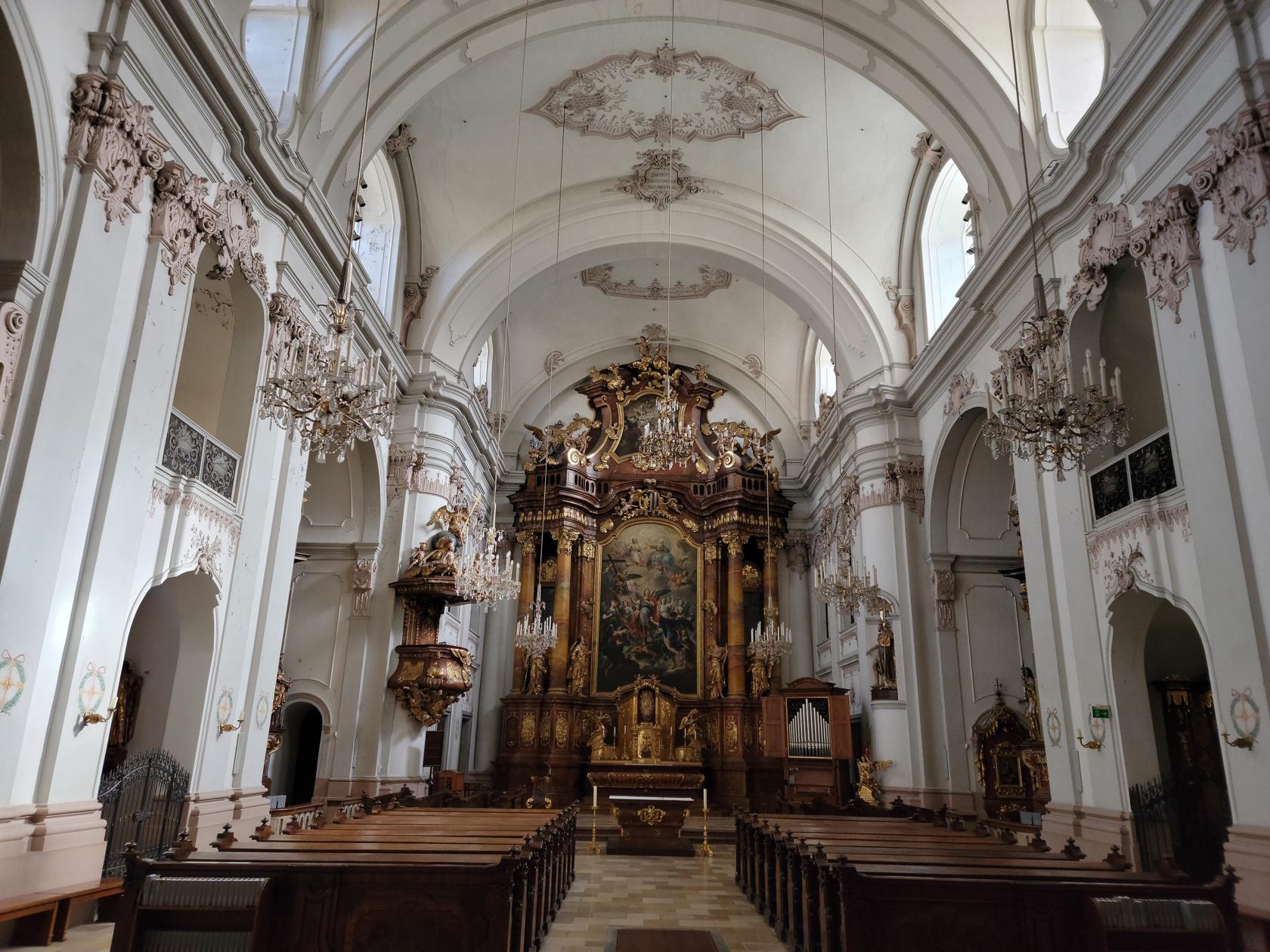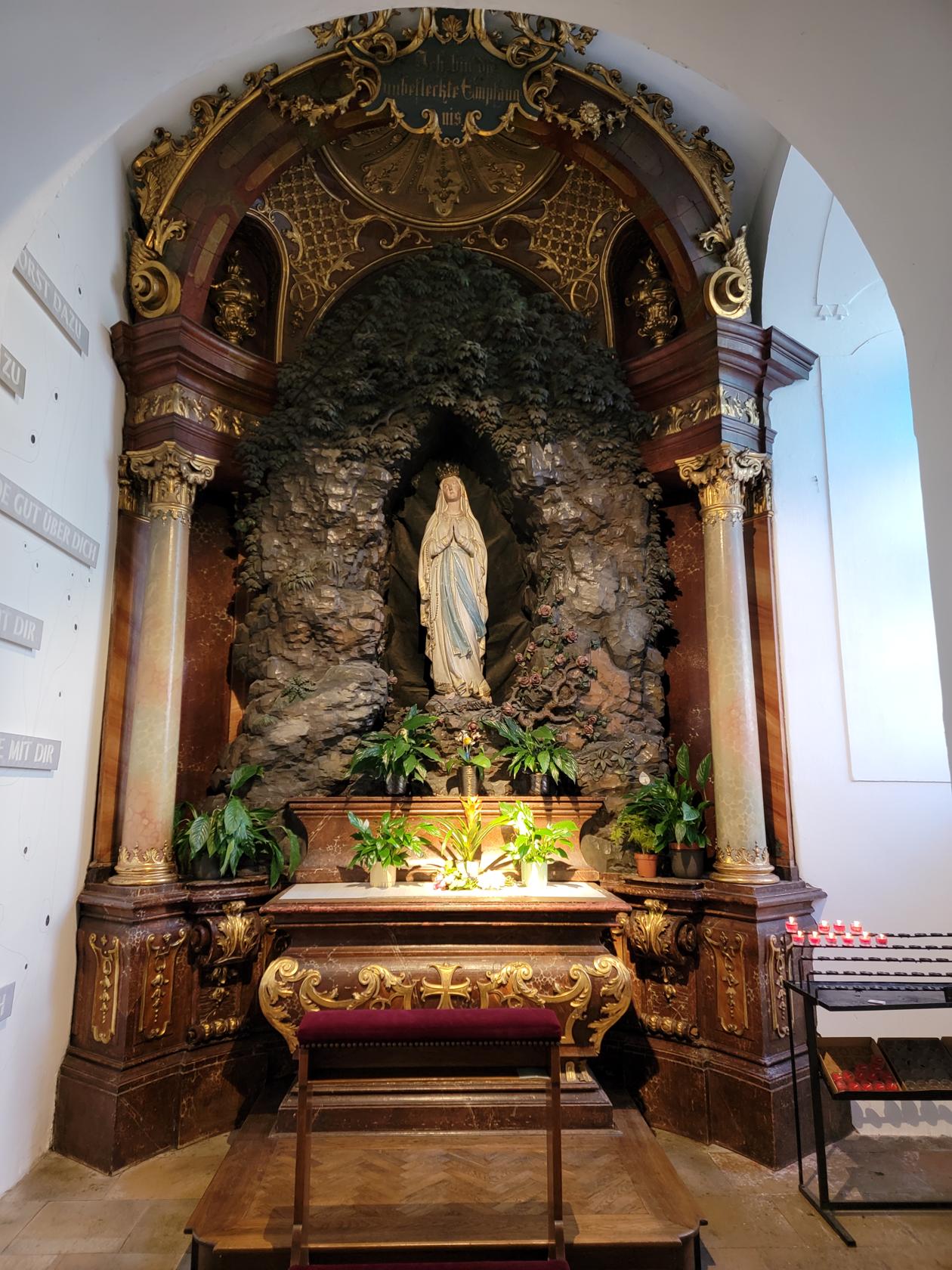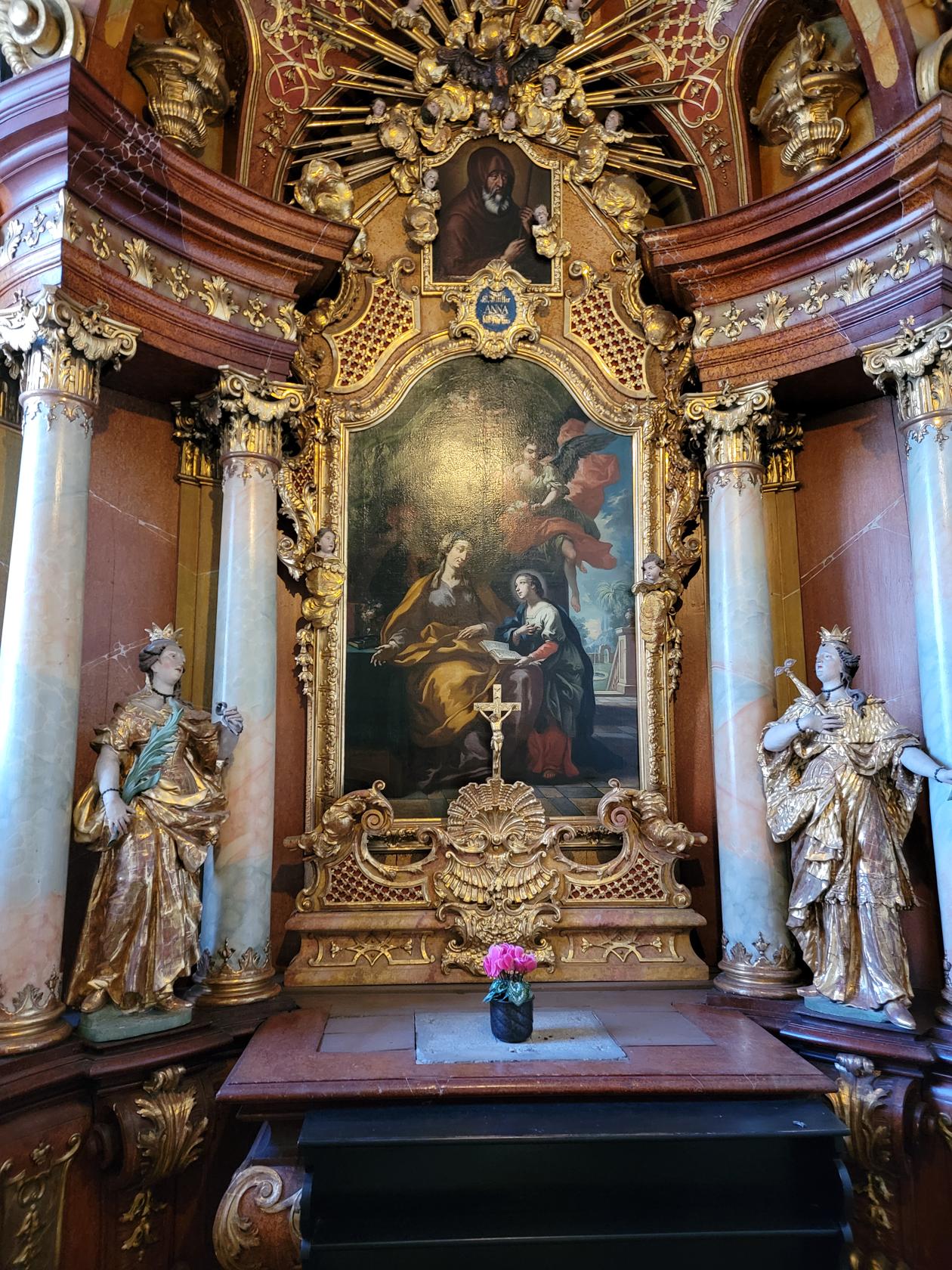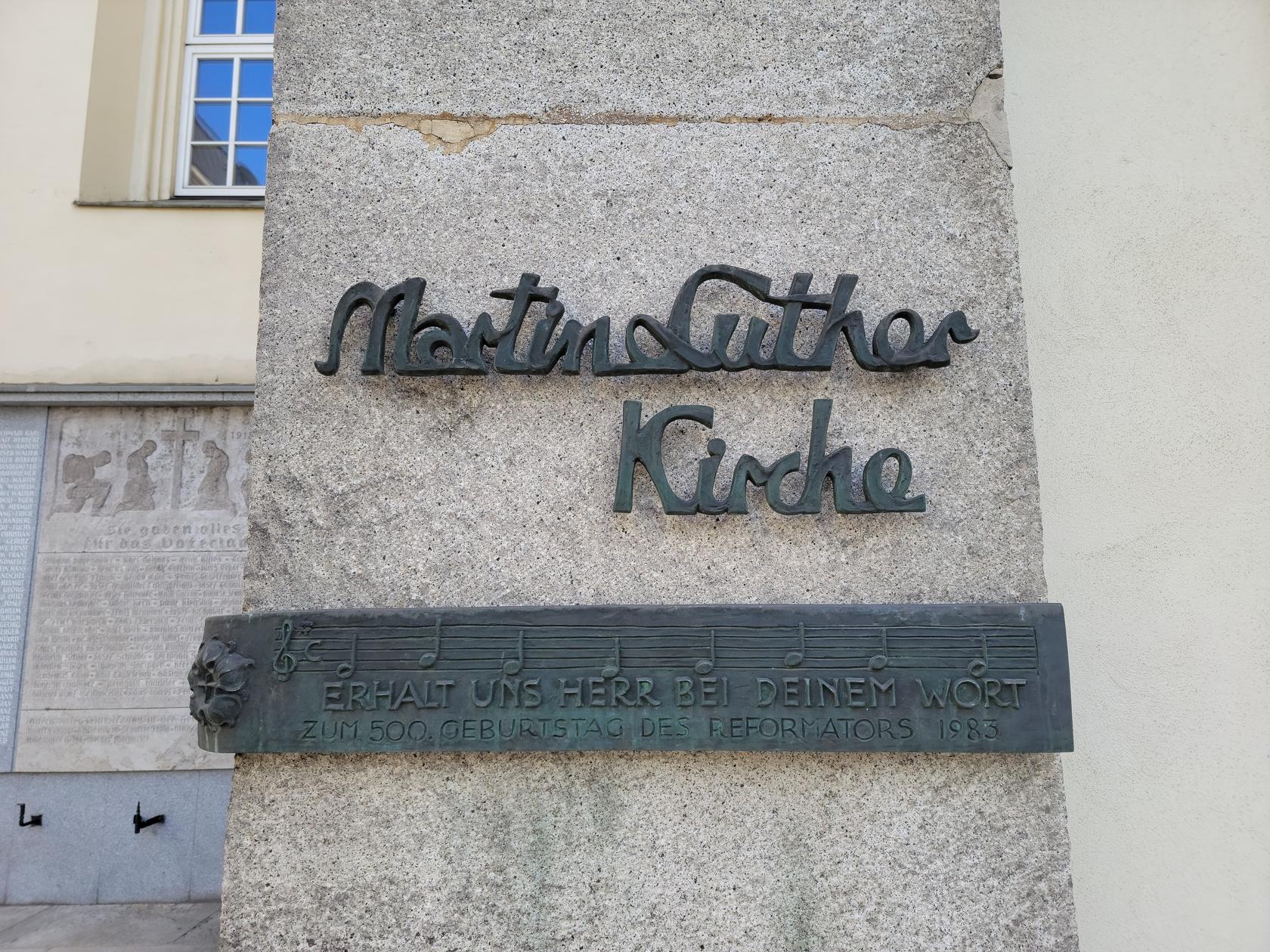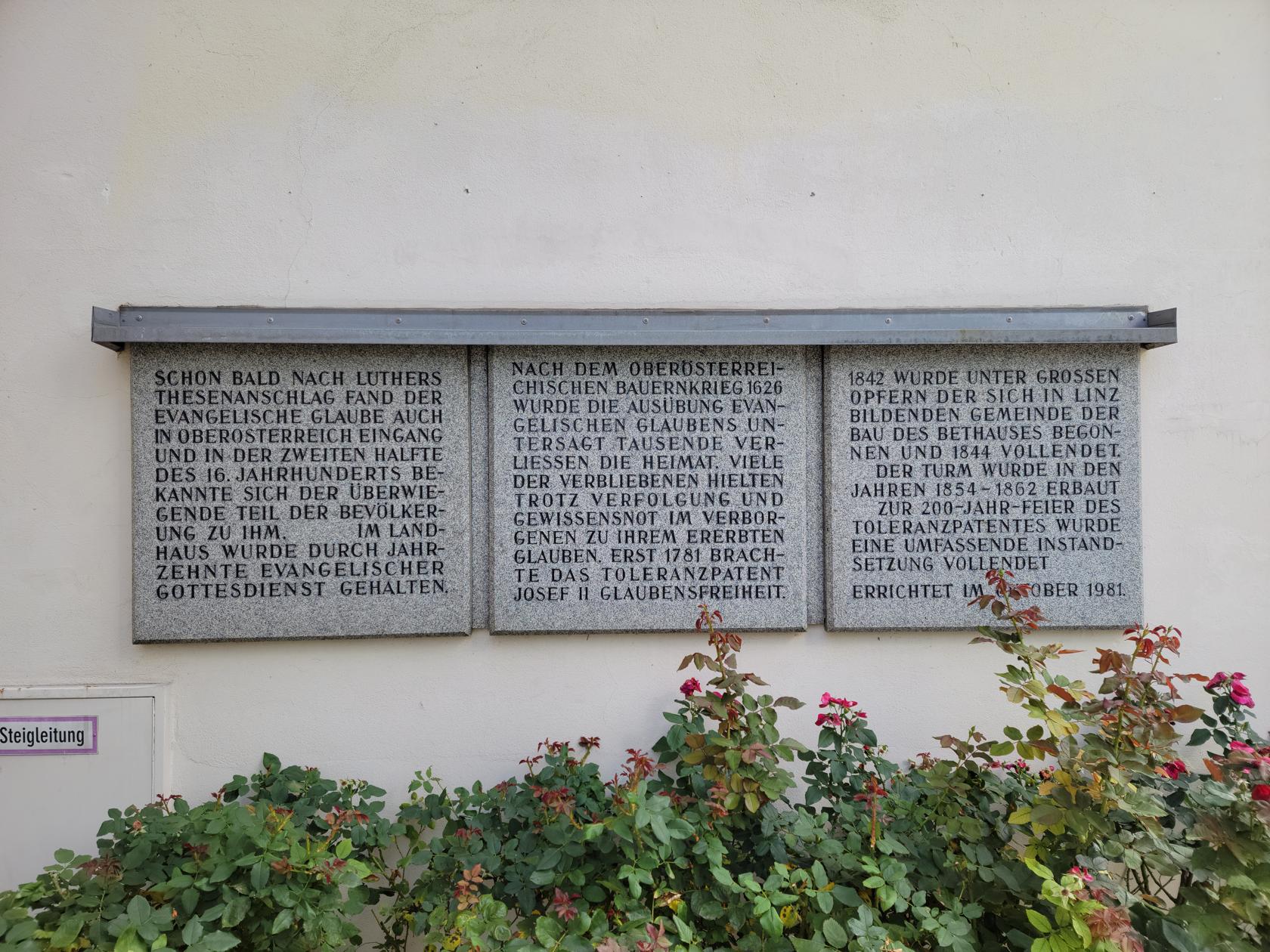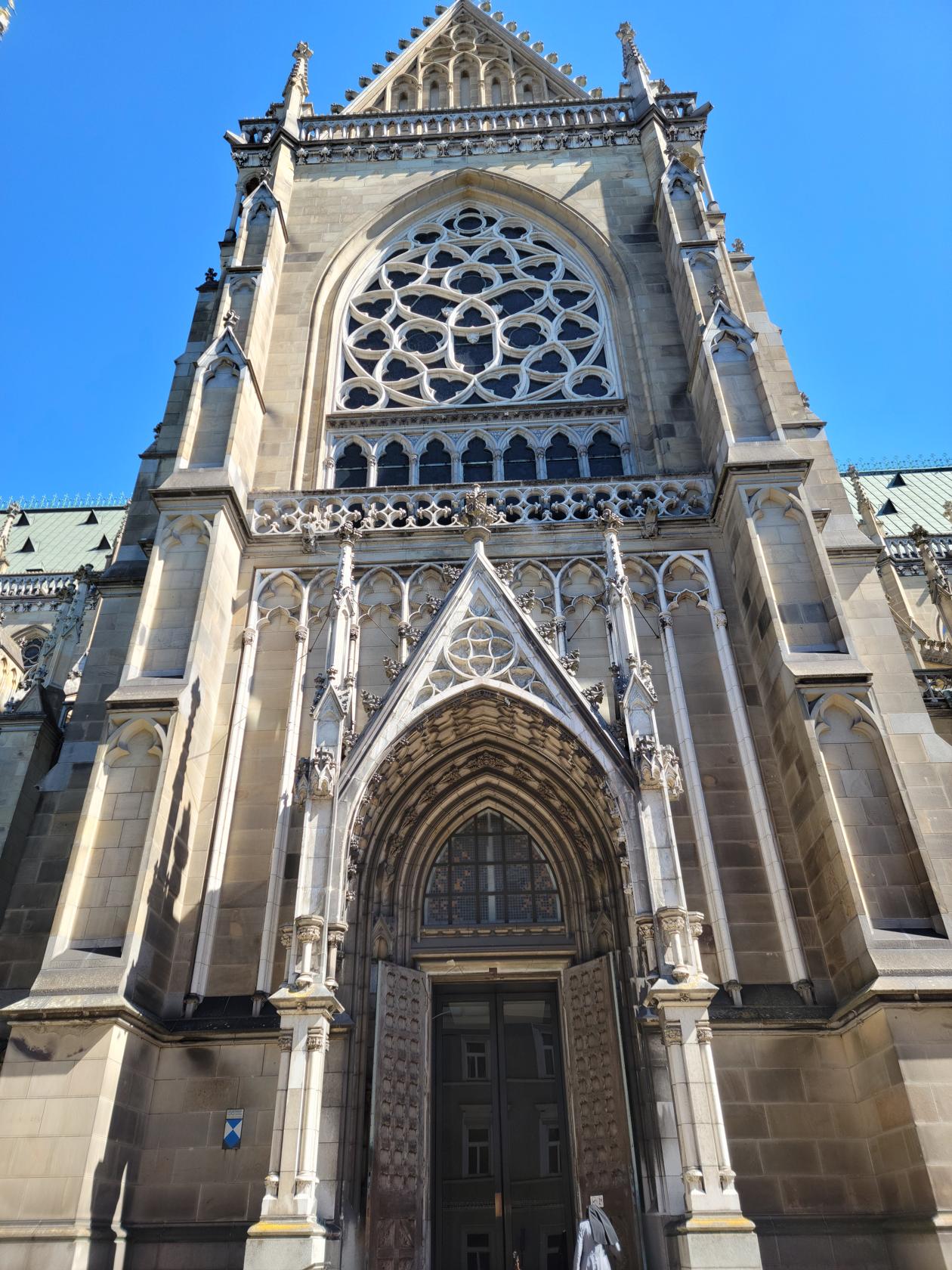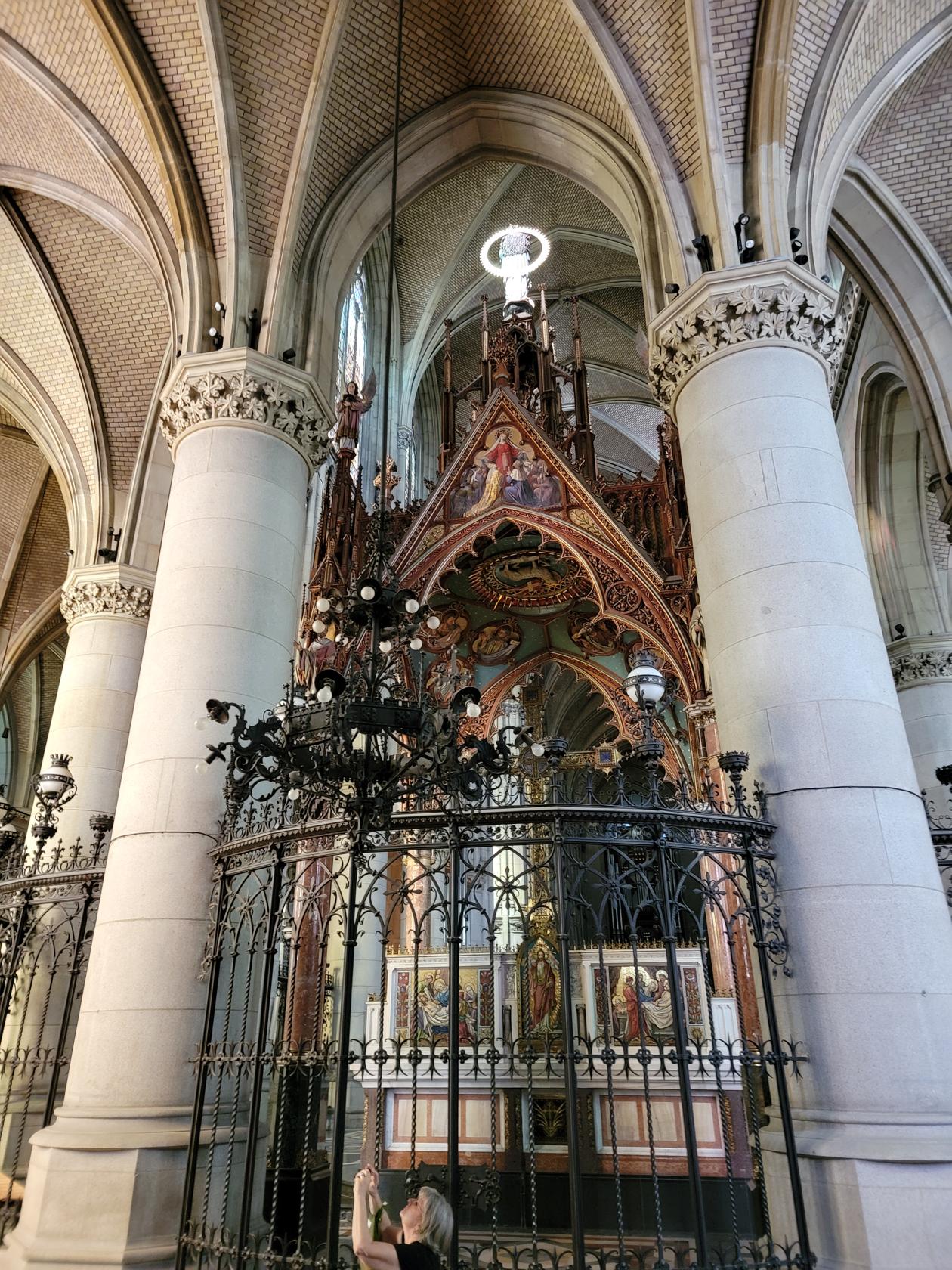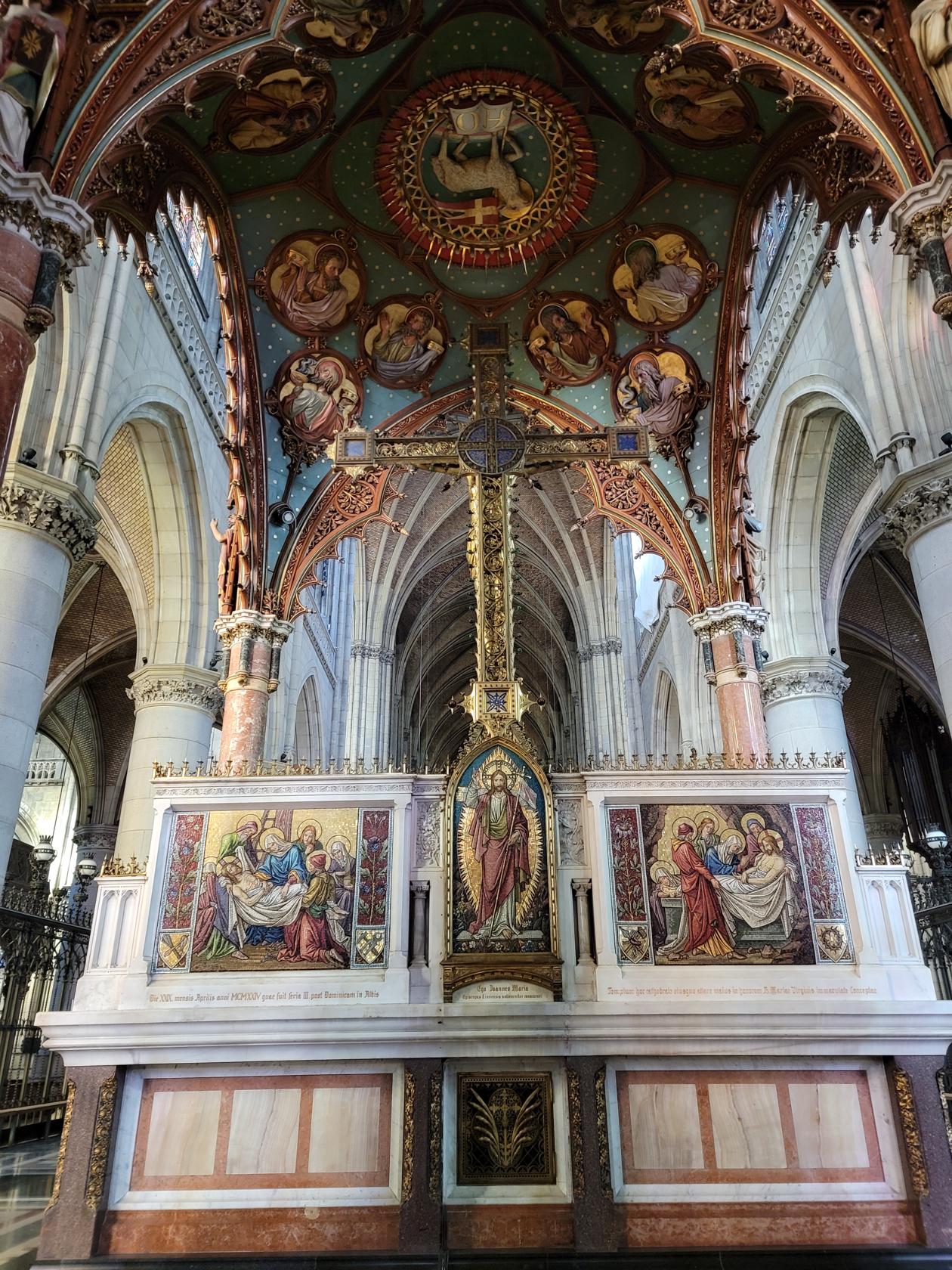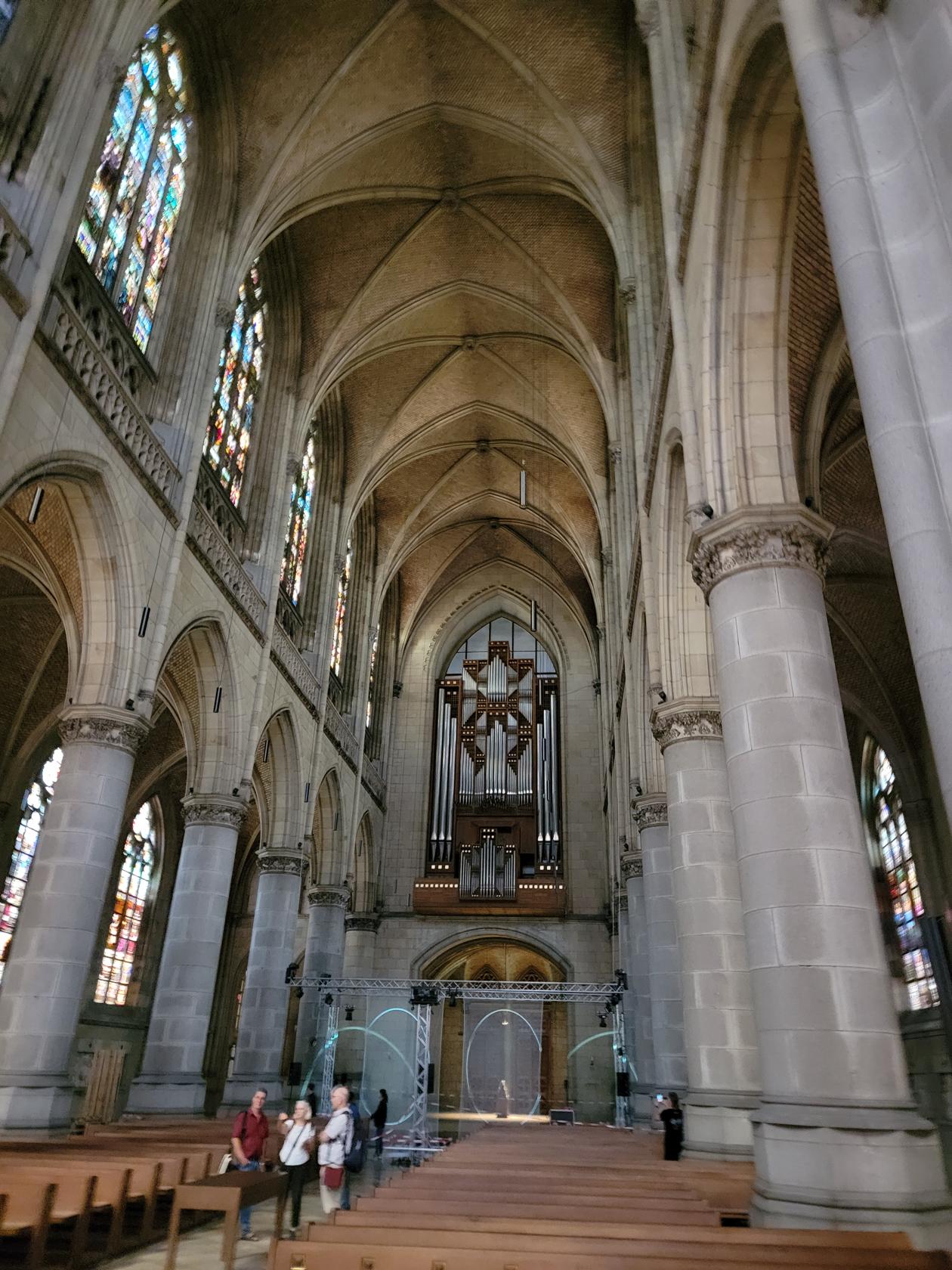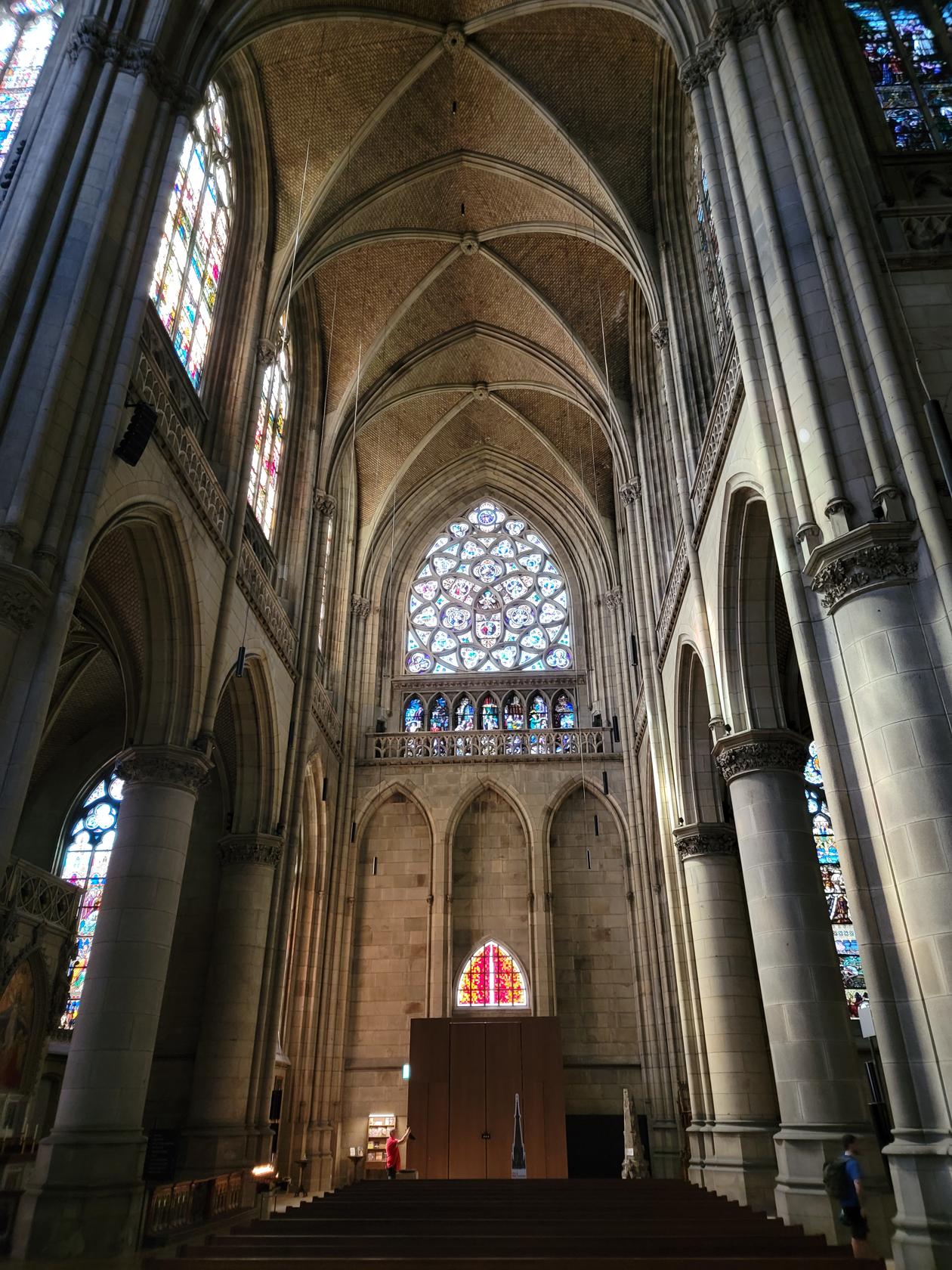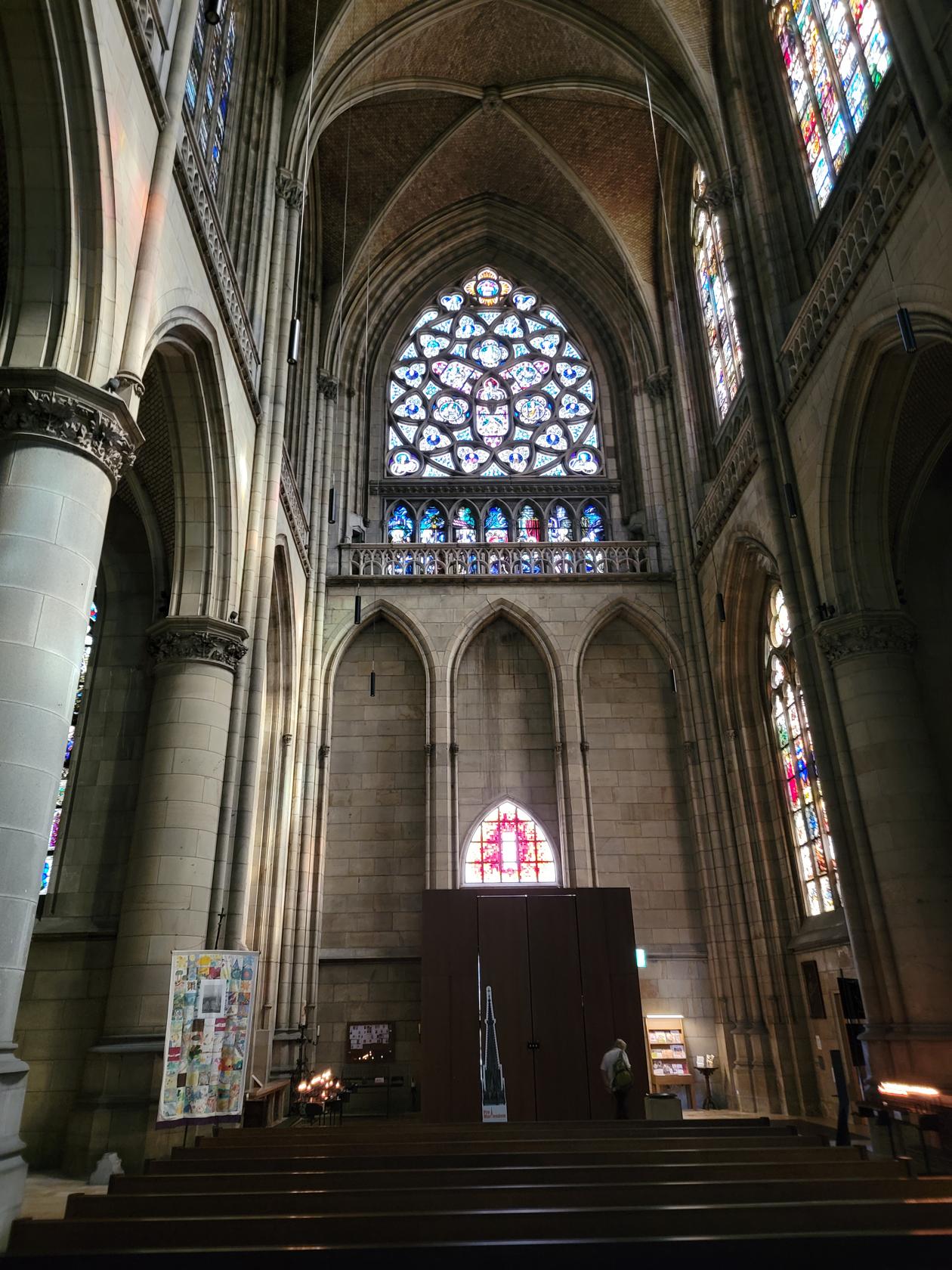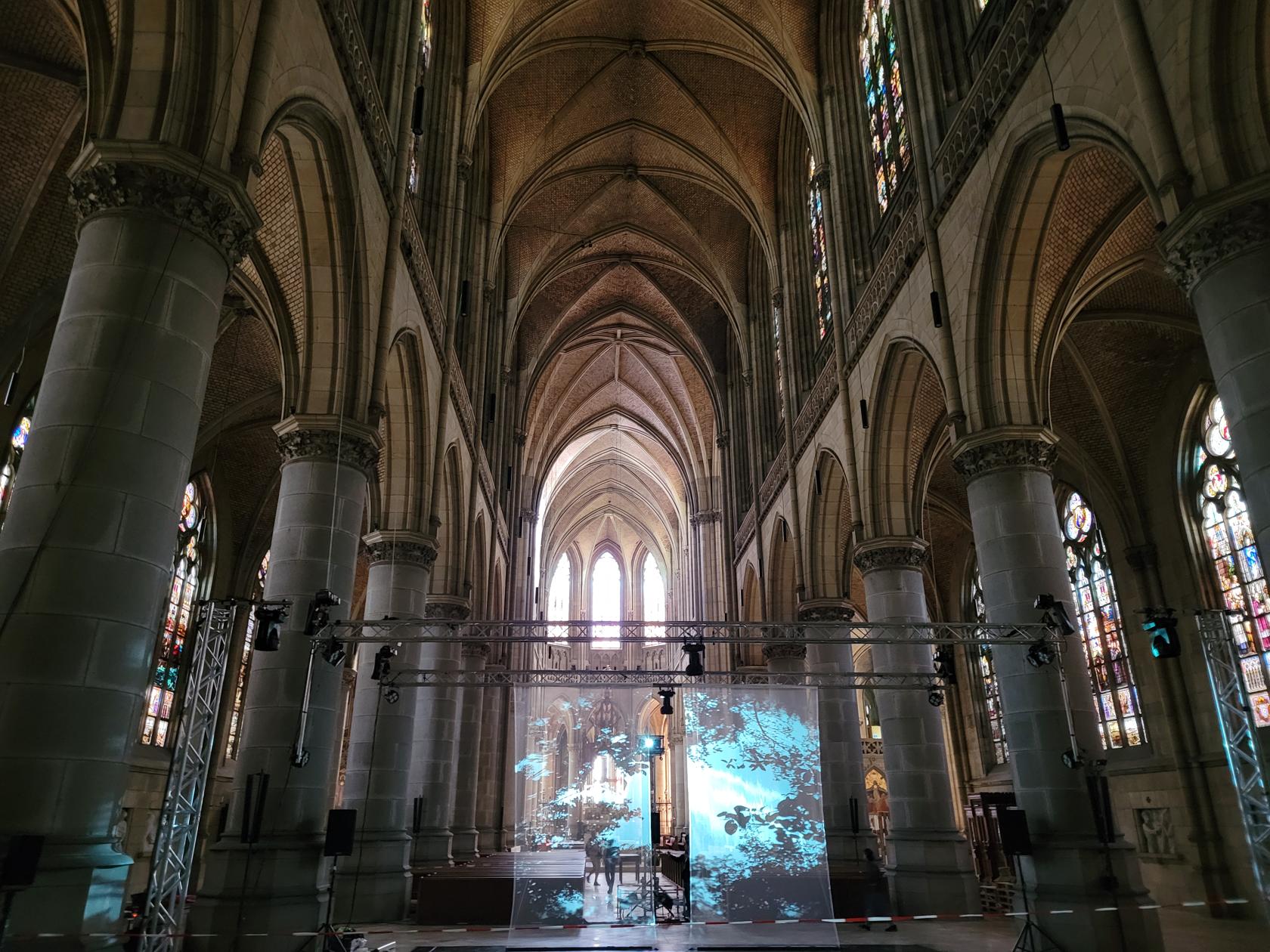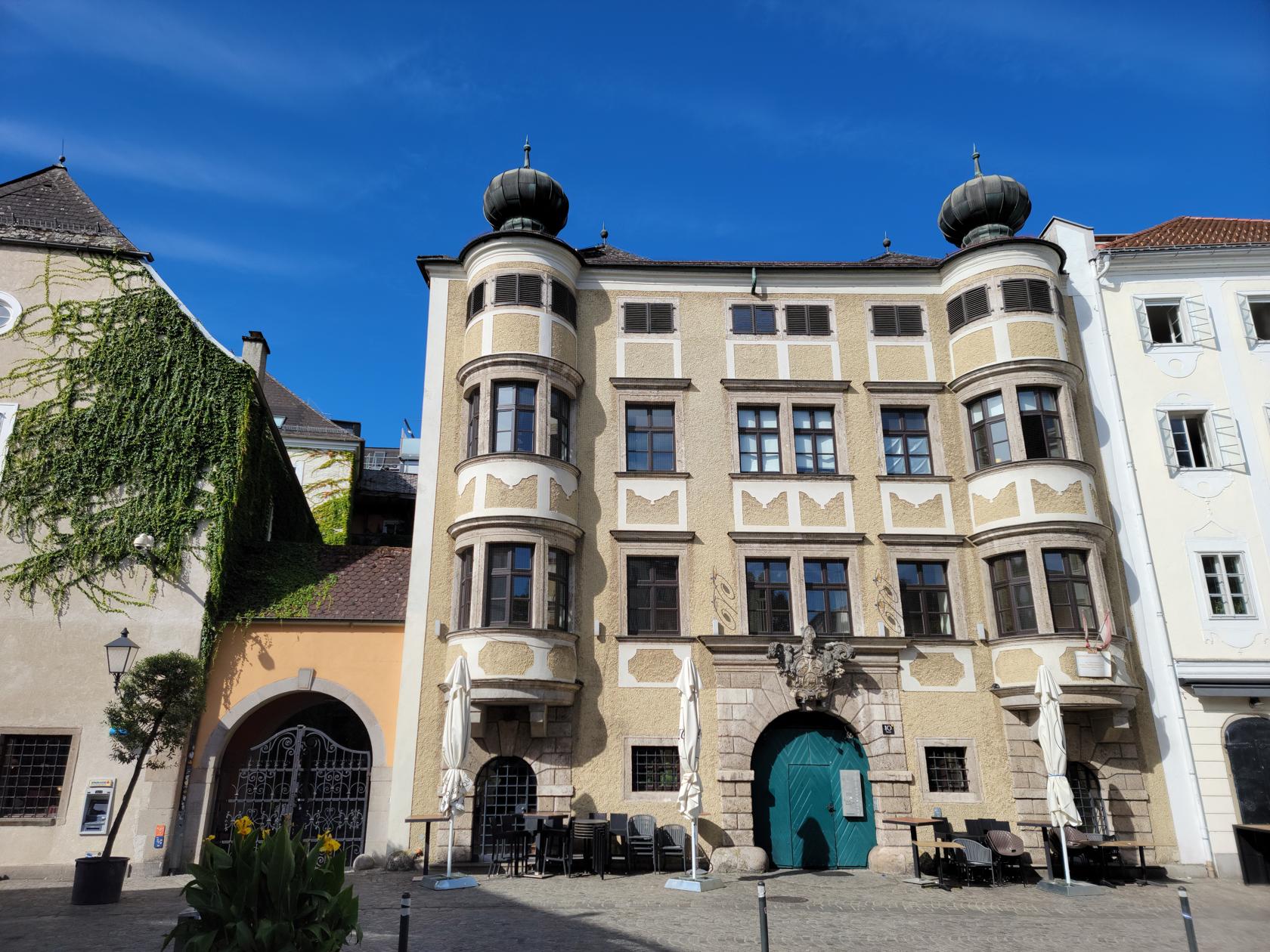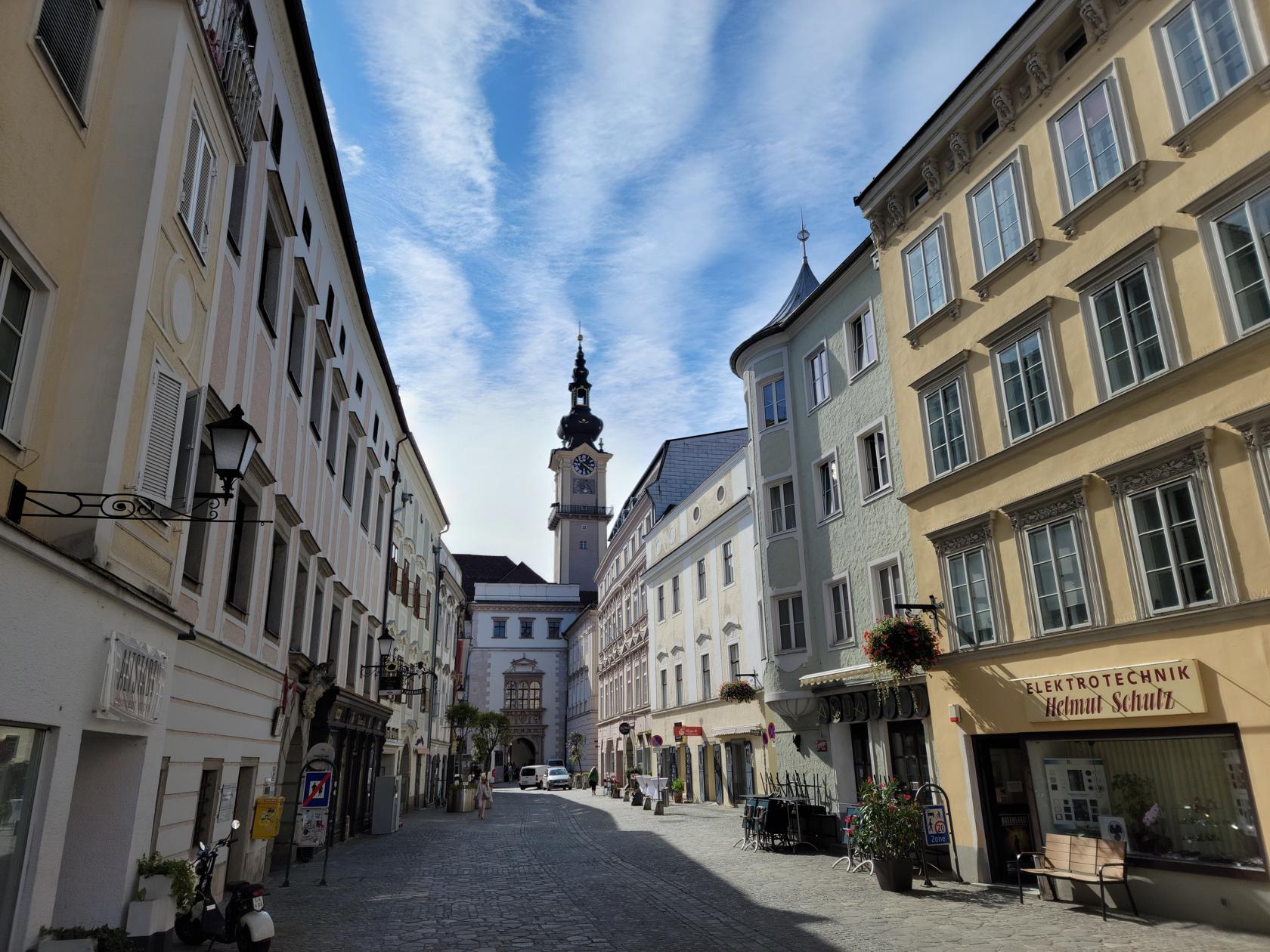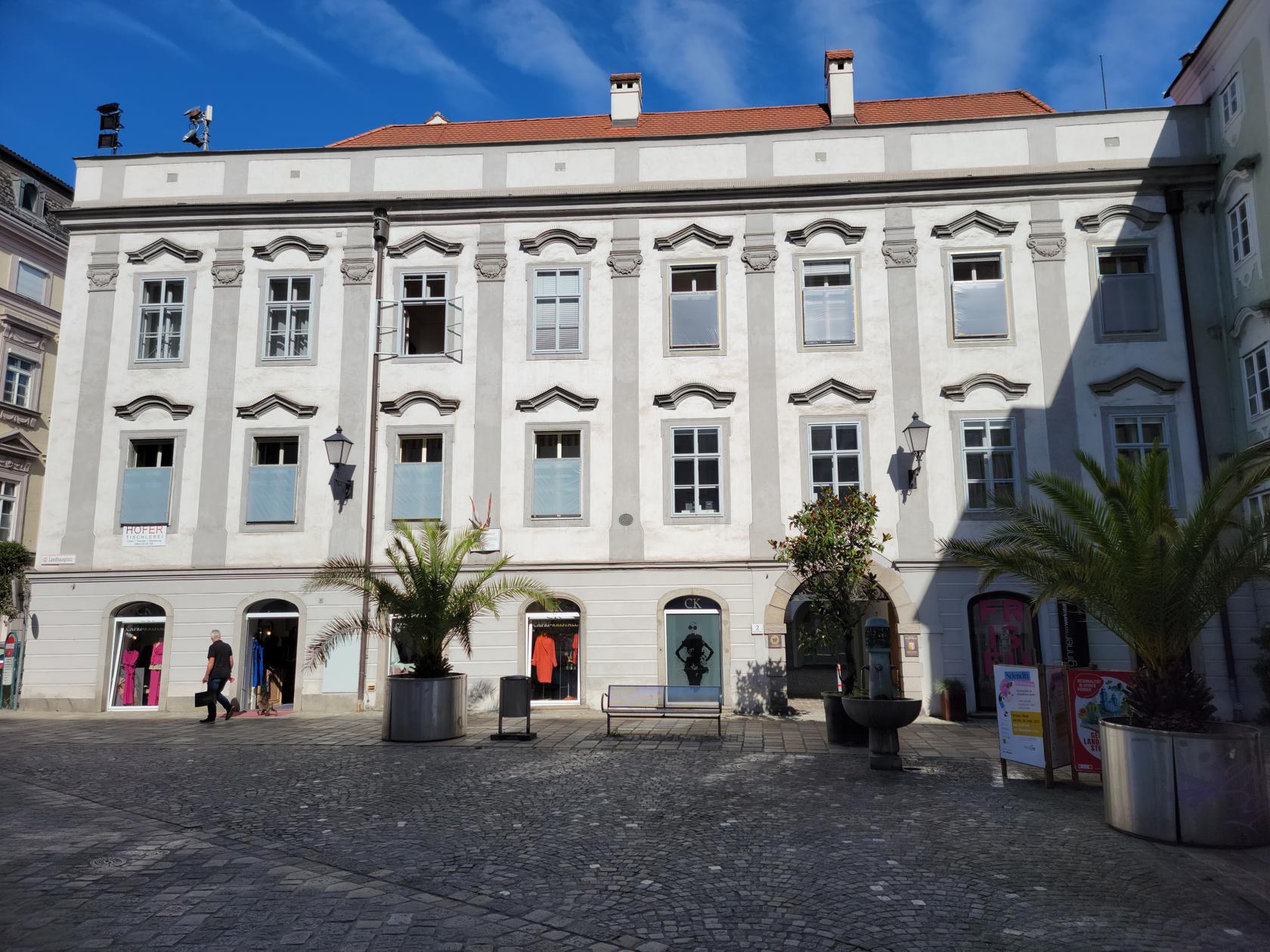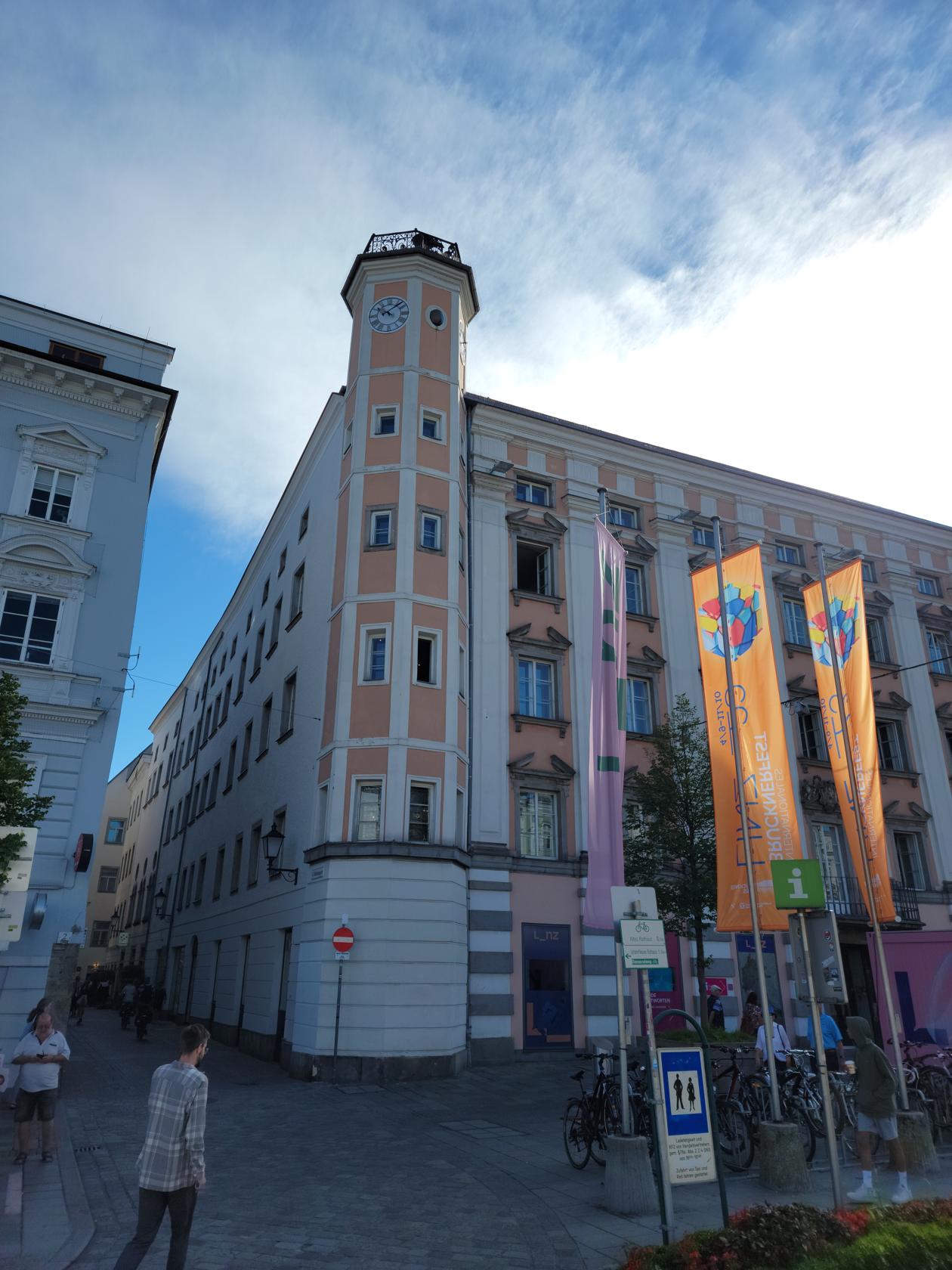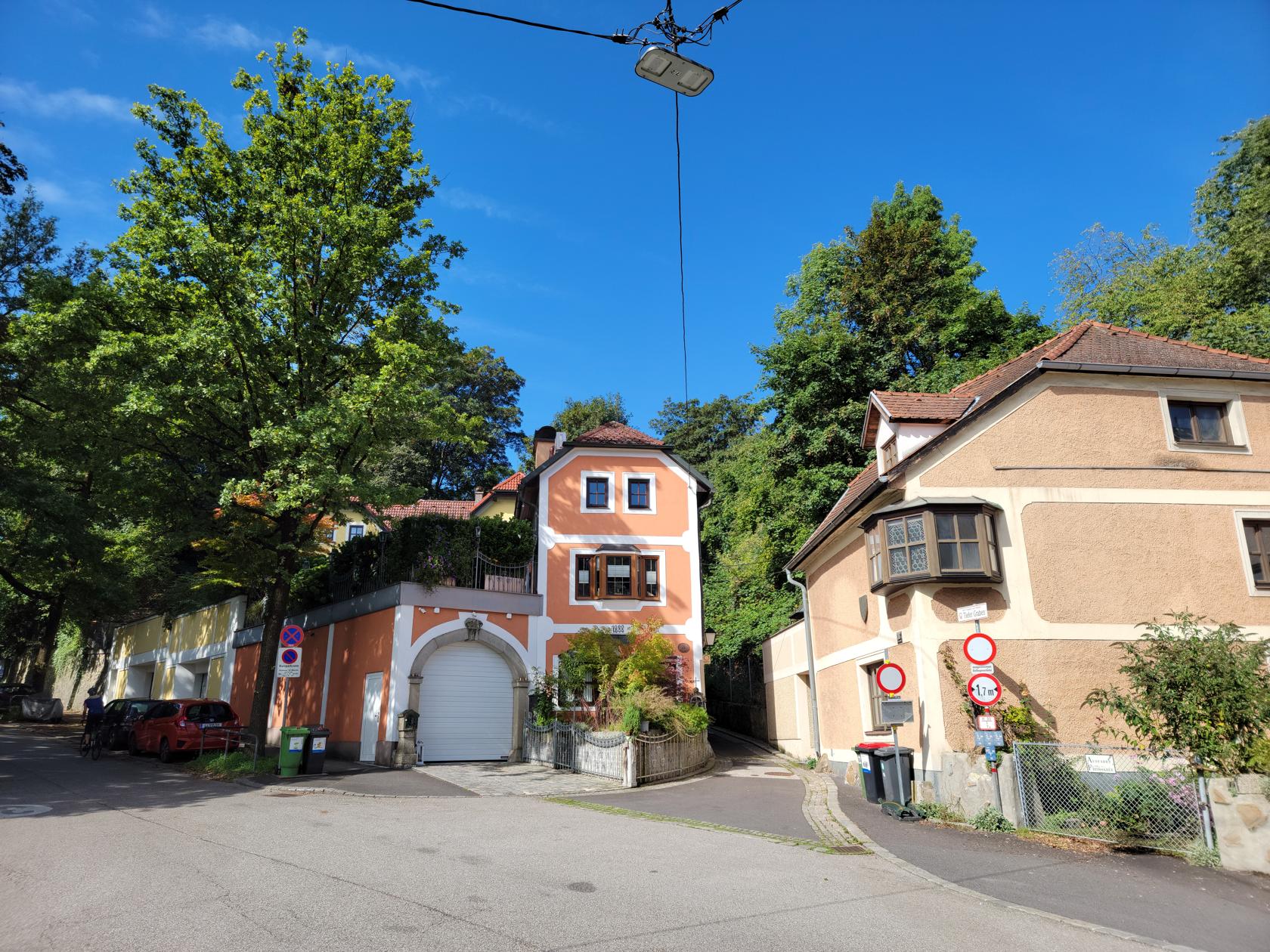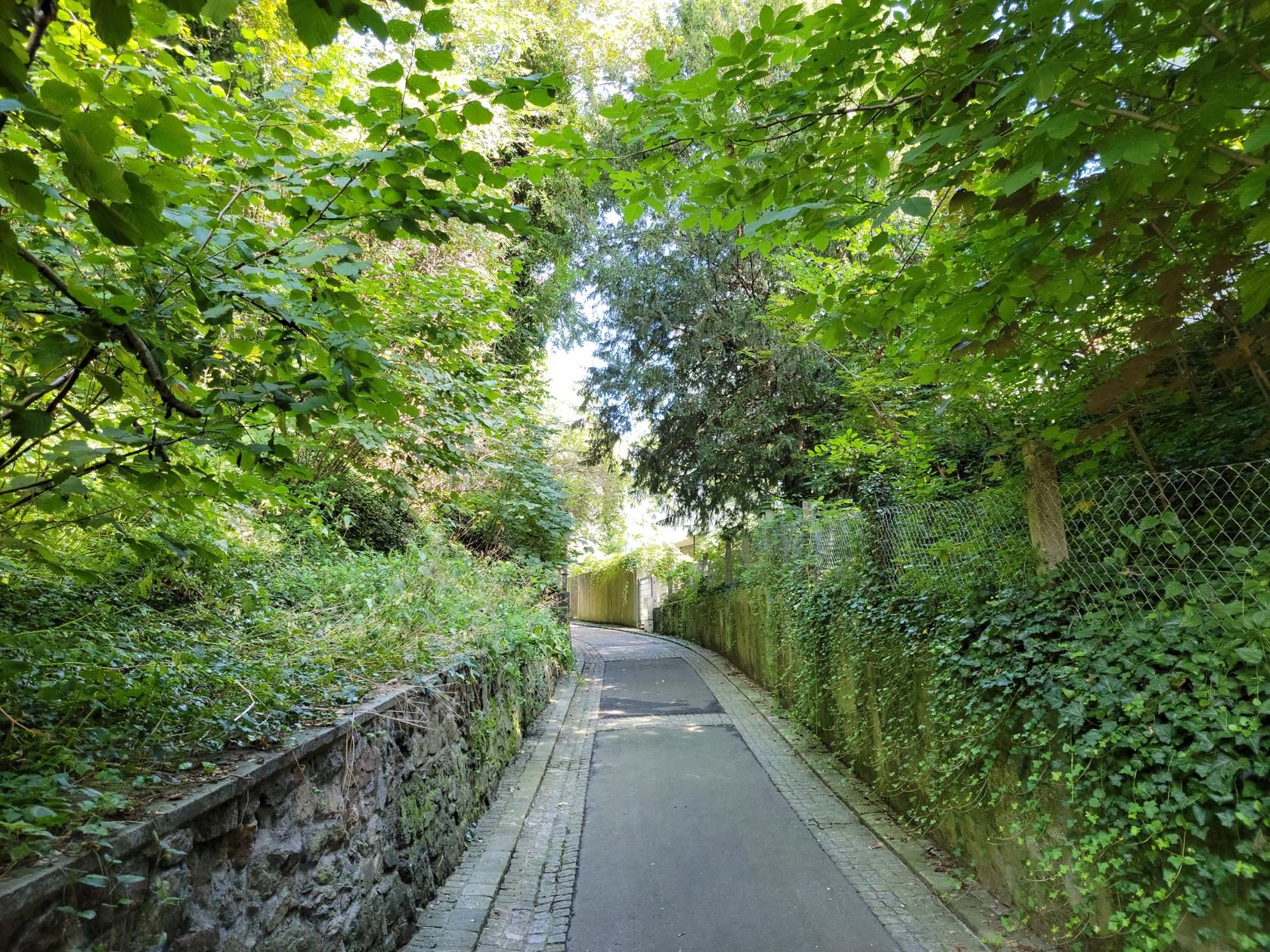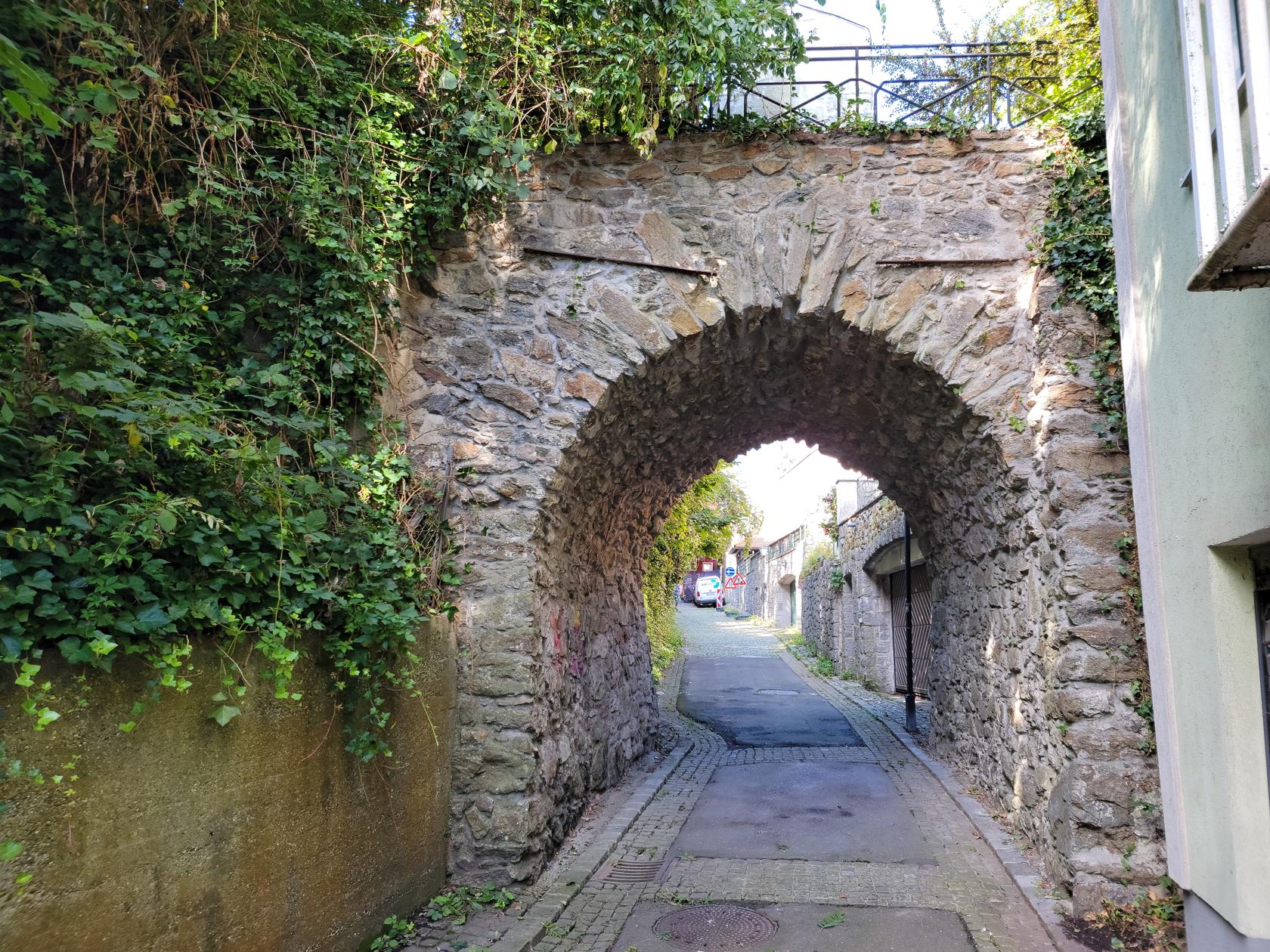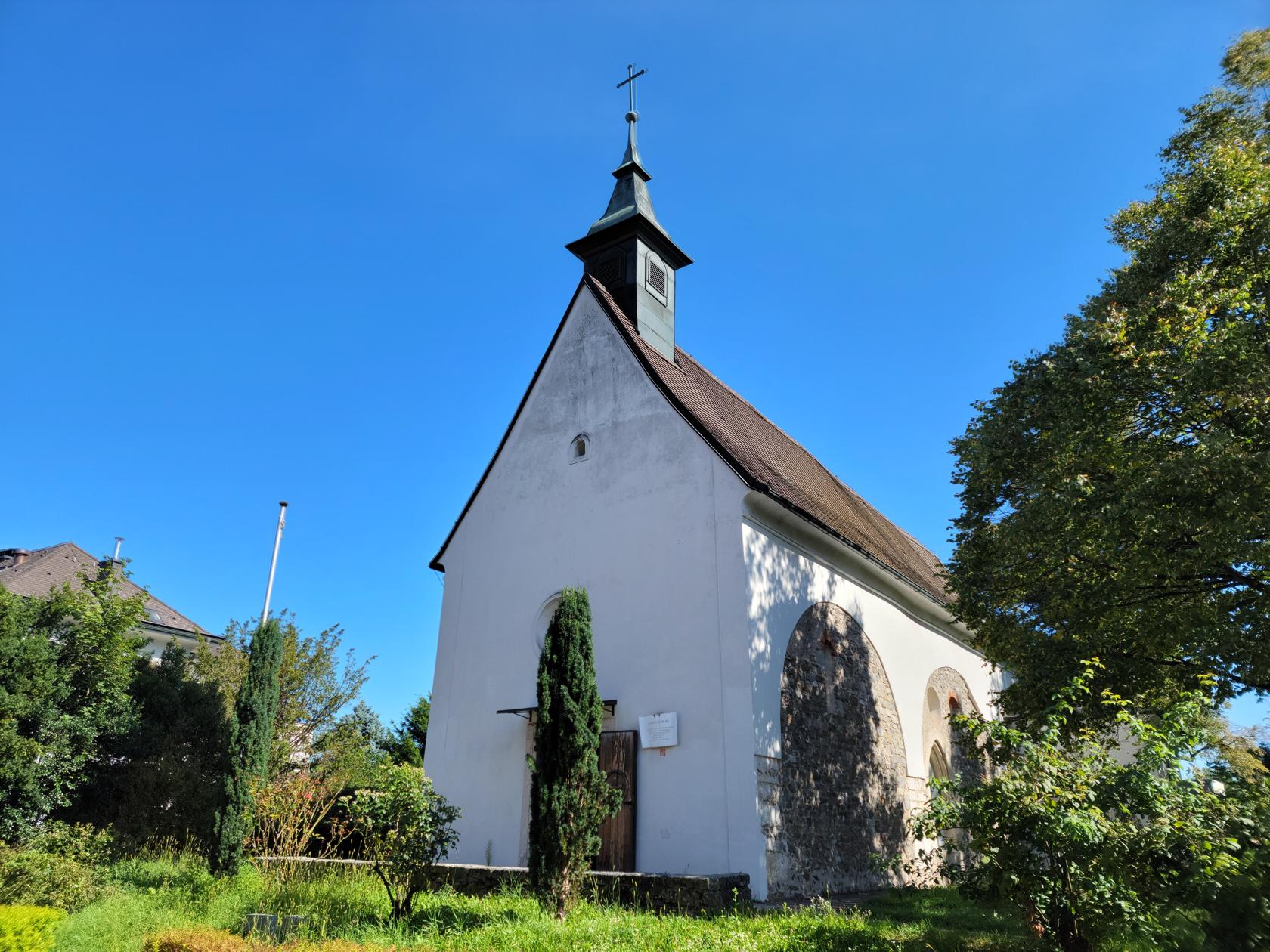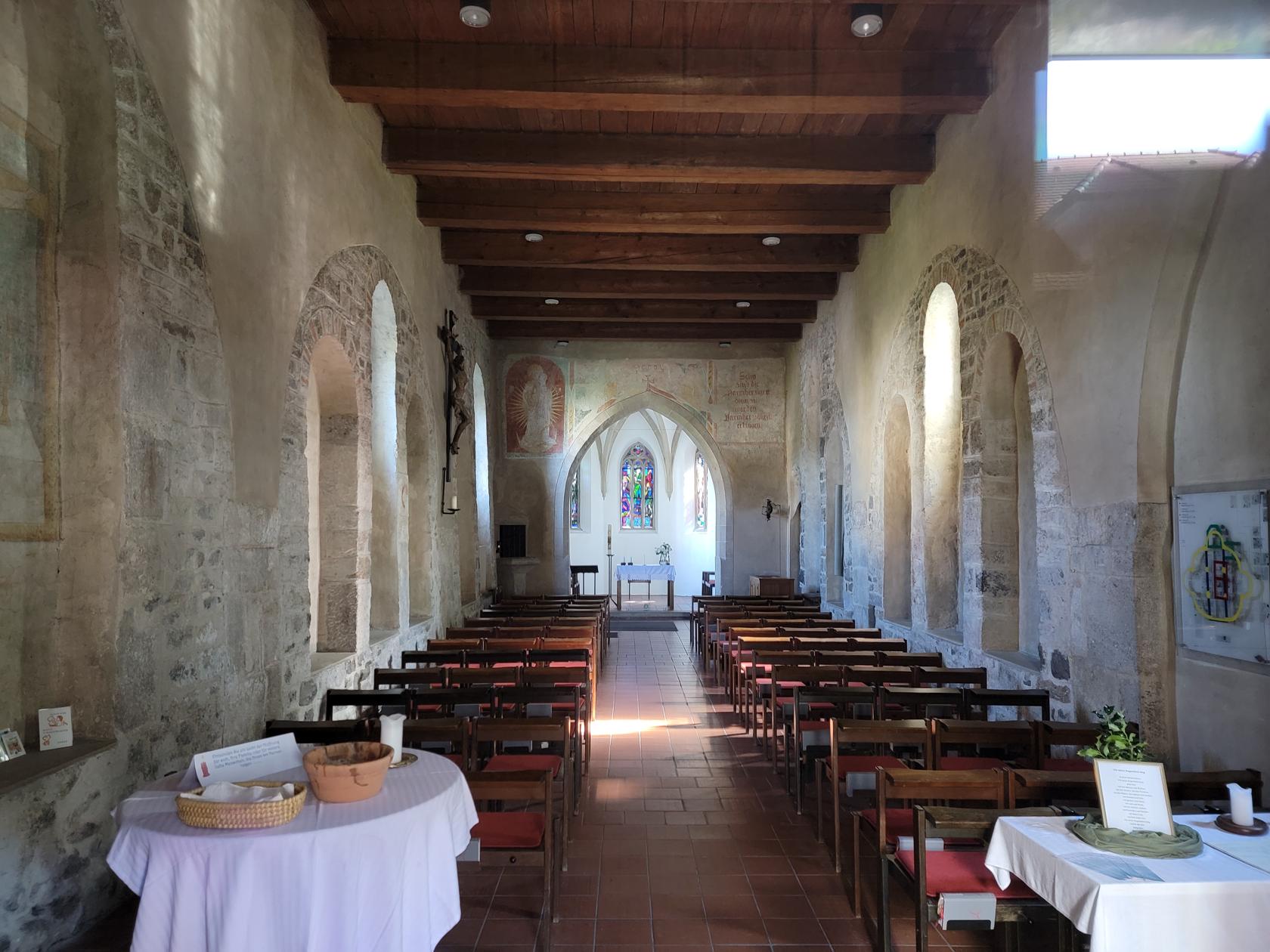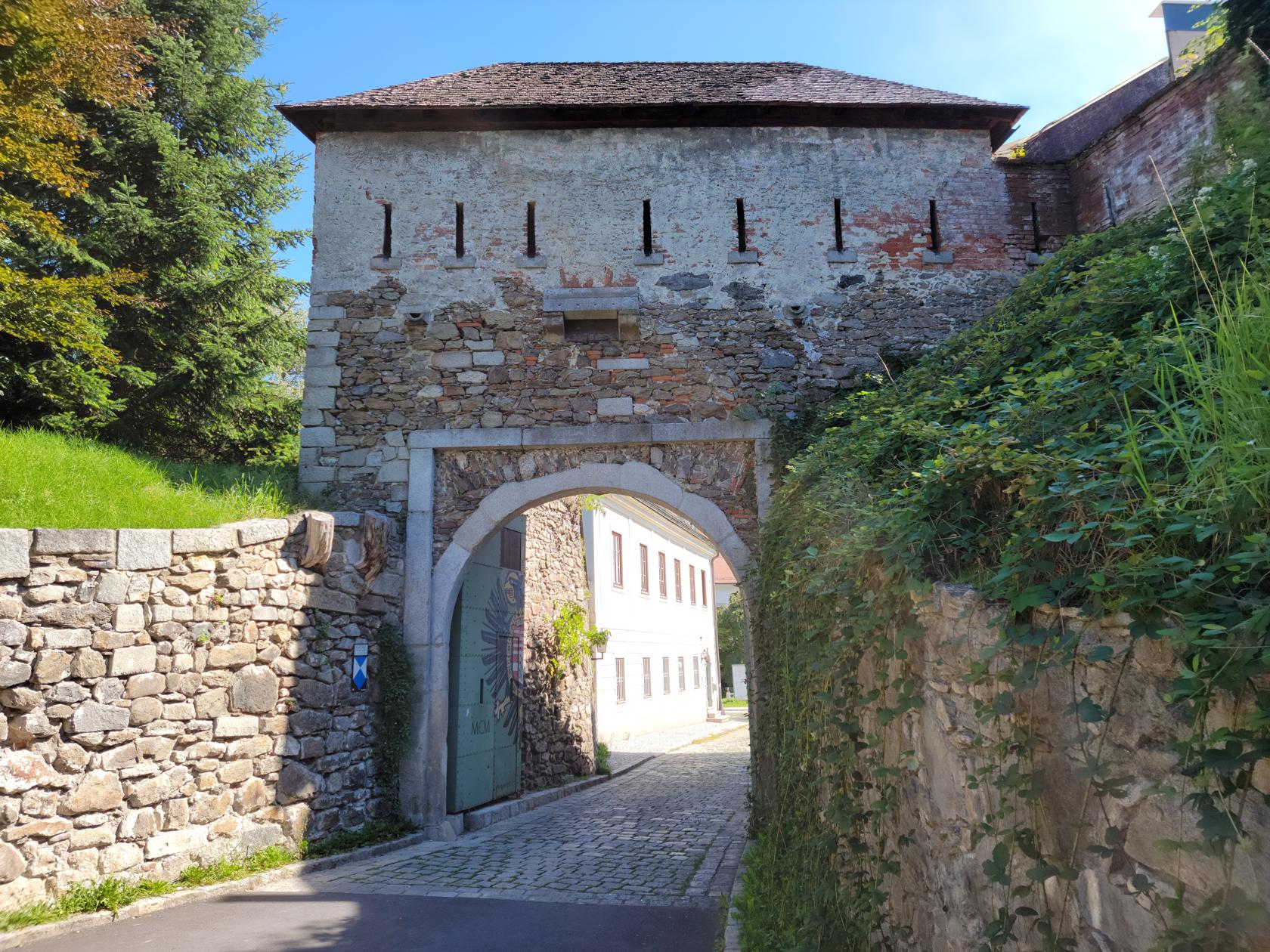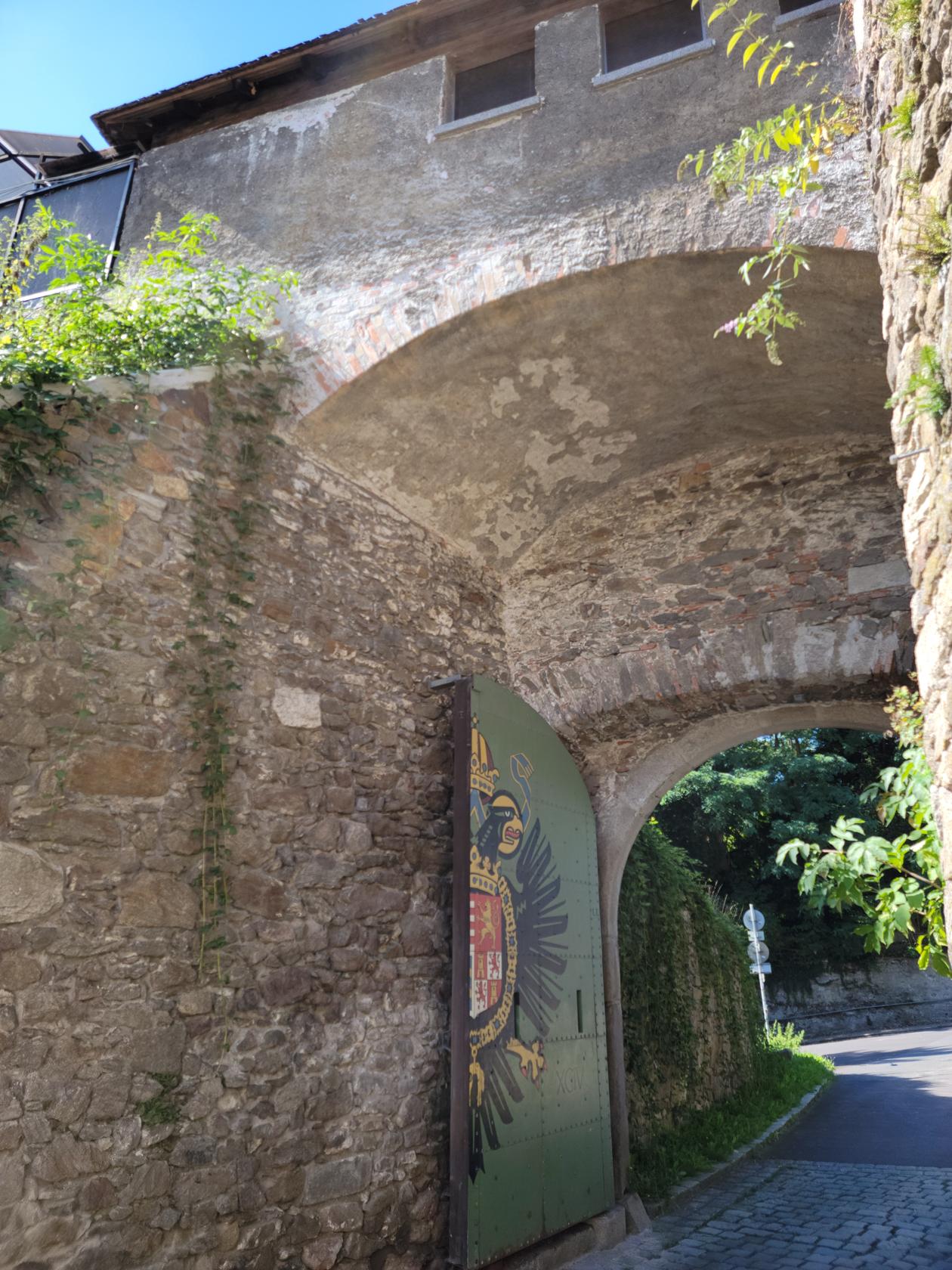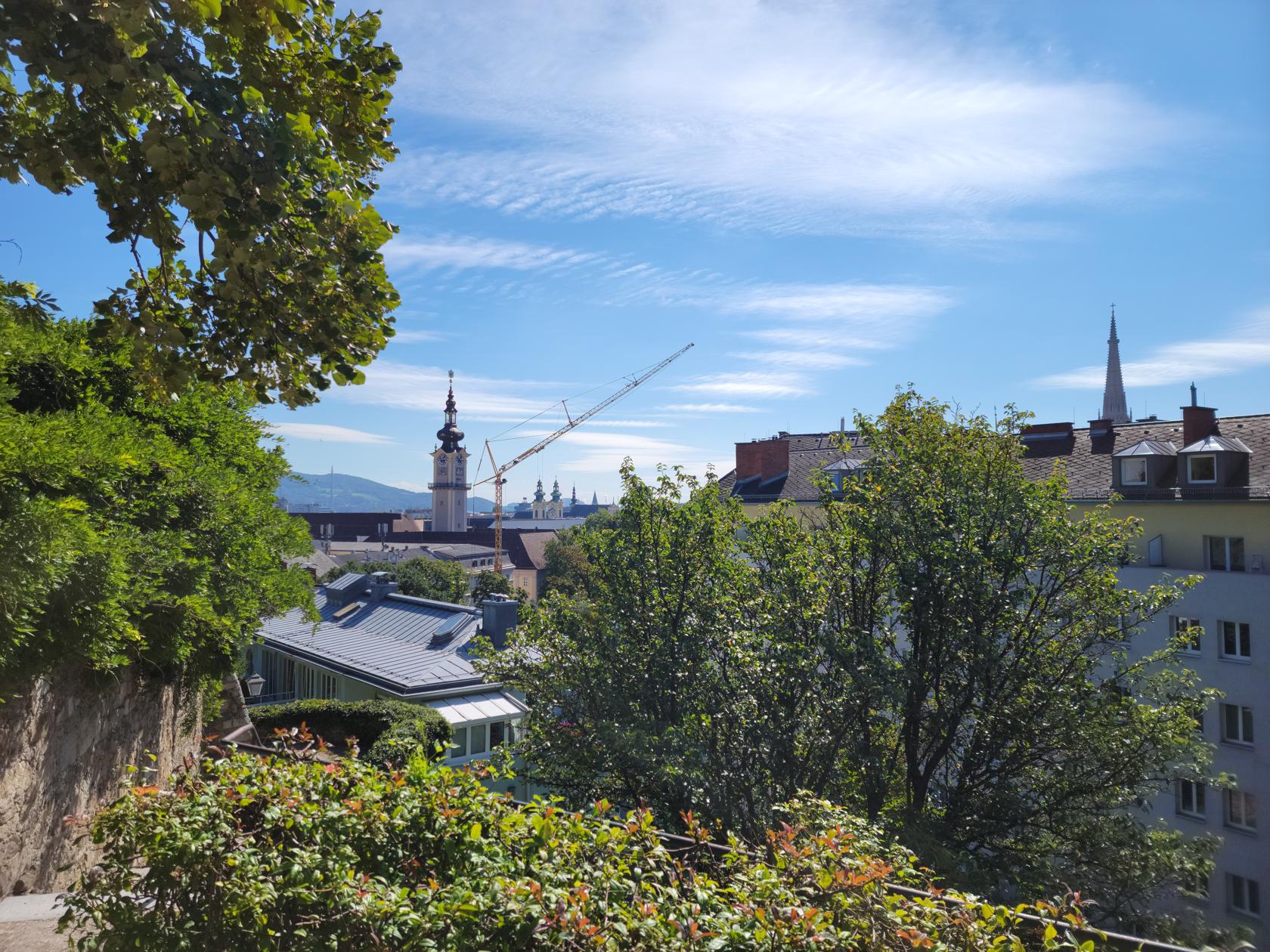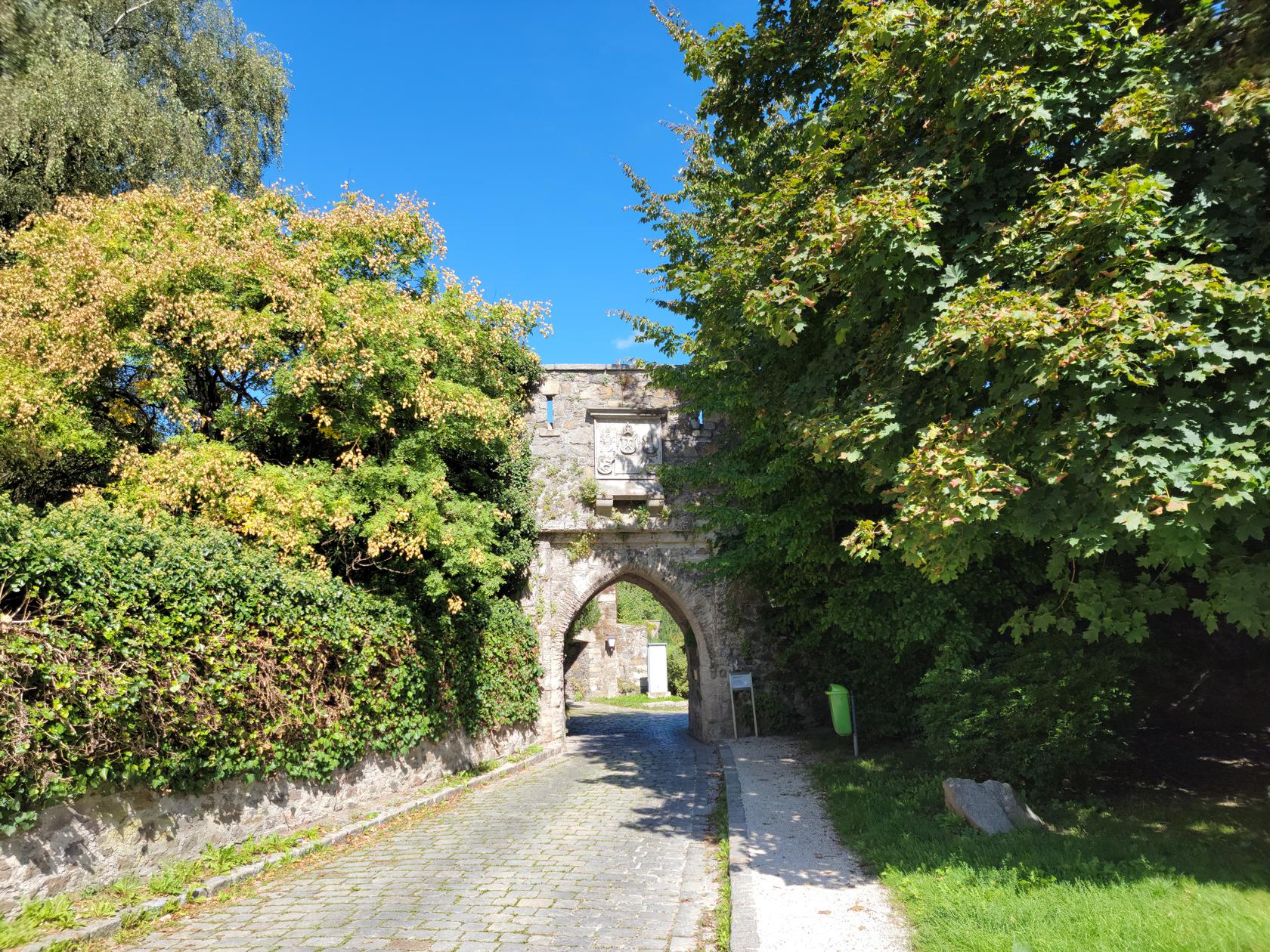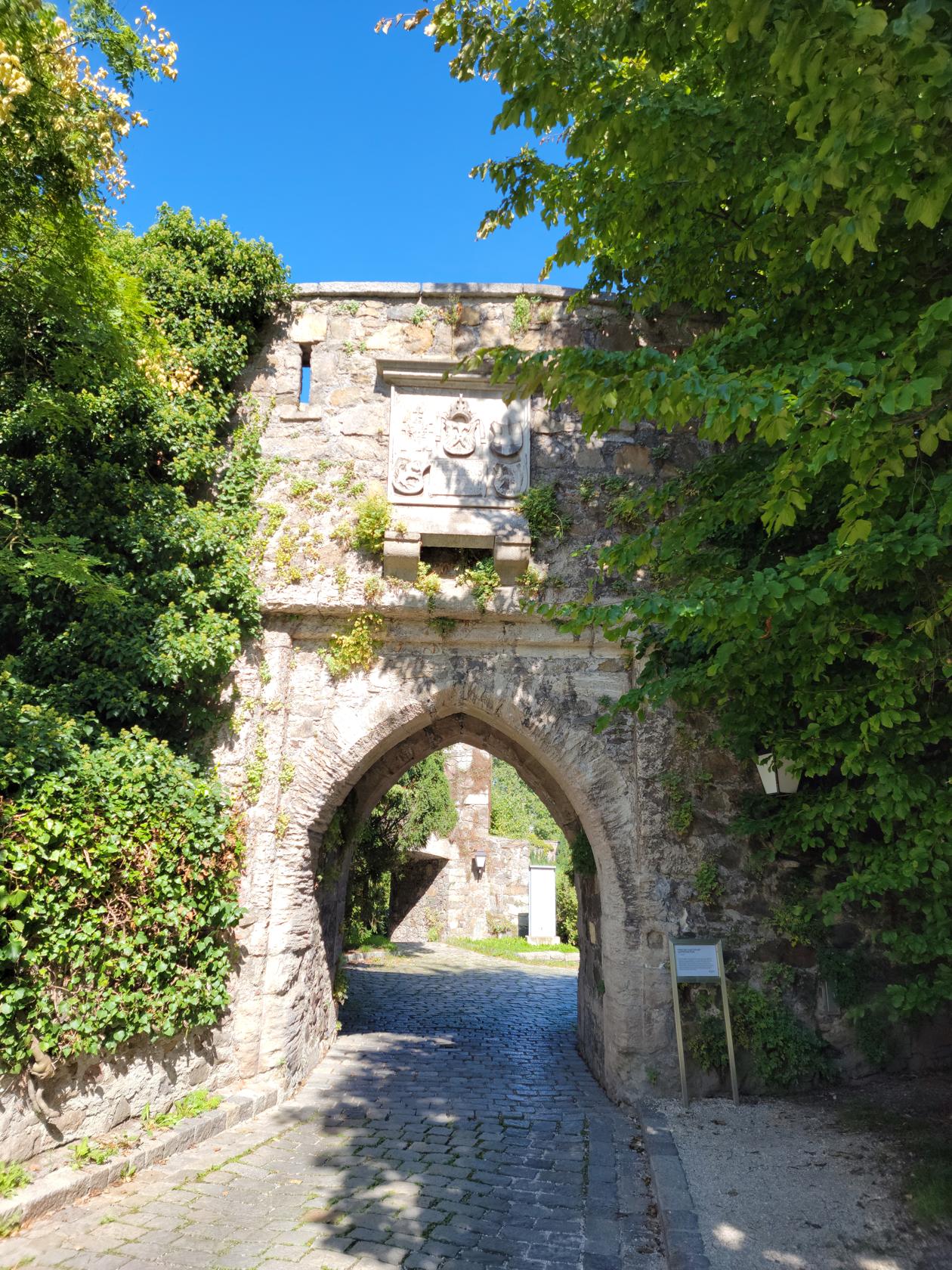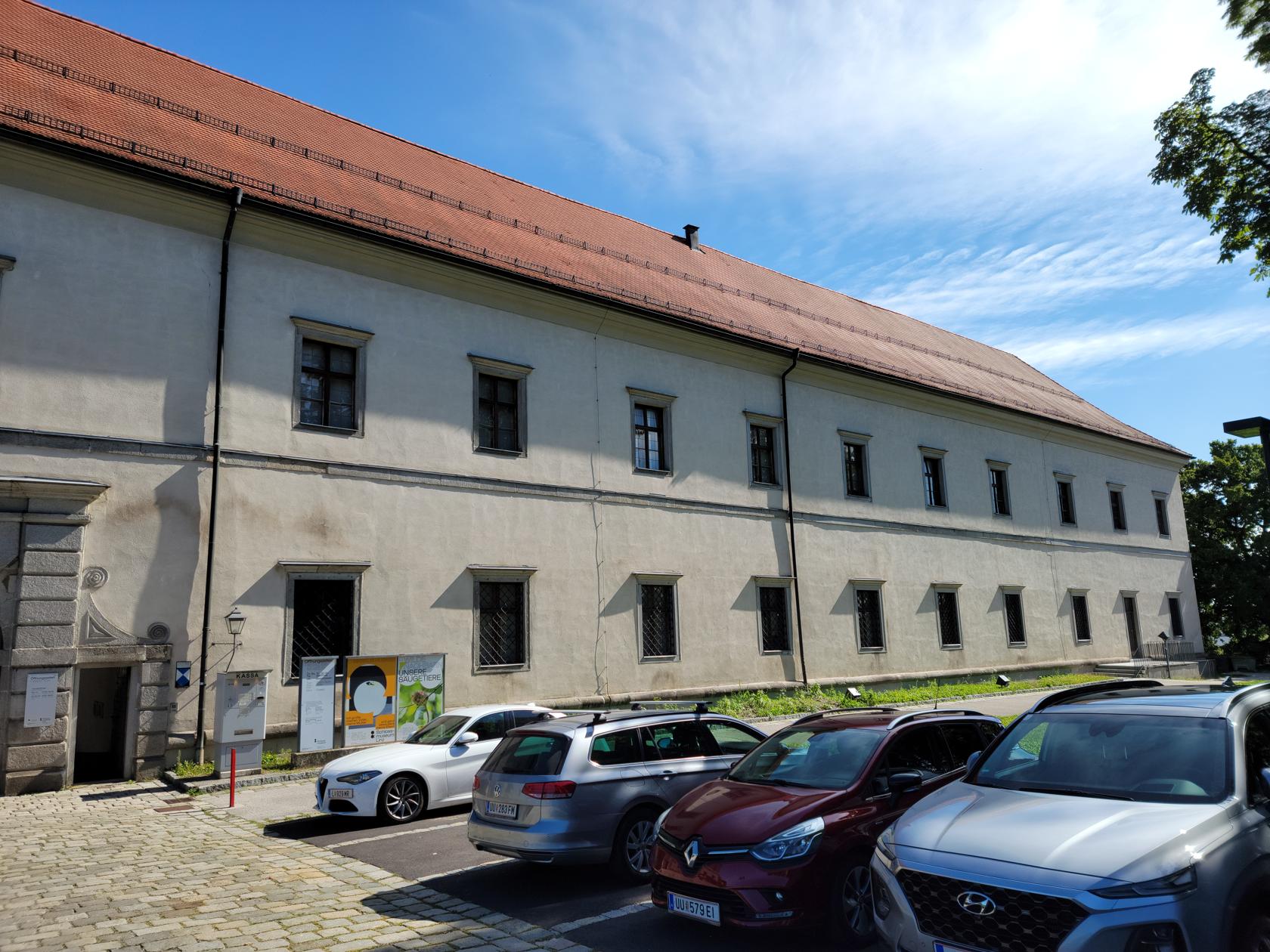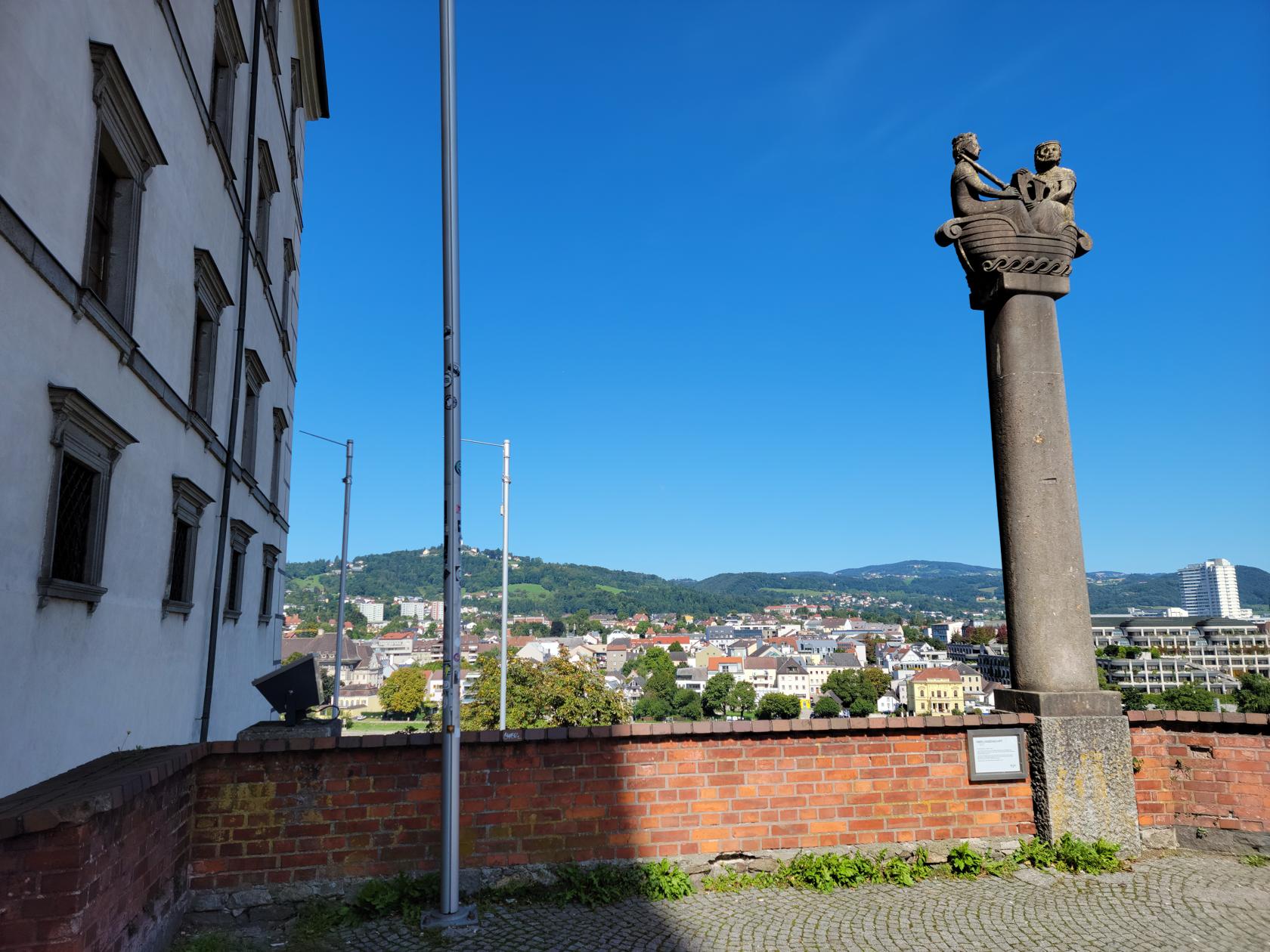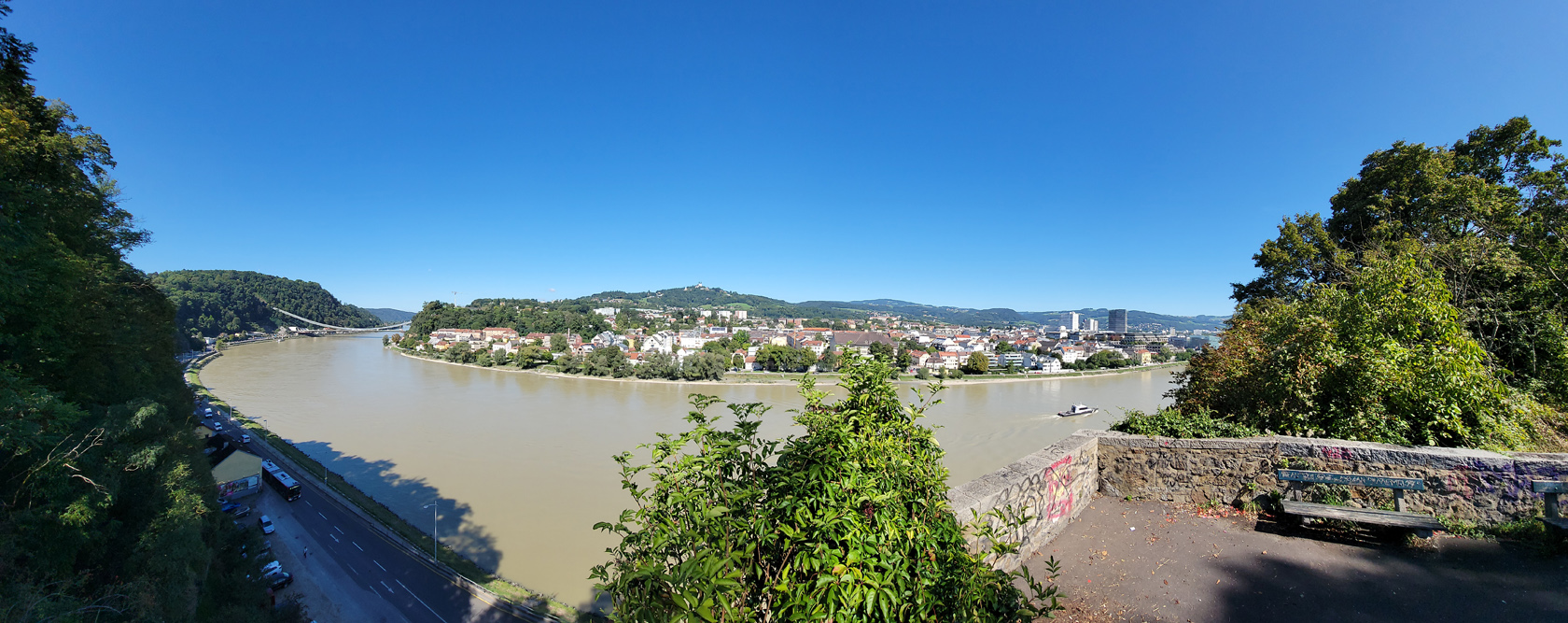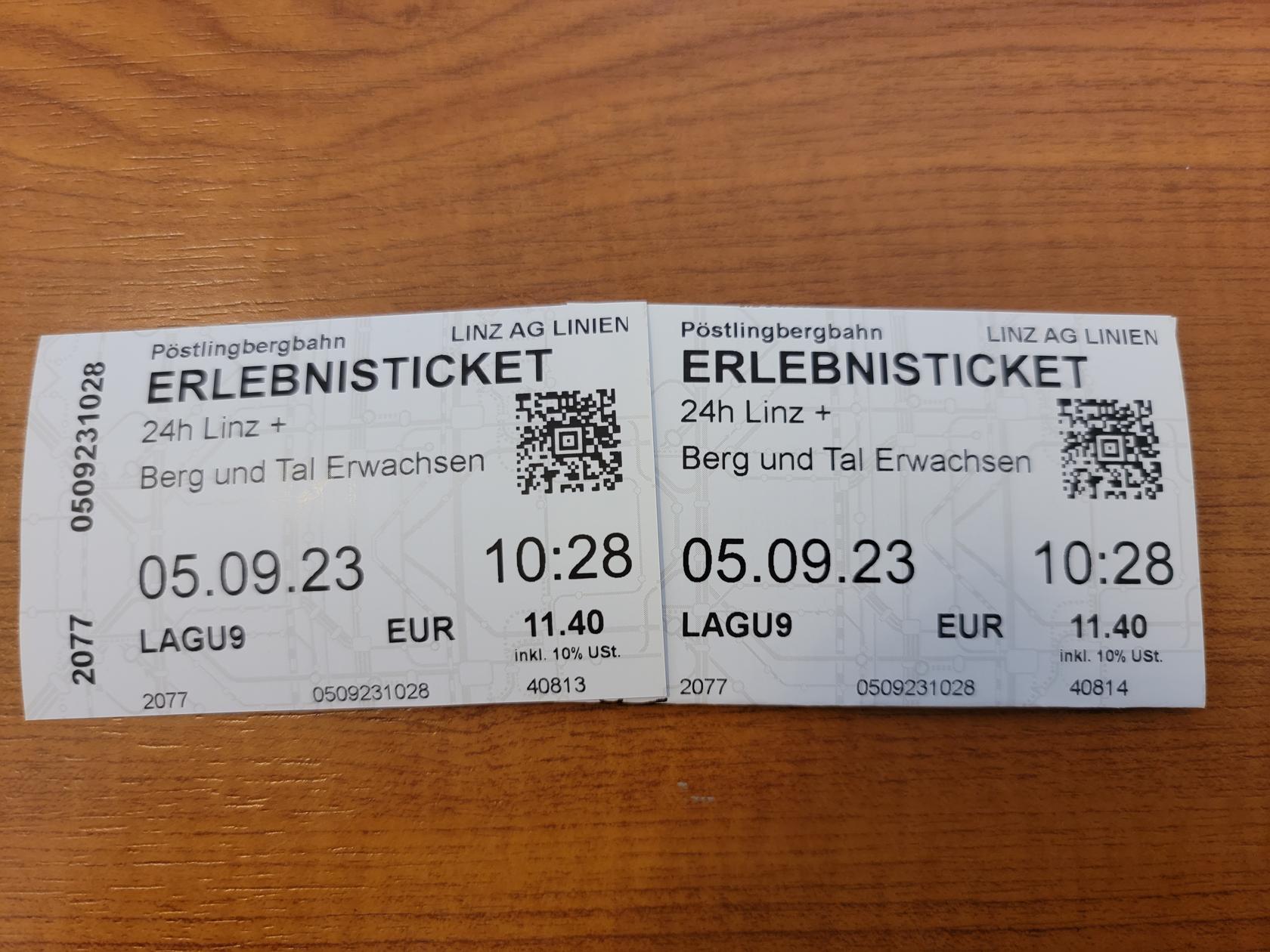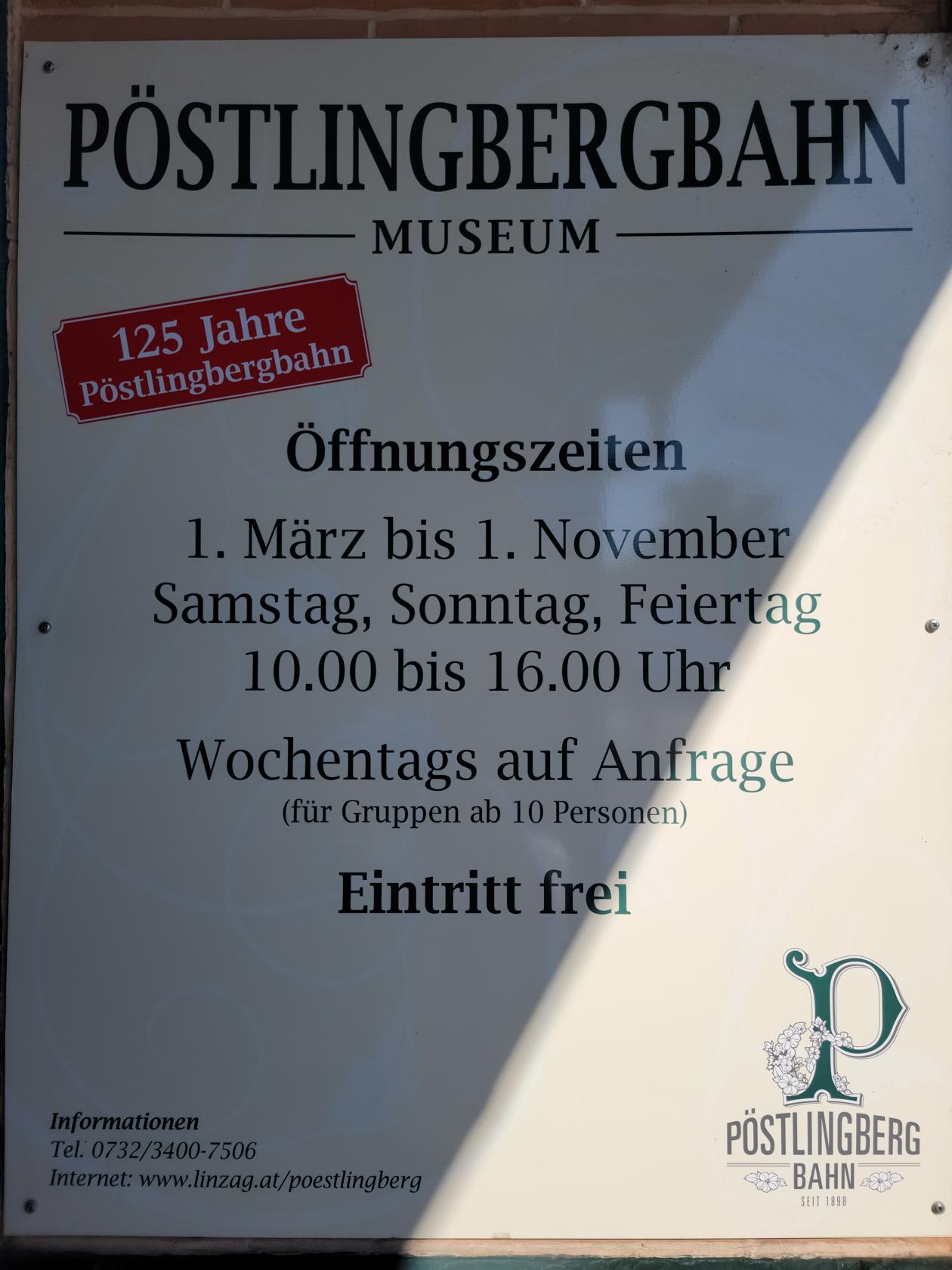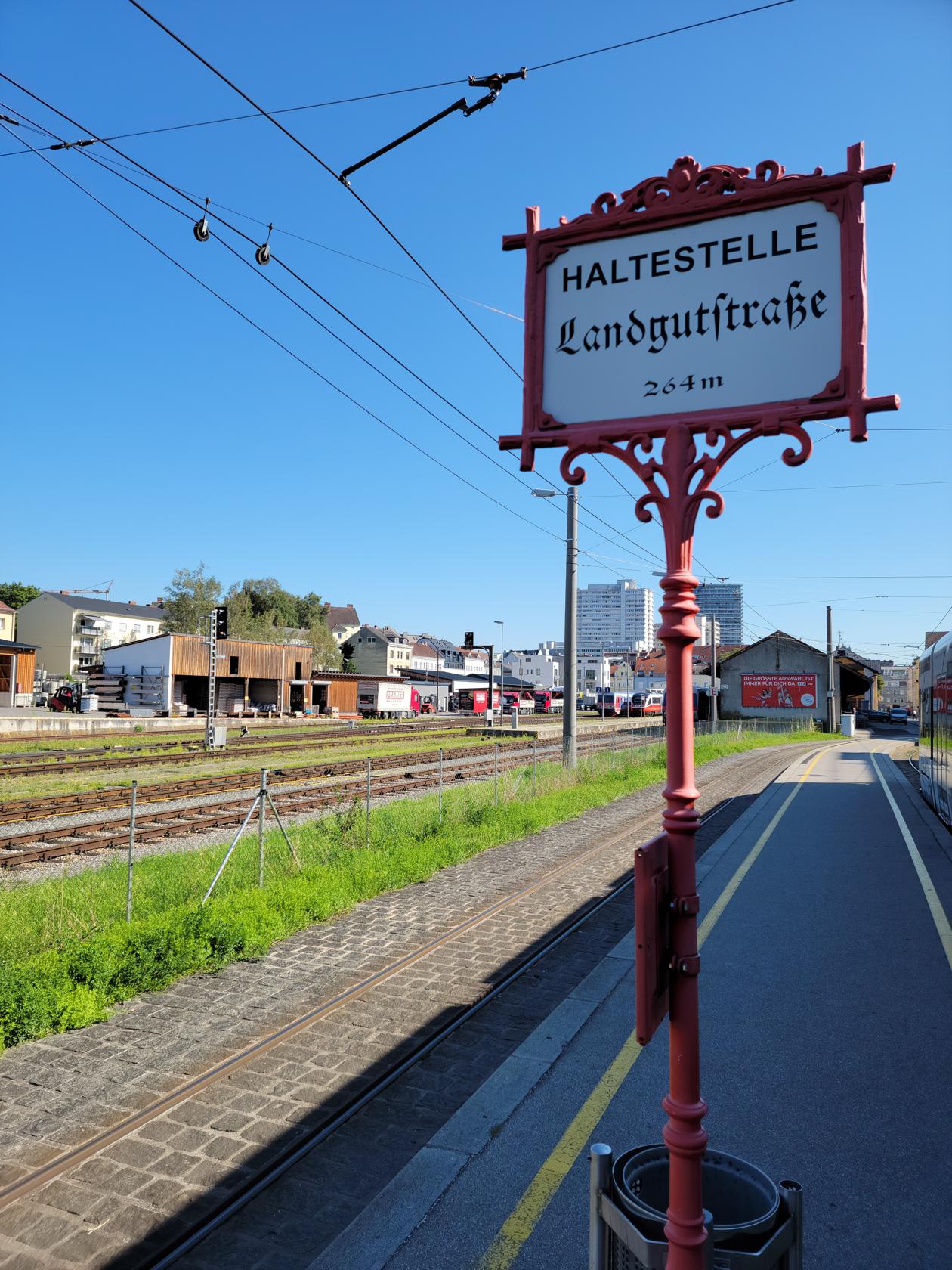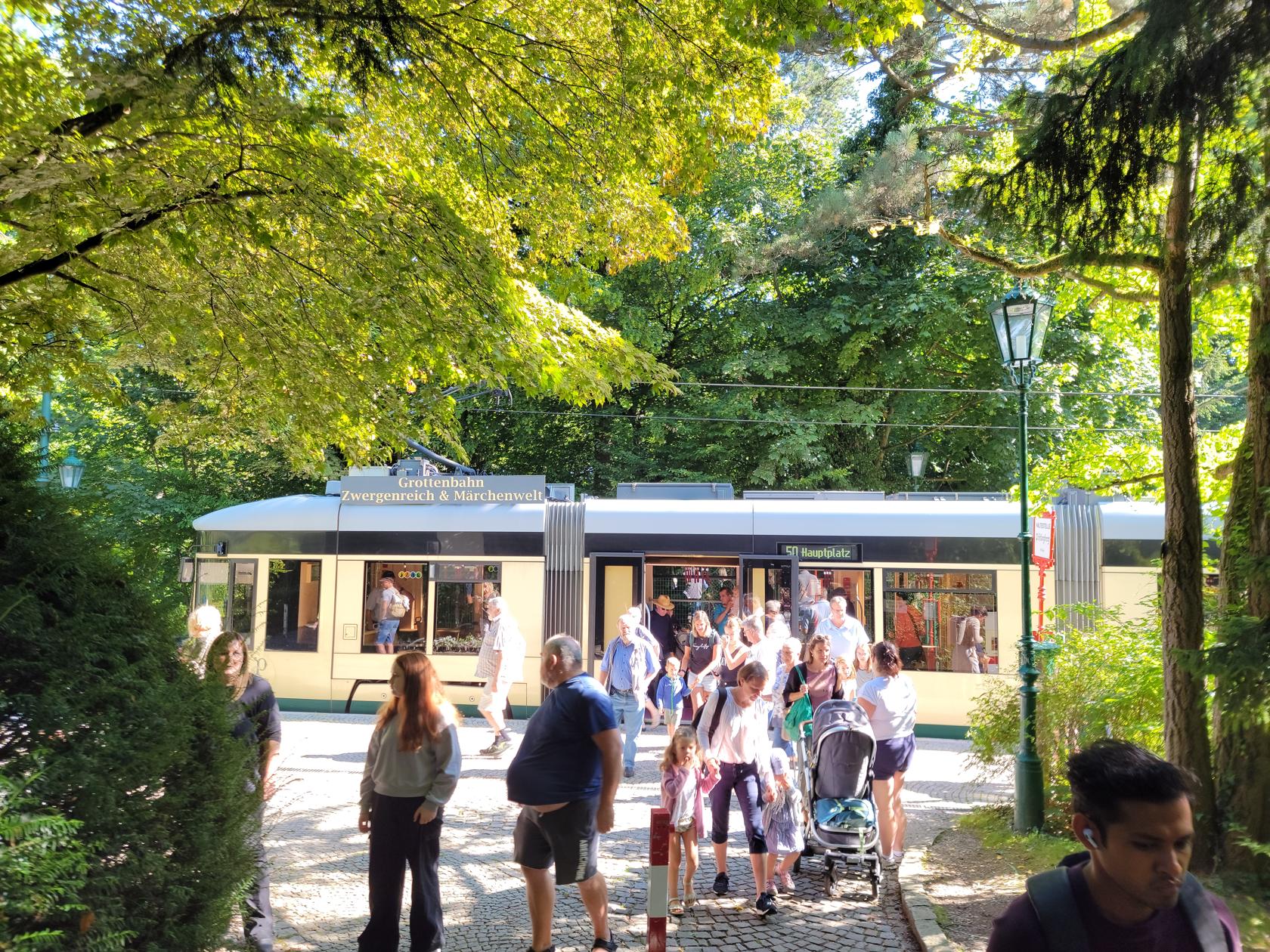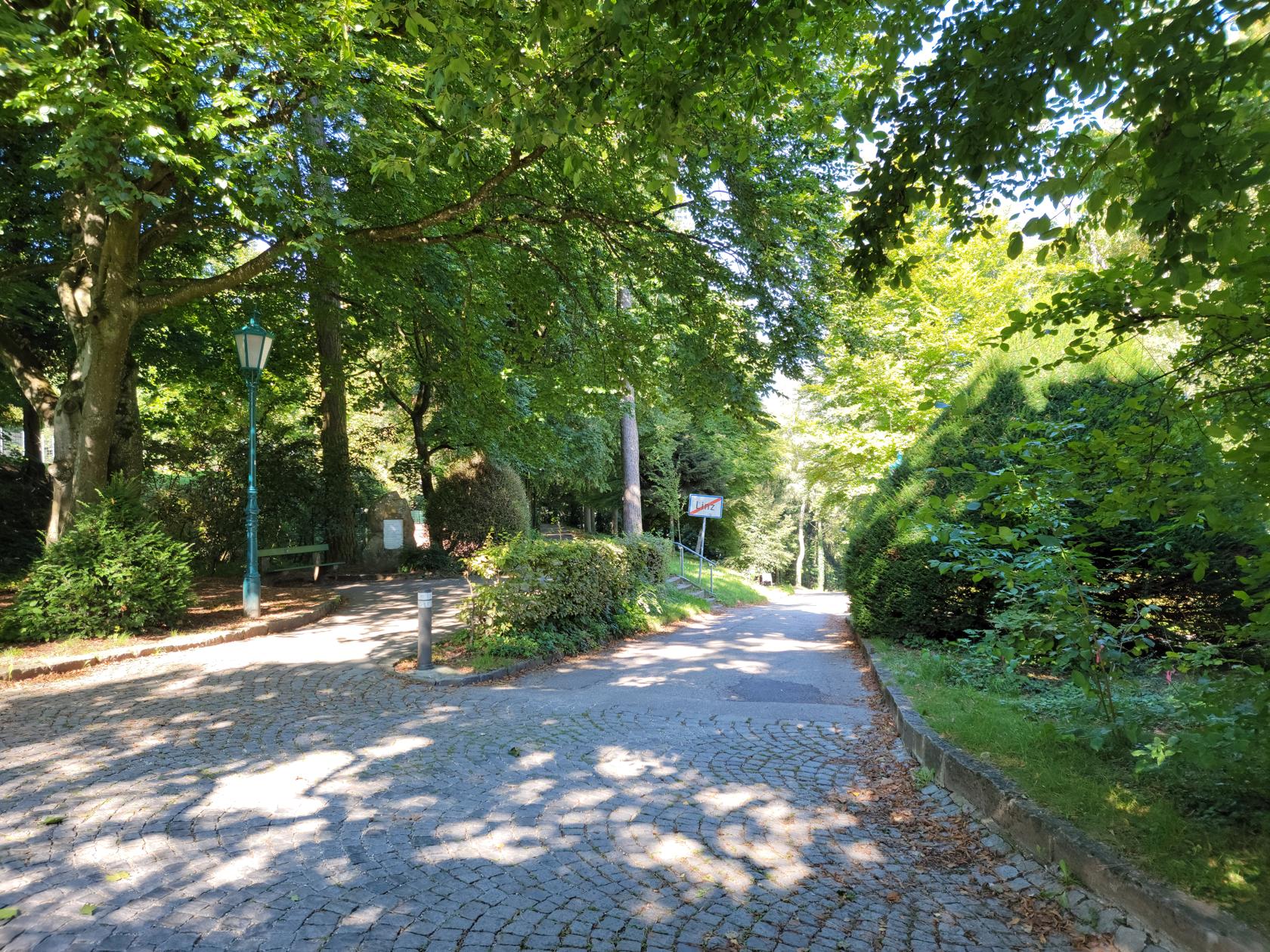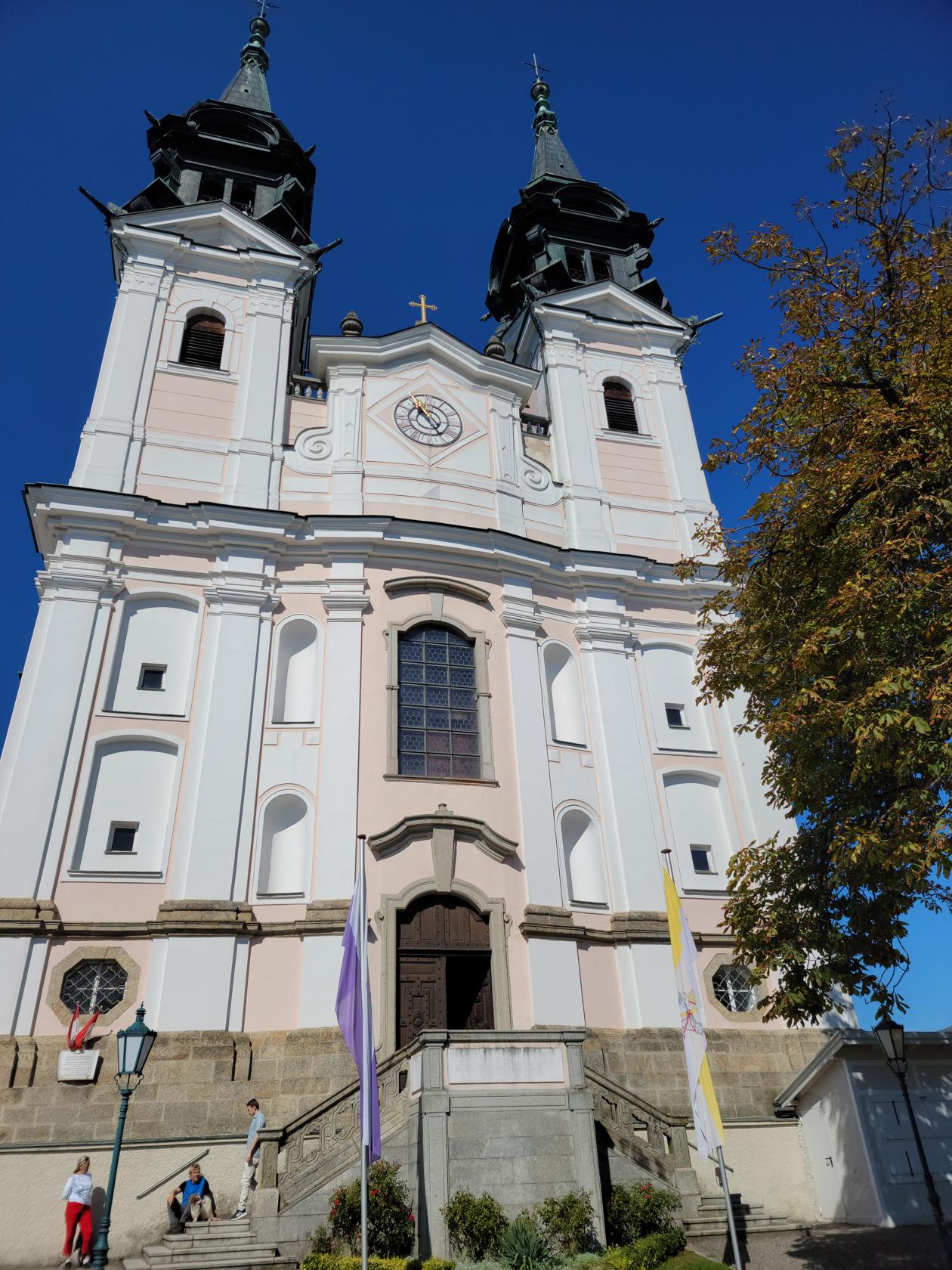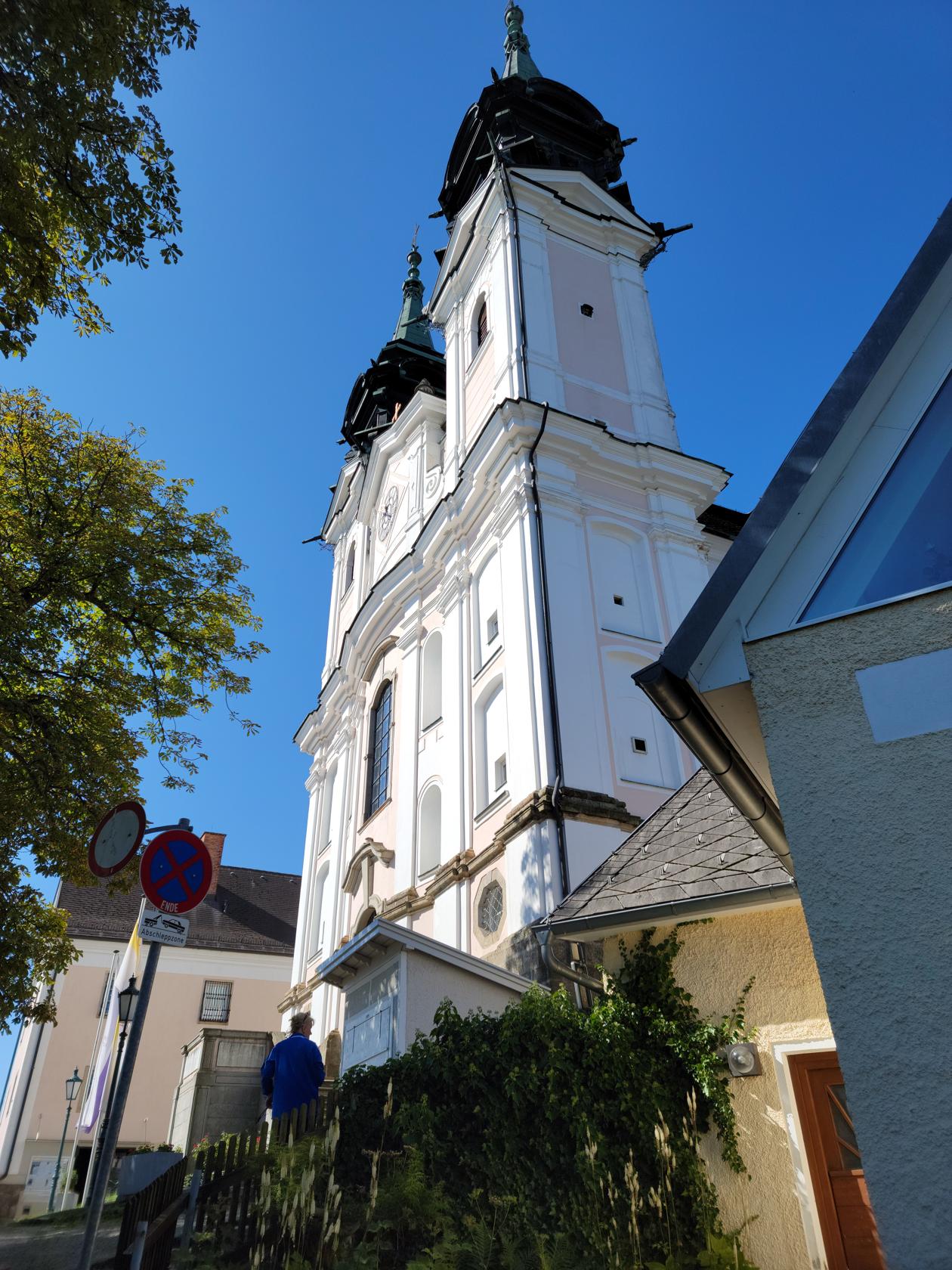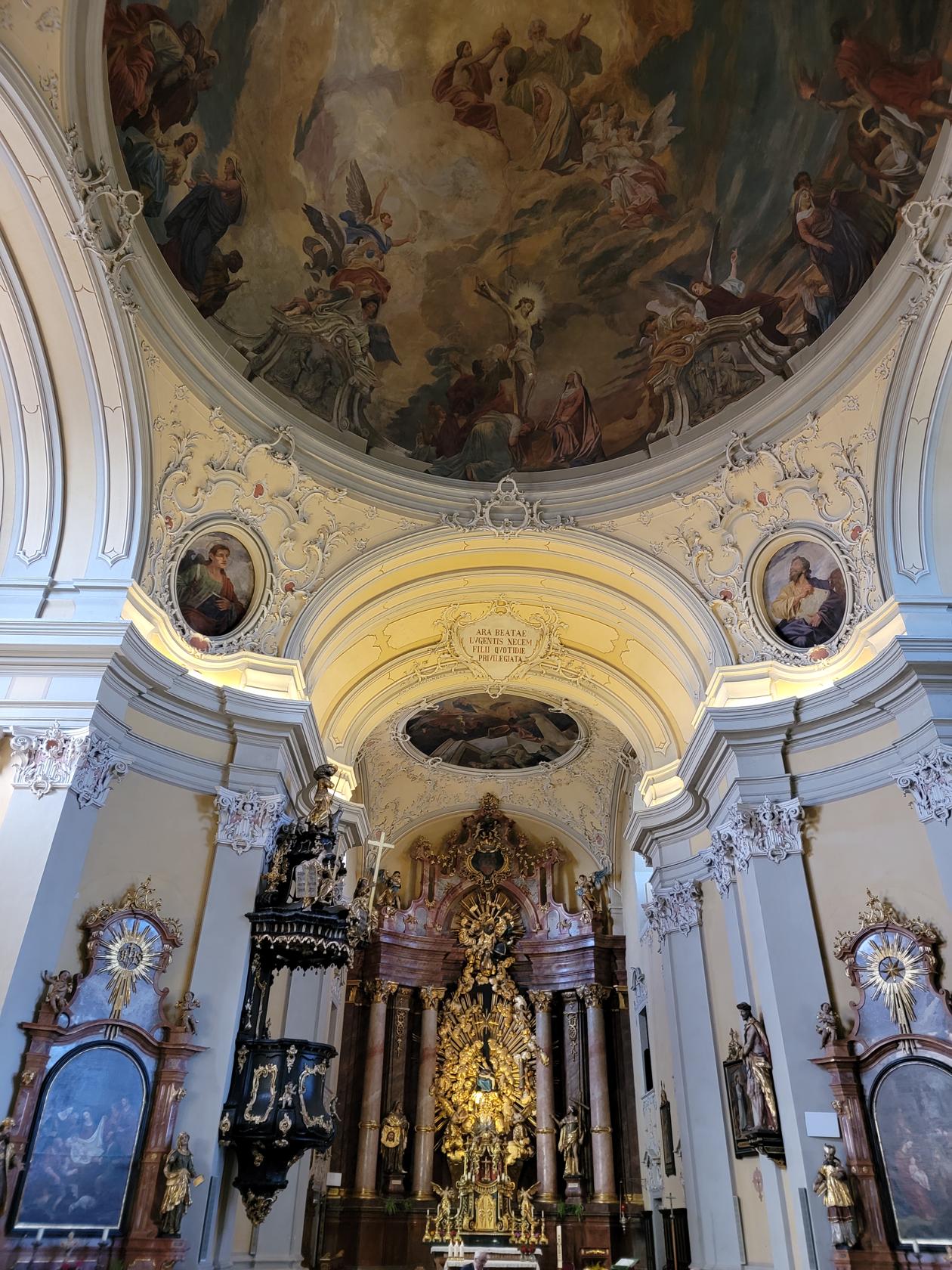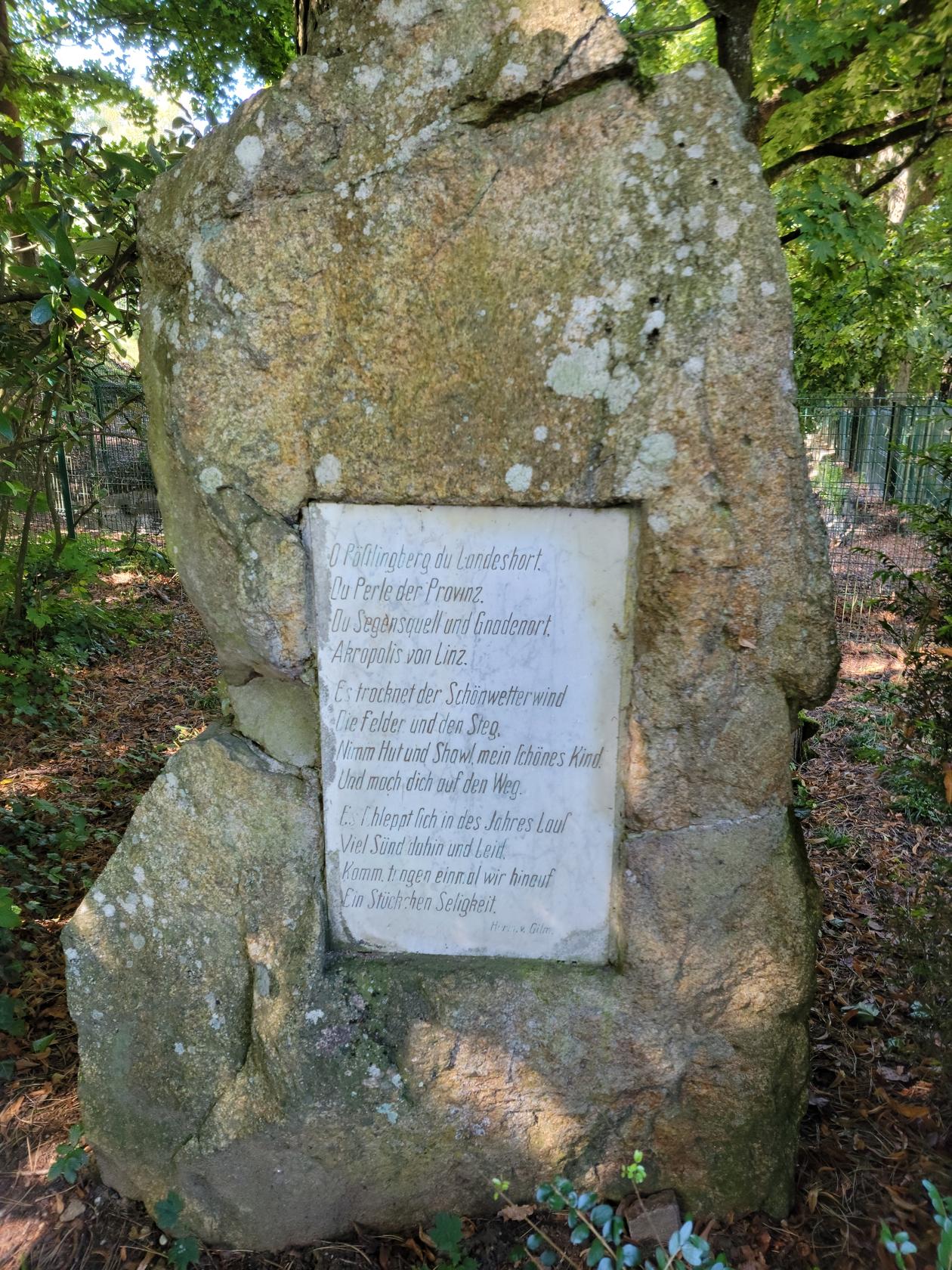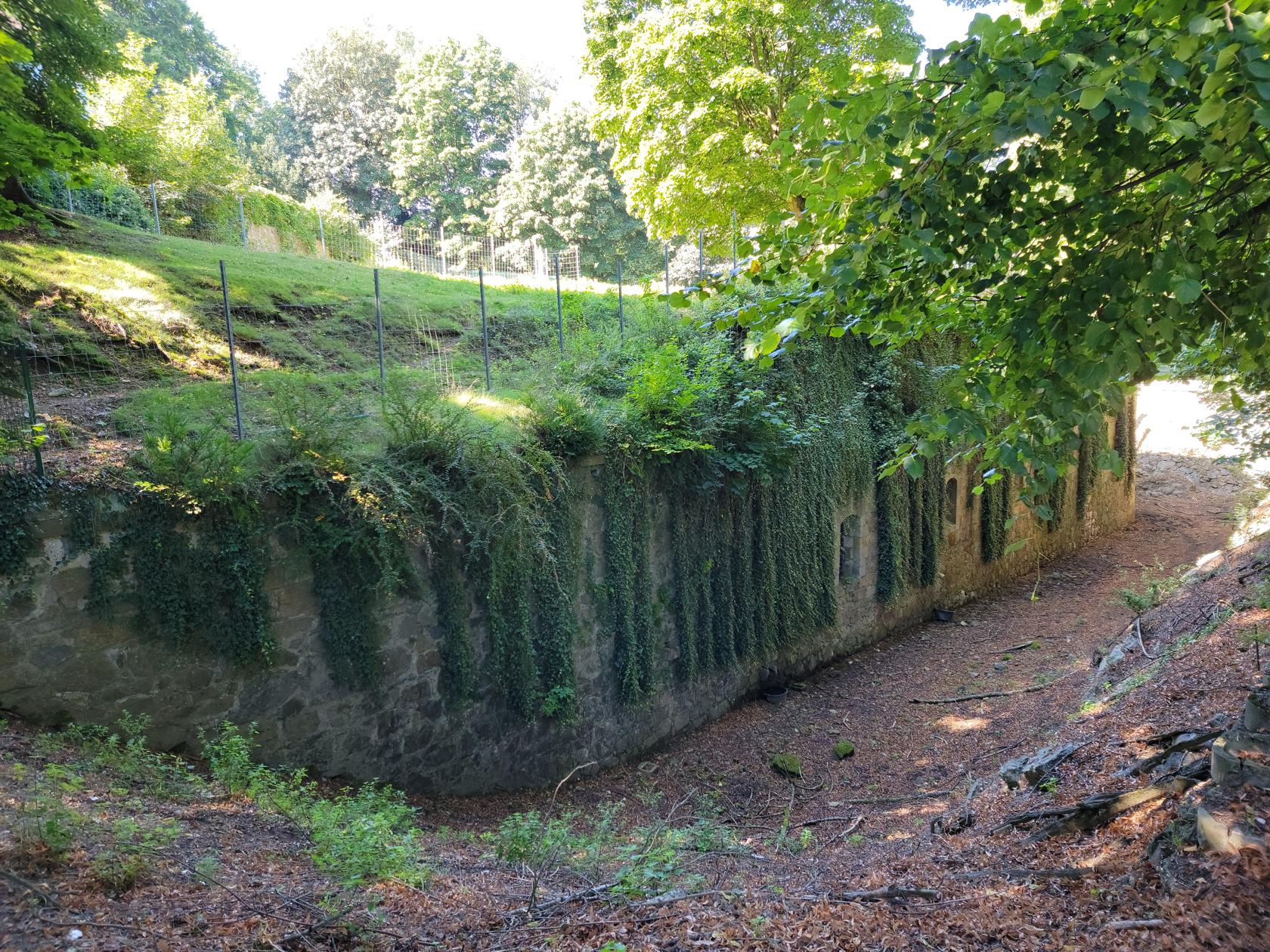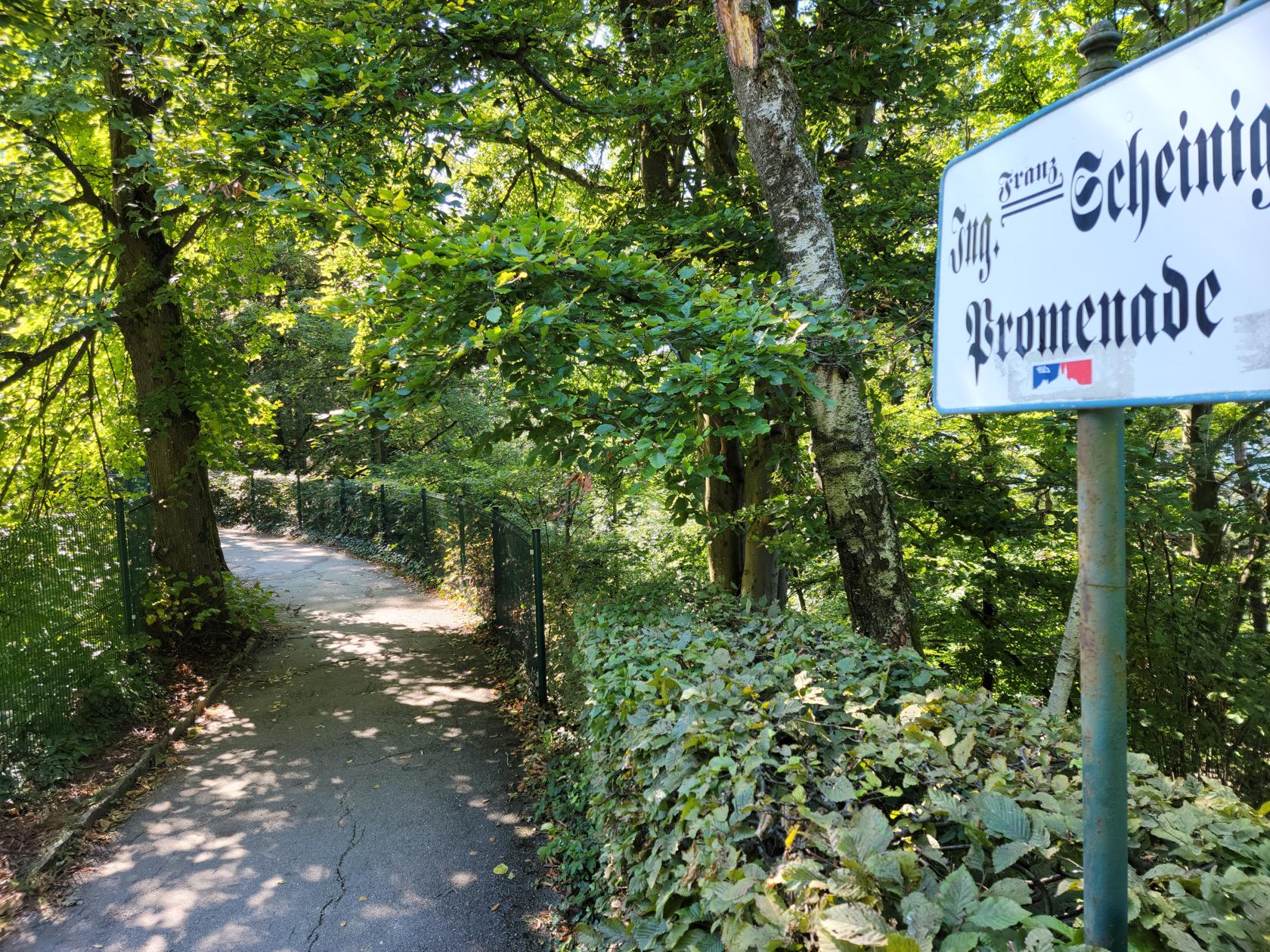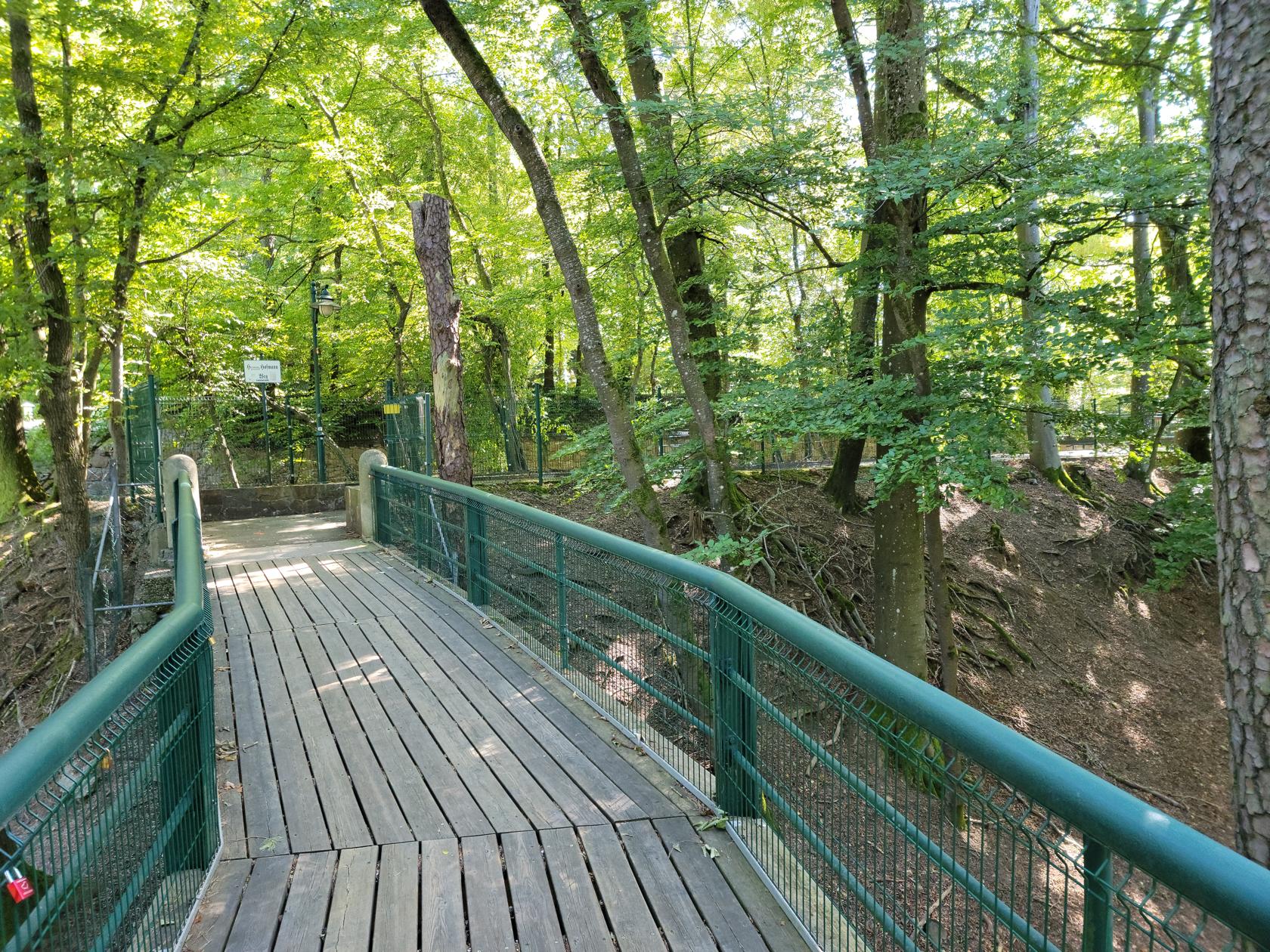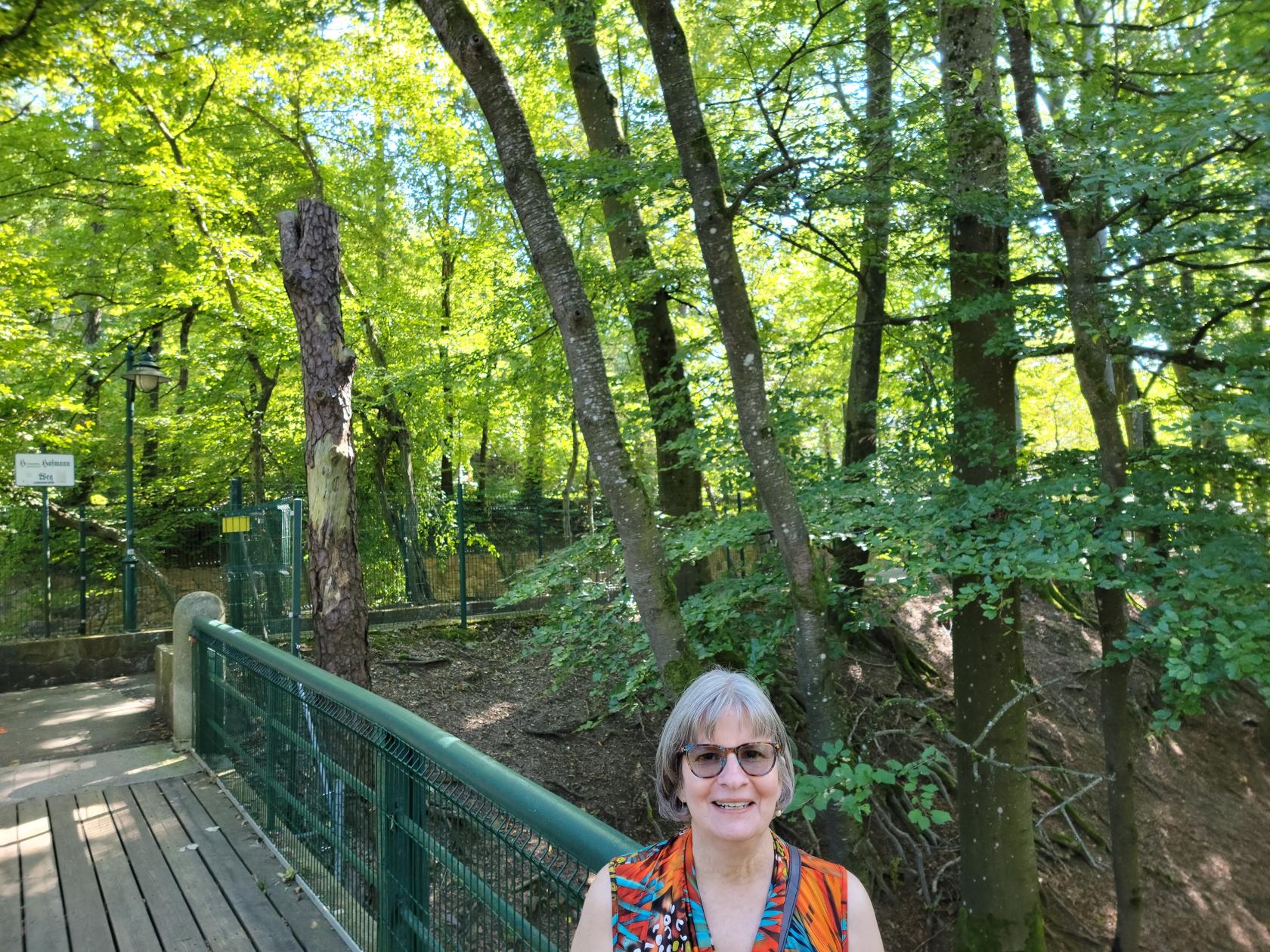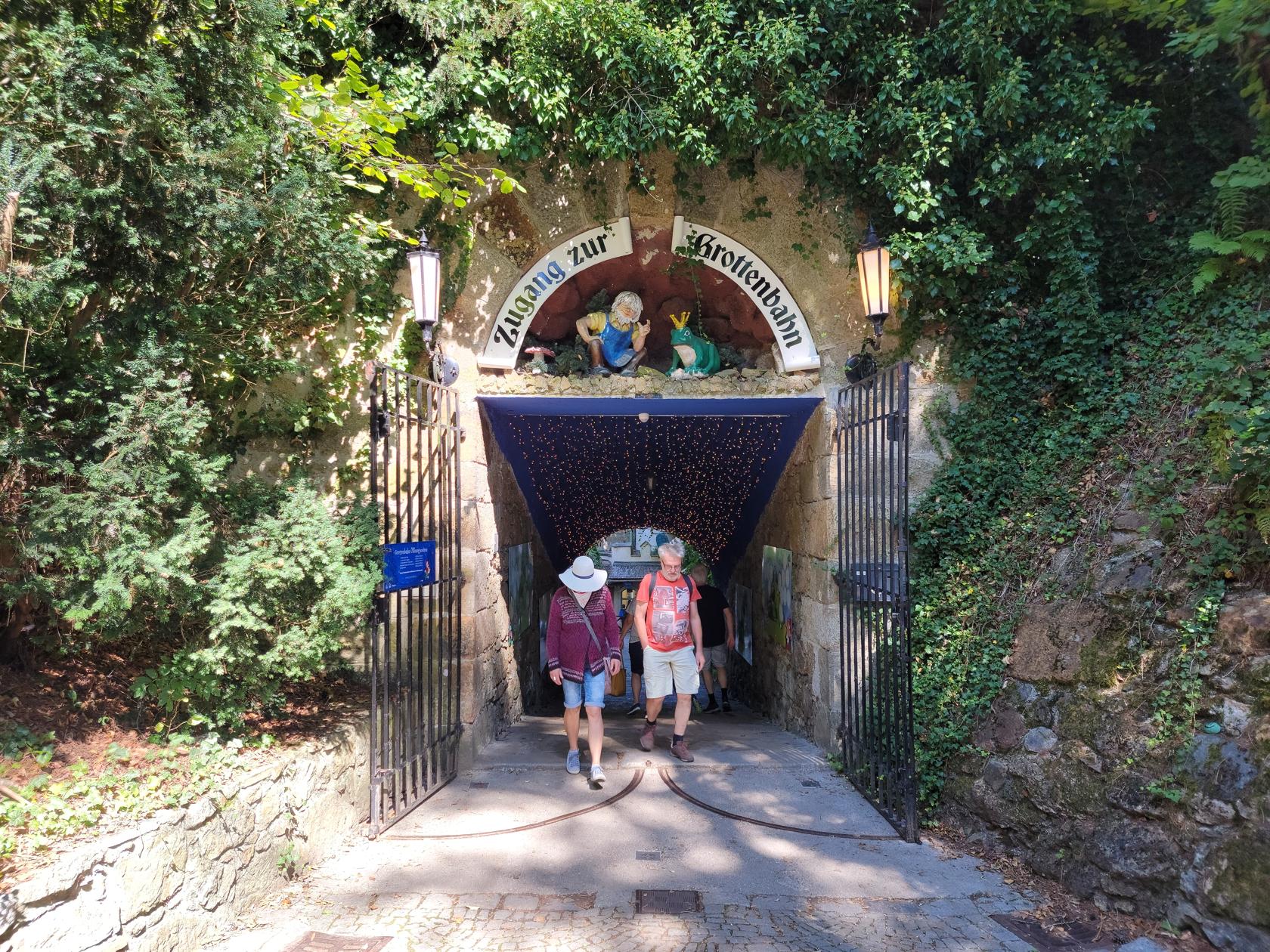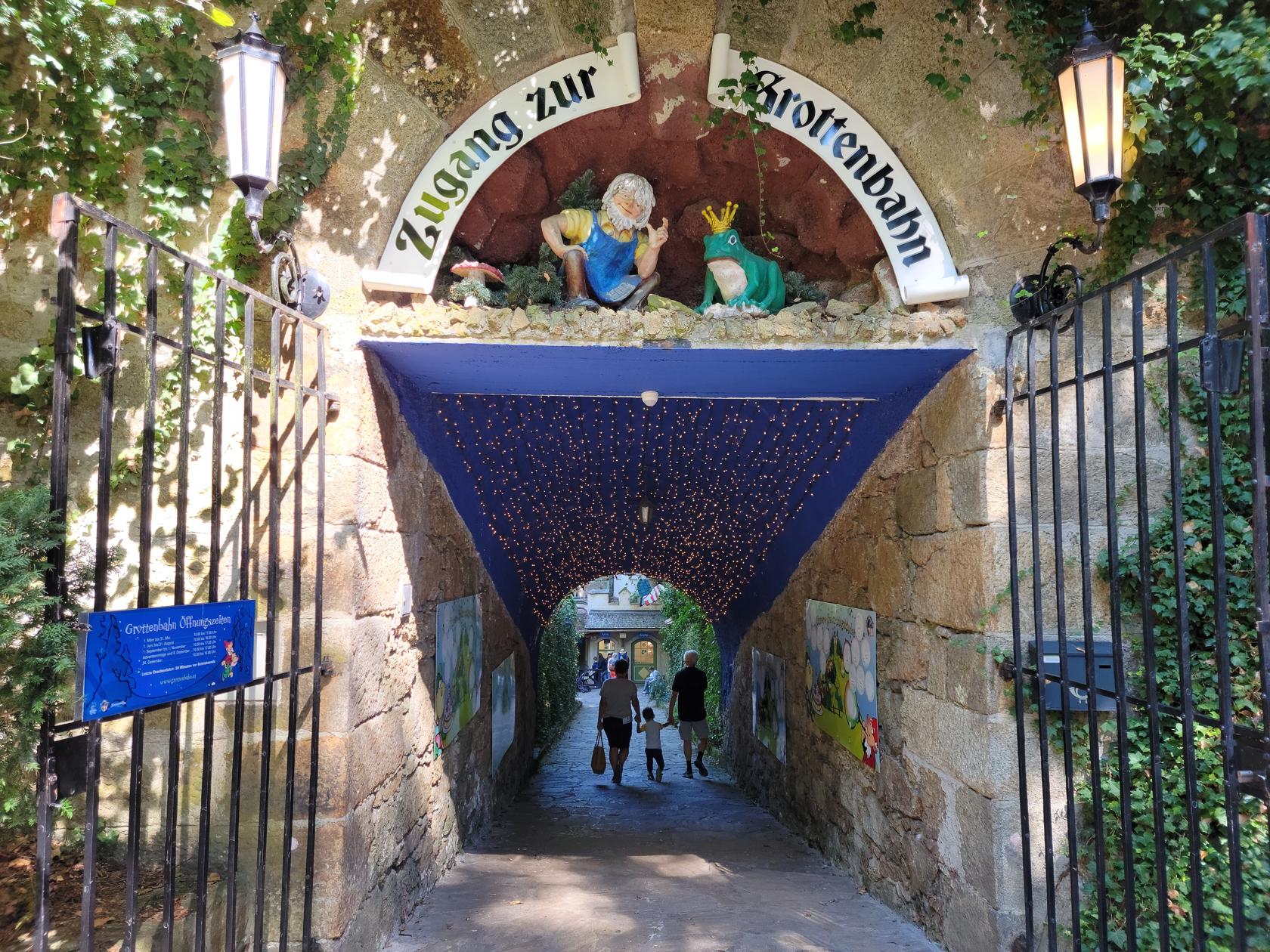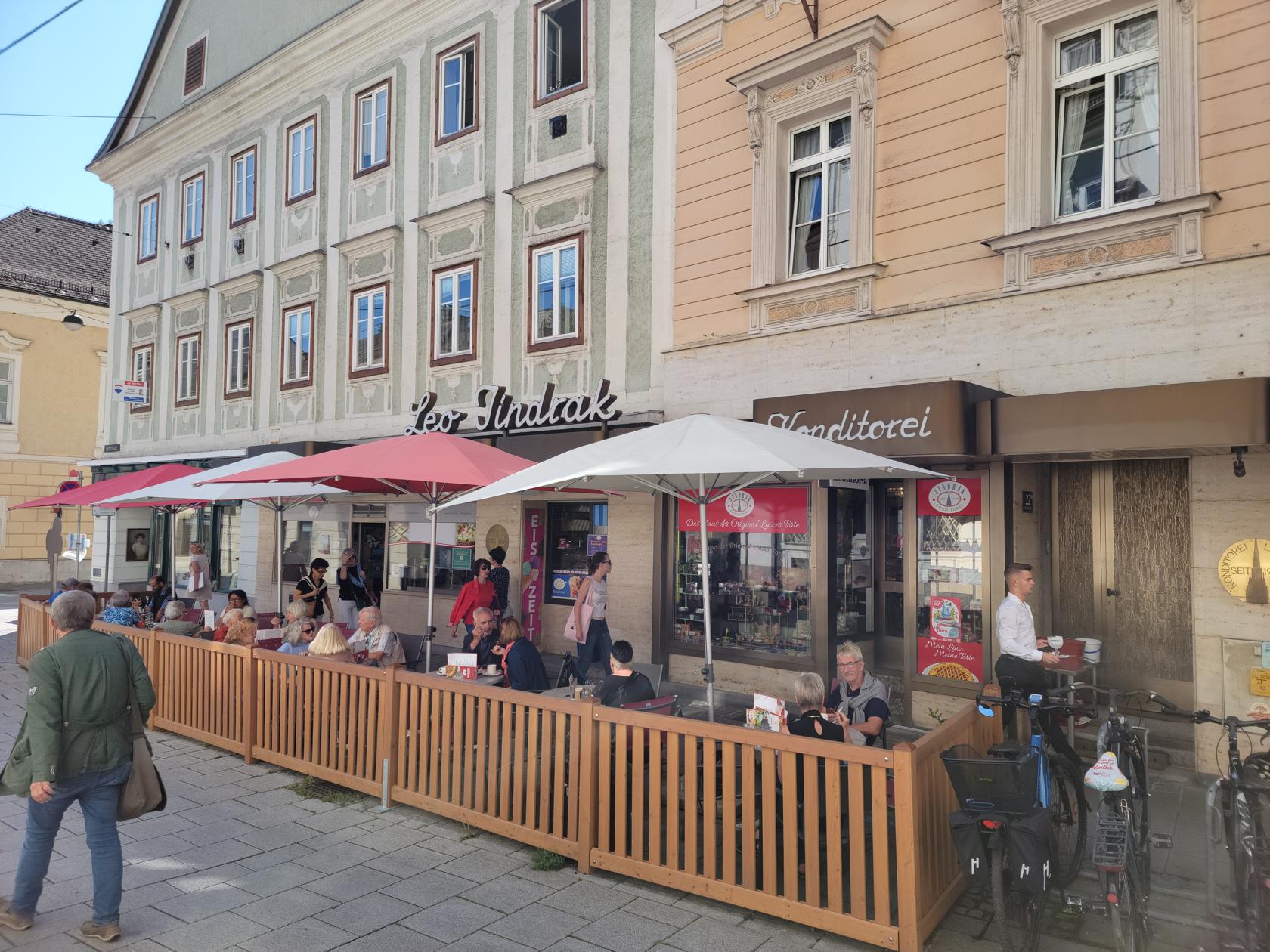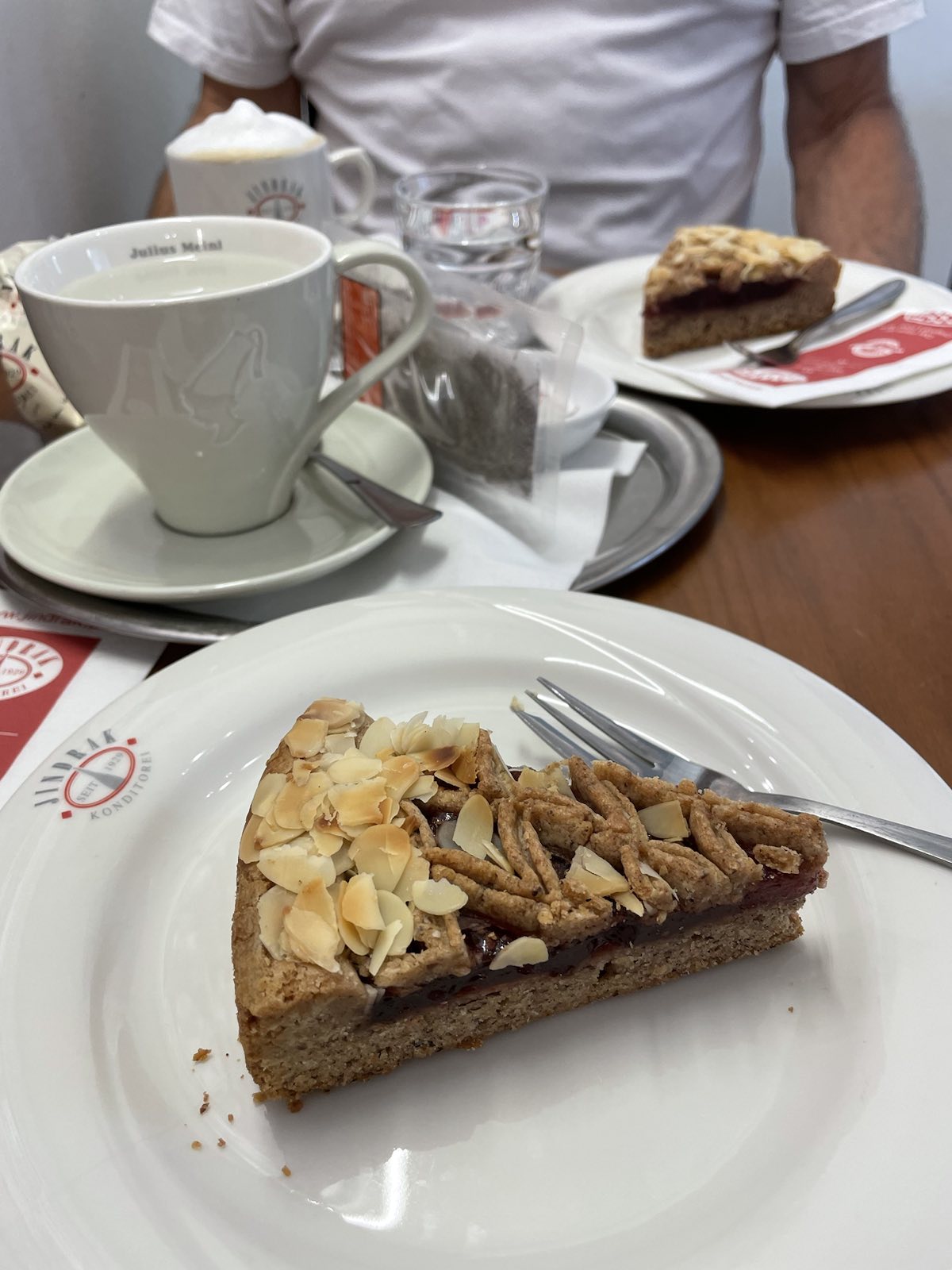Our trip from Bad Gastein to Linz took us through the Berchtesgaden Alps of Salzburg. As the train starts to navigate through the narrow pass of Salzachtal, the mountains rear up quickly to the point where you aren’t even able to take a photograph of them anymore from the train window.
Linz The City
Linz is a typical Austrian city and the capital of Upper Austria or OberÖsterreich. It is for the most part clean and has the typical European city layout, with an old medieval part surrounded by a newer main street and some other ancillary shopping avenues in a more planned pattern.
Linz has somewhat of a checkered past and has had a difficult time getting out from under that reputation; there are reminders in the city everywhere, with it’s Hitlerbauten. Aside from that, the places of interest are all in an area comparable to places like Munich or even Copenhagen. So, you should be able to reach everything within a good twenty to thirty minute walk.
One comes away with the immediate impression that few, if any of the structures are original. This is probably partially due to the war and the Linzers going contemporary, when they can. The bridges that jump the Danube are for the most part modern, as is much of the architecture in the city. At times you could mistake the city for a similar place in the United States, since many of the shops use English and have cosmopolitan origins.
The Innenstadt
Most restaurants, cafes and shops seem to be along the Hauptstraße in the Innenstadt. Here is where you will find the main tram line, which goes the entire length of this street all the way across the bridge to Urfahr on the other side.
Churches
There are several churches worth visiting while in Linz, with special attention to Ursuline and Marien Dom if you are pressed for time. The following two were photographed, but not open at the time. Ignatius Church is also known as the Alter Dom and was the primary church prior to the Linzer Dom being built.
Ursuline Church
The Ursuline Church is on Landstraße and is somewhat difficult to photograph from the street.
However, it has a magnificent inside which many will find interesting.
Martin Luther Church
In true protestant style, both the outside and inside of the church are rather basic. But from a historical perspective, still interesting to visit.
Marien Dom
This is Linz’s Cathedral and the largest church in Linz and in Austria. The Marien-Dom is also known as Mariä-Empfängnis-Dom, the New Cathedral or the Linzer Dom. It borders the Altstadt and can be found along the Herrenstraße and Baumbachstraße
It is a true cathedral and adheres true to the dimensions of the cross in its architecture (seen from the air).
The Altstadt
The old part of the city is rather small and unremarkable. It is near the Castle and park and runs up to the Upper Austrian government buildings. A short walk down the Hofgasse will bring you to the Schloßberg where the old castle and its grounds are maintained.
Schloßberg Castle
The Schloßberg Castle is not open on Mondays, so before going there you may want to check the entries times and dates. The other direction you can take to reach the castle is via Tiefergraben and walking through the back part of the park first. Walking this way first you will come across Martins Church and a statue of Kepler.
The castle is another example of the Linzers throwing old and new architecture together. We are not at all to happy with this trend (including the Louvre in Paris), however, we do not live in the city either and its people obviously feel a need to move forward and live in a more contemporary setting.
The grounds have a small park which has a few monuments in it and a very good overlook of the Danube river and Pöstlingberg.
Pöstlingbergbahn And Pöstlingberg
A good half day trip is taking the tram up to Pöstlingberg using the Pöstlingbergbahn or tram. It starts in the Hauptplatz and stops several times along the way to service local residents and students, since there are a few university stops along the way.
The view of Linz once you reach the top is truly worth the time and effort.
Wallfahrts Basilica
On the top of Pöstlingberg sits the Wallfahrts Basilica of the Sieben Schmerzen Mariae, or the Seven Pains of Mary. It has a commanding view of Linz and the surrounding areas.
The basilica inside is quite impressive and is also known as the Pöstlingberg Pilgrimage Church.
It also has a very nice park adjacent to it where you can leisurely stroll while the cool air up there offers a breeze on warm days.
Grottenbahn
There is also the Grottenbahn for those that have children or are young at heart. Apparently, it is a miniature railway inside that takes young people fantasy ride where there are gnomes and other fairytale characters, most likely with an emphasis on European tales.
Though we did not take the adventure, we found the cost for one adult to be around 6€/person.
Restaurants
Since we were both feeling a bit under the weather, due to an unusual virus we had both caught; we decided to eat in at the hotel most evenings. Below are the exceptions to that rule and are special places to eat while in Linz.
Jindrak Konditorei
Located throughout Linz are copies of this original konditorei located on Herrenstraße in the altstadt. They are known for the amazing Linzer Torte and other baked delicacies. For any serious dessert lover and a must Kaffee und Kucken stop in mid afternoon when in Linz.
